-
Posts
2,157 -
Joined
-
Days Won
490
Posts posted by Kevin von Duuglas-Ittu
-
-
One of my favorite fights, with one of my favorite fighters (Namphon). I don't know why Namphon touches me so much. Such a beautiful fighter, with so much dignity, but who history (both western and Thai) seems to have not fully appreciated. Perhaps I was touched by the look in Namkabuan's eyes when talking about how amazing his brother was, only a few short months before Namphon died. In any case, just a beautiful fight, two months after Dekkers was was kindly gifted with a win over him on foreign soil. Watch that first fight again, a blowout for Namphon (at least in Thai scoring), but given to Dekkers. In this fight the re-match Namphon out-boxes and low-kicks the Dutch fighter (a style known for both), and leaves the clinch out of it until the final round. He already knew he could destroy Dekkers in the clinch, as he did in the first fight for endless stretches; instead he just out techniques him in space, until the 5th when the fight is out of hand. Then he shows what he could have done, if we wished. I love that he left his biggest weapon off the table. And I love the look on Namphon's face in the first round, after Dekkers throws his opening bad-blood strikes, the quiet progression of Namphon's resolve, the slow boil of his dissection and pressure. And I love that weird little tight bounce he develops in the 3rd when he's saying, OK it's time to go.
Not sure what weight this was fought at, but Dekkers very likely had a significant weight advantage (which I've heard was common for his fights in Thailand). The first fight versus Namphon in Holland was at 140 lb. Namphon was a 126 lb Lumpinee Champion. That is a lot of weight to give up to a power puncher.
-
 1
1
-
-
Huge Weight Differences not Uncommon
I should say, or at least add, that it seems that these kinds of weight differences were not unheard of, and in fact may have been common. As Dieselnoi once said of the "yodmuay" of today, comparing them to those of the Golden Age, in the past a yodmuay would fight everybody. It's not just that the structure of greatness has changed in contemporary times, with a drastically smaller talent pool, or a mega gym like PKSaenchai hoarding all the talent, so that there are far, far fewer great vs great matchups (that, yes), but also that yodmuay of the past would not only fight all or most the elite fighters of their own weight class multiple times, they would also fight well out of their weight class vs champions well above them. Sometimes way above them. You fought everyone, and therefore, you lost. The year after the Samart vs Panomthuanlek size mis-match, you had Panomthuanlek's yodmuay brother, Chamuakpet fight Sangtiennoi. From available records, this was the 122 lb Rajadamnern Champion vs the 130 lb Rajadamnern Champion (leaping over an entire weight class, 126 lbs). Holy hell. with Chamuakpet winning (beating him for the 2nd time).
People ask, What made Golden Age Yodmuay so great? Part of it was that they were not only fighting in the greatest talent pool in Muay Thai history, even the 3rd or 4th best fighter in a weight class was a historic killer, when you peaked at a weight you went up and fought the very best above you, and even further above you again. You fought up until you hit a ceiling.
-
1
-
-
On 1/27/2020 at 10:38 PM, Snack Payback said:
Interesting, I didn't know the fight was at 126 lb. Boonlai won his first Lumpinee belt the following year, 1992, at 115 lb. So probably an even bigger step up in weight for him. He won his 122 lb Lumpinee belt in 1994.
Thinking about this, there is a similiar fight to Somrak's mastery over Boonlai, aided by weight differences, and that is the famous 1988 Samart "Teep Fight" vs 1986 Fighter of the Year Panomthuanlek Hapalang. What is consistently missed in this magical dominance of another yodmuay is that surely there must have been a massive weight advantage for Samart. Just looking at it now, you can really see it. To give an idea, in Pathomthuanlek's Fighter of the Year year he won the 115 and 118 lb Lumpinee Titles. In 1987 he became the 122 lb champion. In 1987 Samart said he lost his WBC belt because of a terrible weight cut trying to get down to 122. These men just are not the same size. Pathomthuanlek was likely fighting UP to get to 122, Samart couldn't even easily get to 122 at that point (he was the 126 lb Lumpinee champion in 1981).
I don't know what weight this fight was at, but it's very interesting that probably the most dominant factor in the entire fight is practically invisible if you aren't looking for it. It just looks like a magical performance of teep juggling by a master, and then a beautiful finish. We aren't even thinking that there is maybe a two weight class difference between the two fighters. Also interesting is that Samart plays it much like Somrak did, when facing an elite talent who is well below them in weight, he turns off his weapons. In this case he's just teep juggling, in Somrak's case he refused to punch. But Samart is more of a killer than Somrak, and goes for the KO when it presents itself. But, it goes to show as well, if you give an elite Muay Femeu fighter big weight they suddenly look untouchable, magnifying their greatness. Flip it around and make Samart the much small fighter, and it looks very different. Thinking about weight and its hidden visual impact is a preoccupation of mine lately, mostly because if you are are going to be visually impactful as the smaller fighter, you need specific tactics or strategies. There are optics to overcome, as well as physical disparities and geometries.
-
1
-
-
This is just a crazy example of persistence hunting. Chamuakpet hunting down Oley, one of the most underrated fighters of his era. Very difficult to make Oley look bad, and in fact Oley looks imperturbable. Chamuakpet circling, circling, pressuring, almost losing ringcraft. Knees and hands, knees and hands, lots of hands, everything is about staying in the distance, creating that pressure, that bubble, until it pops. A really incredible fight.
-
 1
1
-
-
4 minutes ago, Sylvie von Duuglas-Ittu said:
I'd have put Wichannoi, Karuhat, and Burklerk on there.
Oh, that is cool. I'd want to put Suk, Karuhat, and from what Dieselnoi tells us, Chamuakpet on there (without having to decide who to take off!)
-
Boonlai vs Somrak (1991). This is just an incredible fight, and I wonder what the story is behind it. Somrak who would gain world fame for winning Olympic Gold in Boxing for Thailand in 1996, is fighting the great Boonlai, known for his kicking, and very nice hands, seemingly does so refusing to punch. Somrak is about a year away from representing Thailand in the 1992 Olympic games in boxing at this point, but in the footage we have of this fight he almost completely takes his hands away. Before the 5th round I count only a soft 1-2 setting up a kick, a defensive 2 crosses when his kick is caught, and another pair of punches. One definitely get the strong sense he simply is taking his hands off-line. Then, with a huge lead in the 5th he just jabs repeatedly in retreat, as if saying: I could have just beat you with my jab if I had wanted to. Instead we get a gorgeous display of checks, teeps, counterkicks and open-side knees. Maybe something personal? Maybe a statement fight to the community, but Boonlai was no joke of an opponent. You see a fighter like Saenchai toying with very underskilled westerners, and people are wowed, this is Boonlai. It should be said that the fight was at 126, which was maybe a weight class up for Boonlai (he was 122 lb Lumpinee champion), which maybe adds a little more to Somrak's confidence in space, but it still is an amazing fight to watch. Somrak skating around the ring with an elite opponent.
You also get a primary lesson in how backwards, non-aggressive fighting in Thailand's Muay Thai can lead to performances of supreme dominance.
In thinking about fights, we have to think about opponents. If you're not familiar with Boonlai, a nice edit of Boonlai toying with opponents:
-
 1
1
-
-
Its cool to argue - or even better, discuss - these kinds of lists, because it causes us to put things into larger context. But we have to really keep in mind that we are just more or less just making things up as westerners. Even Samart, who is widely embraced by westerners as the GOAT has very few fights on video to watch.. There are fights with yodmuay never even seen, and then rematches with the same, also unseen. These are histories that are more or less profoundly lost, even for the most embraced of fighters, let alone those that have nothing preserved on YouTube or by oral memory. Even the sudden rediscovery of the tape of Samart vs Dieselnoi in 1982 recasts the discussion in a very different light, and that is just one fight of 100s if not 1000s, otherwise unseen.
That being said, a pretty cool list in that it captures great fighters across generations (though it might have been awesome to see Suk "The Giant Ghost" in there, though none of us have seen him fight). The dude terrified opponents for 4 decades by most reports. And Dieselnoi's vote for the GOAT Wichannoi does not make the list, though Apidej at #3 maybe is the strong nod to the era. Other quibbles would be that Somrak is ahead of his JockGym mate Saenchai, likely for his success in Olympic Boxing, which seems pretty strange. Somrak, what a fighter, but it's really unclear how great in that his opportunities were curtailed. I will say that it is really cool to see Wangchannoi so high up. He feels like a fighter who is a fighter's fighter.
-
 1
1
-
 1
1
-
-
The list from the article, in case you don't recognize someone.
1. Samart
2. Dieselnoi
3. Apidej
4. Somrak
5. Saenchai
6. Wangchannoi
7. Kaensak
8. Namkabuan
9. Pudpadnoi
10. Namsaknoi
-
 1
1
-
 1
1
-
-
https://pepperrr.net/th/articles/3049
It's great to see a top 10 list in Thai and not English. There is the slight issue that #2 beat #1 pretty definitively, now that we have the video it makes the victory less abstract. You can see the just impact of Dieselnoi's unrelenting force and technique on the fighter everyone holds as the King of smooth.
-
 1
1
-
-
16 hours ago, LengLeng said:
Makes 1000 percent sense to me and I'll try it immediately.
Cool! Let us know how it goes.
-
 2
2
-
-
All lead side. Endless jabs, front leg teeps, lead leg kicks into the open side. Max protects, and beautiful slip outs. Karuhat vs Paruhatlek
-
 3
3
-
-
Just a thread of fights I love, as I run into them. I watched this first one last night and it just stayed in my memory, almost as a haunting. Hippy fought everyone, and he fought up a ton. As good a fighter as there ever was, but just too small to make the huge impact others have. In this fight you can see it all play out. He's just too small. He doesn't have the power to really effect his larger, super boss opponent Jaroensap. I love his valiant fight here. watch the fight here
-
 3
3
-
-
20 hours ago, LengLeng said:
To catch kick at top of shin would that mean to not raise leg as high as one would regularly do? Or do I sort of angle the leg/knee?
I was considering the low kick destroyer (I'm not really good at it yet or tbh not at all) but wouldn't I hurt my partner?
You say it right, you "catch" the kick, which means you pick a spot on the shin you want to catch it with, and you meet it up, like you are using a glove and catching a ball. As to how high you bring it up depends on how high the kick is. I'm not super experienced with this myself, but I did start doing it in padwork when I had a banged up shin, and the train was fond of whacking me back with a kick. I just started catching the kick just below the kneecap, or even with the point of the knee, gently. For me, I'd fold the leg a bit to give the knee support. It is very hard when bent. There are some really good things about it. The first is that you are practicing accuracy. People don't think of blocks needing accuracy, but they do. It's usually just "Get your block up!", but all the greats were super accurate with their checks. They aren't using the whole shin. Trying to catch it in a specific part of the shin is super productive, and will give you confidence in your checks over time.
As to hurting your partner, well, they are hurting you. Not intentionally, but yeah, it's hurting you. The whole point of sparring without shin guards, or the whole benefit, is that it teaches you control and feeling. If you are catching kicks up on the thick high part of your shin, or catching with the point (a little), they just have to pull their kicks, gain control. It's sparring, not whacking. You don't have to spear them with the knee, just catch it.
I'm not even saying you could/should do this. But there are some good ideas why it might make sense in your situation. And it could be fun. In terms of Muay Thai you don't want to be catching kicks all day, in the long term.
-
 3
3
-
-
4 hours ago, LengLeng said:
I like it as it makes my kicks faster and more elegant and I think more before I move, but I also noticed I automatically stopped blocking and instead catching kicks which might not be great.
You can use it as an occasion to maybe become more accurate with the block, and try and catch the kicks up at the top of the shin where the bone is thicker, below the knee, or even bending the leg and catching it with the knee point. This is basically the Low Kick Destroyer (catching low kicks on the knee point). It might be worth experimenting with, just to avoid catching all kicks.
-
 1
1
-
-
A worthy article on the shoulder strike and it's use in MMA/wrestling:
Conor McGregor’s shoulder strike: A potential new trend, or an old classic briefly revamped?
-
-
This is an awesome little book we found today, a guide put out the the Sports Authority of Thailand, which had Sylvie's gym Petchrungruang in it. There are not a lot of places where this kind of information can be found so we came home and just photographed the pages. You should be able to download any single page and zoom in to get the details you might be interested in. Not the best format for browsing, but it is a resource! You can find Sylvie's recommended gym list here.
As a guide you might scroll through and find a gym that you hadn't thought of, or hadn't heard of before. Every gym has 4 pages devoted to it.
continued below
-
51 minutes ago, Rich said:
Are you asking if the shoulder strike has made clear what is not apparent in that particular tie up itself...
A good example of this is that Cerrone has his "head in" pretty decently, in the sense that he's protecting from the elbow from the controlling arm, which in Thailand's Muay Thai would be the main concern (other than being manipulated and turned). This is a "not bad" head position, something that would not get punished. But, in this case, especially because he's grinding forward, he's exposed to the shoulder. The top of head here needs to be really tucked it, on the shoulder/collar/jaw bone, tick-in, which is a very strong Thai clinch response. But, where it is, is the "good enough" position in many Thailand fights because there is no concern for the shoulder strike.
-
 1
1
-
-
49 minutes ago, Rich said:
Are you asking if the shoulder strike has made clear what is not apparent in that particular tie up itself, at the first sight? or, if this was an opportunistic take by McGregor to exploit Cerrone’s in the ring tendencies?
I'm, personally, not interested in its use in MMA, or this fight. I think because it came out of a common Thai clinch position it maybe exposes a few holes in the position, specifically in Thailand's Muay Thai (the ruleset and fighting style in the country, which is what I'm most familiar with). I'm not really openly asking anything though. I'm just thinking through the position, from a traditional Muay Thai perspective. There are always blindspots in fighting styles and customs, this seems like one of them, in a very narrow sense. Imagining this position with more optimal postures on the Cerrone side, it would be much harder to execute, but it is interesting to think through it's possible uses, even if more well-defended. This is complicated though by how it might be reffed or perceived within the traditional Thai ring.
-
 1
1
-
-
Cool to look at. Two useless arms. Conor has a basic Thai clinch position. Arm loop + inside frame. Cerrone exerts no control or pressure over either arm, especially on the shoulder strike side. This lazy over position on the frame drives me crazy. Happens all the time. What's beautiful about this is how Conor is giving ground, which really sets it all up. Backwards movement in clinch is key to so many dominant movements.
watch the slow motion of the strikes here:
https://web.facebook.com/watch/?v=2852823818097683
This is a pretty fascinating strike in that it's set up by a general grinding forward, and the lack of pressure or control, but also because it develops from a very common position in Muay Thai, so much so it would be pretty easy to get lazy about it. No Thai would just grind forward like that in the clinch, which is a pretty big factor here, but they very well might not dig their head in deep enough, like Cerrone, to control the shoulder and collar bone, or not snake in hard enough from the top arm position. Because Thais clinch train in very lengthy sessions habits and position assumptions do develop - and I find these unconscious shapes pretty interesting. Though shoulder strikes are perfectly legal in Thailand's Muay Thai, they really are almost never seen, likely due to evolving aesthetics, and maybe a sense of sportsmanship. In short, this is a kind of a "hole" in the form of Thai clinch, I suspect. Proper technique probably closes the hole pretty firmly, but proper,. or optimized technique is not always happening, or even trained. From this position Cerrone, in Muay Thai, would be most concerned with the elbow. The shoulder isn't even thought about. It's a blindspot. Blindspots happen in fighting styles and disciplines, shaped by rulesets, cultural aesthetics, and training practices. The shoulder is actually a hidden appendage and leverage point in lots of high-level Thai clinch technique, but it's not thought of as a direct weapon. I imagine that it would likely be seen as "base", perhaps in the way that Yodkhupon's amazing high volume elbow fighting style was looked down upon, despite winning at the highest level (simultaneous stadium belts in the Golden Age).
I personally find this strike really interesting because the McGregor position is a dominant one that Sylvie works herself toward and secures in lots of fights. She loops that right arm hard, and is always exploring developments from there. This is a Dieselnoi position. Most often it's considered better to control the neck with the left arm, and work towards knees and turns, but this frame up exposing the open side, pinning it open is definitely an active position.
So much of this strike is dependent on Cerrone grinding forward, allowing McGregor to bounce back and load. But it does seem that the shoulder strike is a perfect fit in the vocabulary from this position, even if under neutral pressure. There is a lot to be developed here. Even as a threat (as a miss), it can get the opponent to posture up too high, and set up knees or a deep turn.
-
 4
4
-
 1
1
-
-
14 hours ago, TeepKwaa said:
I'm sure I'm not the first to bump into this barrier to entry of sorts and I'd be interested to hear about your own experiences with the running culture of various gyms.
Are you wondering: Will I have to run? Or, looking for a gym which doesn't push you to run, or will accept running less? What are your major concerns?
- It's cool that you are getting your miles up in advance
-
 1
1
-
-
On 1/8/2020 at 12:59 AM, AndyMaBobs said:
Looks like we're into some similar stuff! The photographs look great
 it's clear you've got an eye for composition from the now years of camera work
it's clear you've got an eye for composition from the now years of camera work 
If you have related images, aesthetics, feel free to upload and post them!
-
 1
1
-
-
Our experience with Visas is that enforcements are constantly shifting, and really do vary from office to office by region. Something that is no problem for one area of Thailand, or at one consulate, can be a problem in another area. The best universal advice is to go to a Visa agency in your area. Visa agencies run vans to the border, and have the most up-to-date sensitivities on what is working, and what is not working. If you get a good agency, they have strong connections, work in volume, and may argue on your behalf when something isn't right. It costs a little extra money, but it can be worth while. That being said, this is just our experience. Agencies around Thailand might also vary.
-
 1
1
-
-
That's beautiful to read, just because I can feel you just throwing yourself into it. A few photos from Samson's time in the gym to add to the color:
The last of these is really beautiful. Samson is sitting with Arjan Gimyu, a legend of the Golden Age himself, but as a Trainer. They probably had not seen each other, close like this, since 1992, when Samson beat Arjan Gimyu's heavy-fisted fighter Lakhin, two times out of three, to win the Fighter of the Year Award. That no doubt was a painful result, but somehow it was beautiful to see these nemesises, now sitting together on a bench, in the gym together.
In fact, they even collaborated in training together, when Arjan was holding, for Sylvie, culminating with Arjan even holding for Samson:
-
 2
2
-
1
-
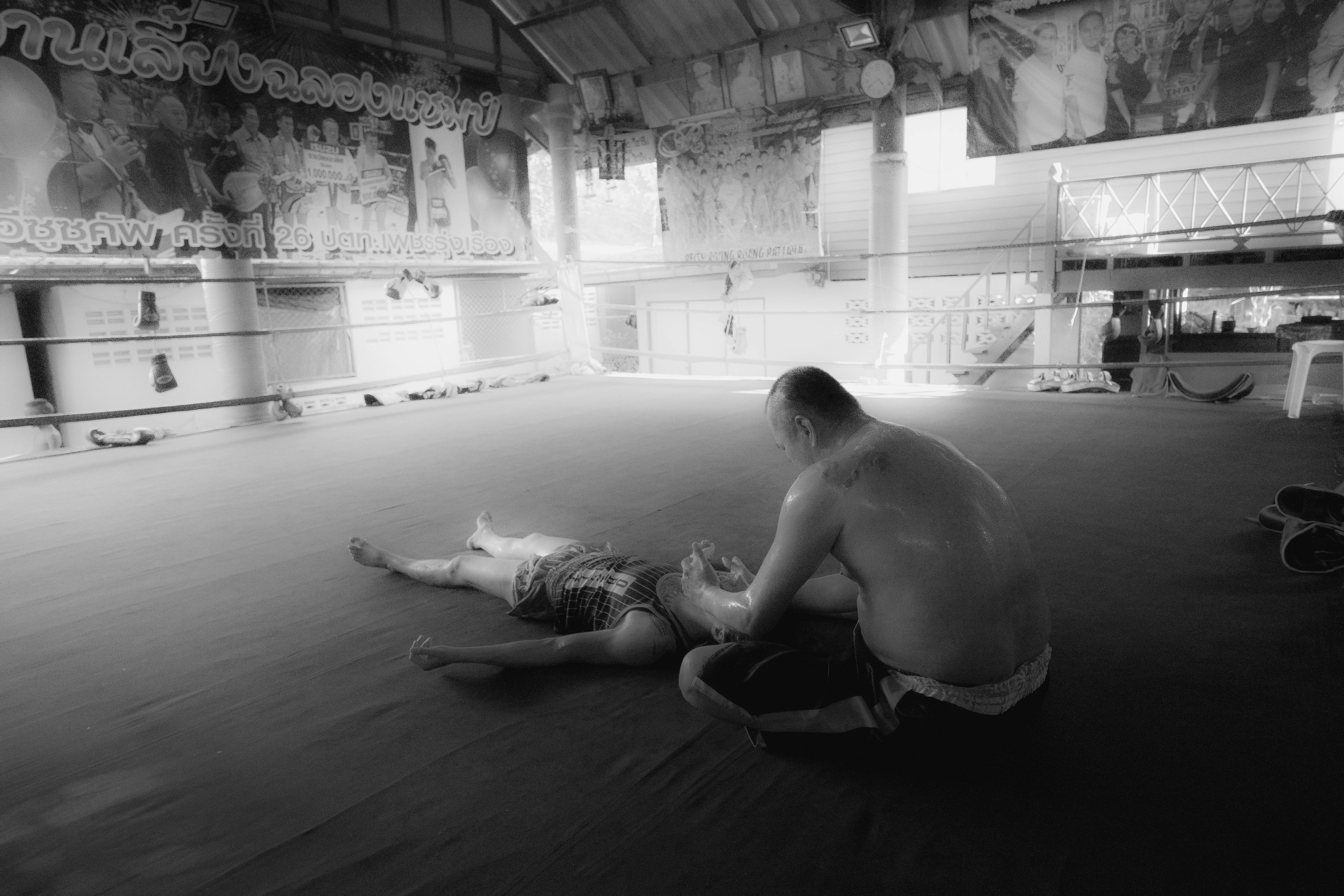
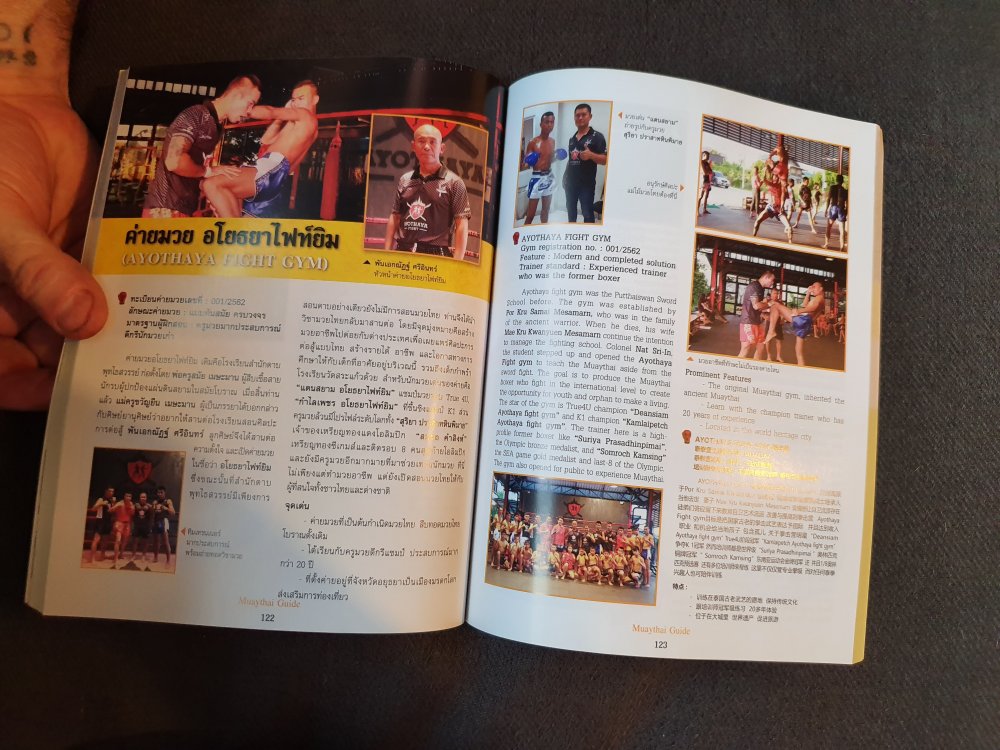
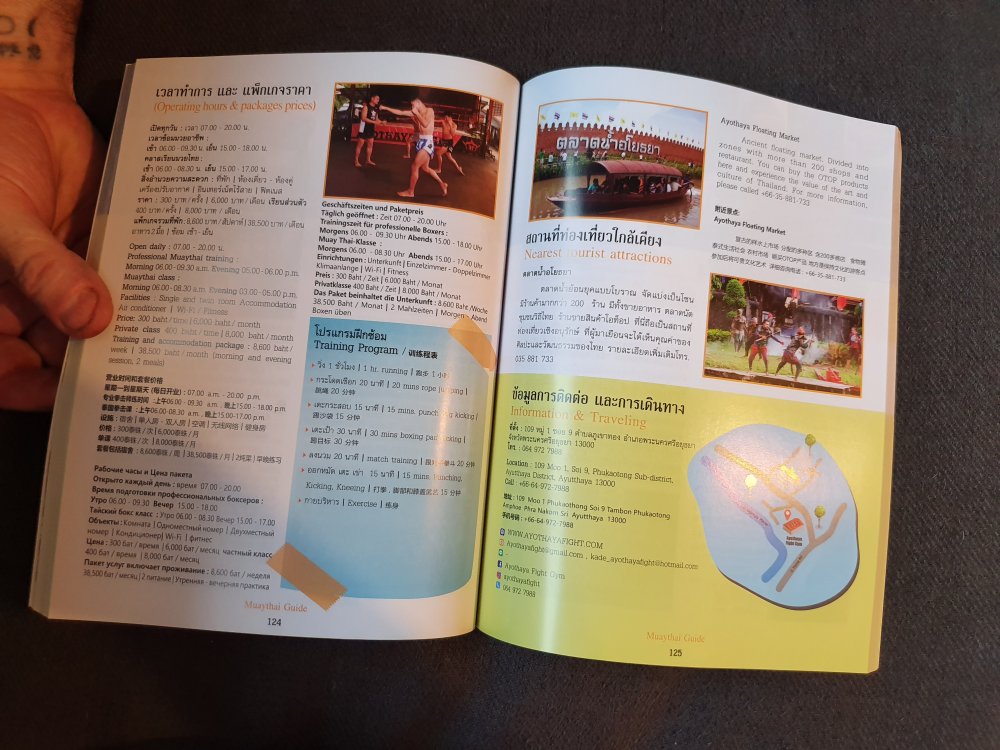
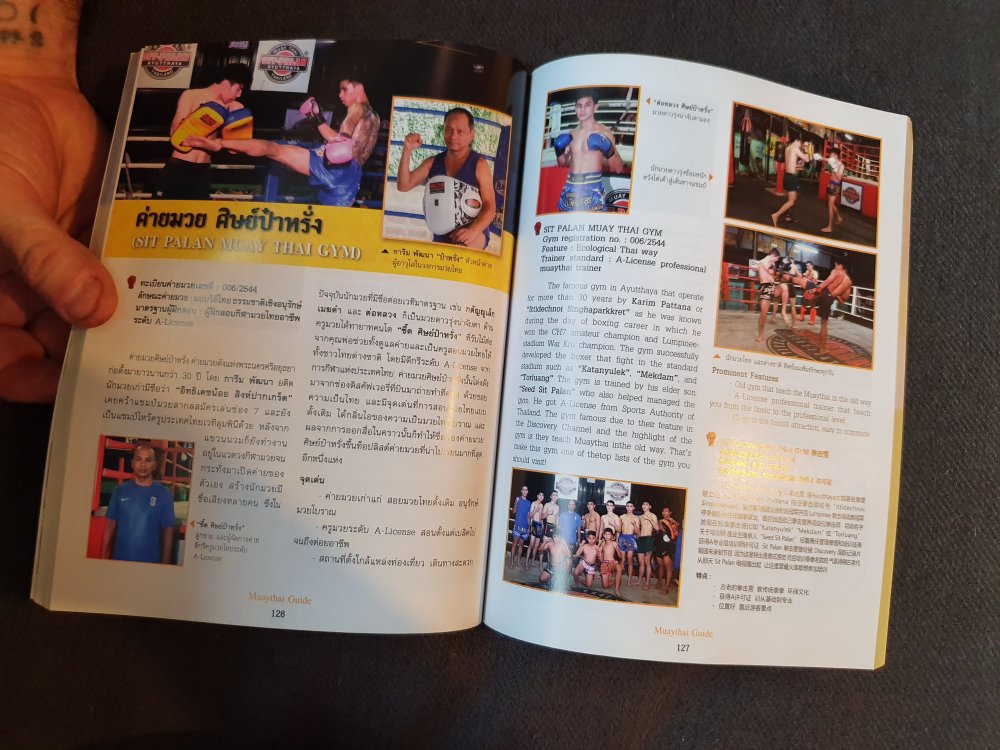
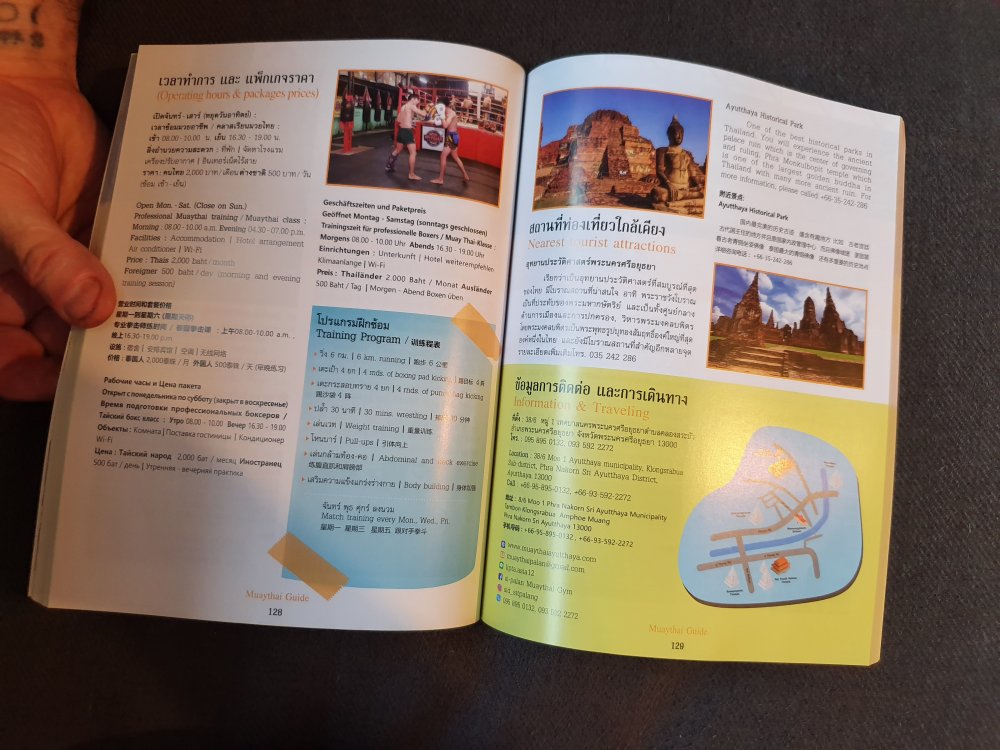
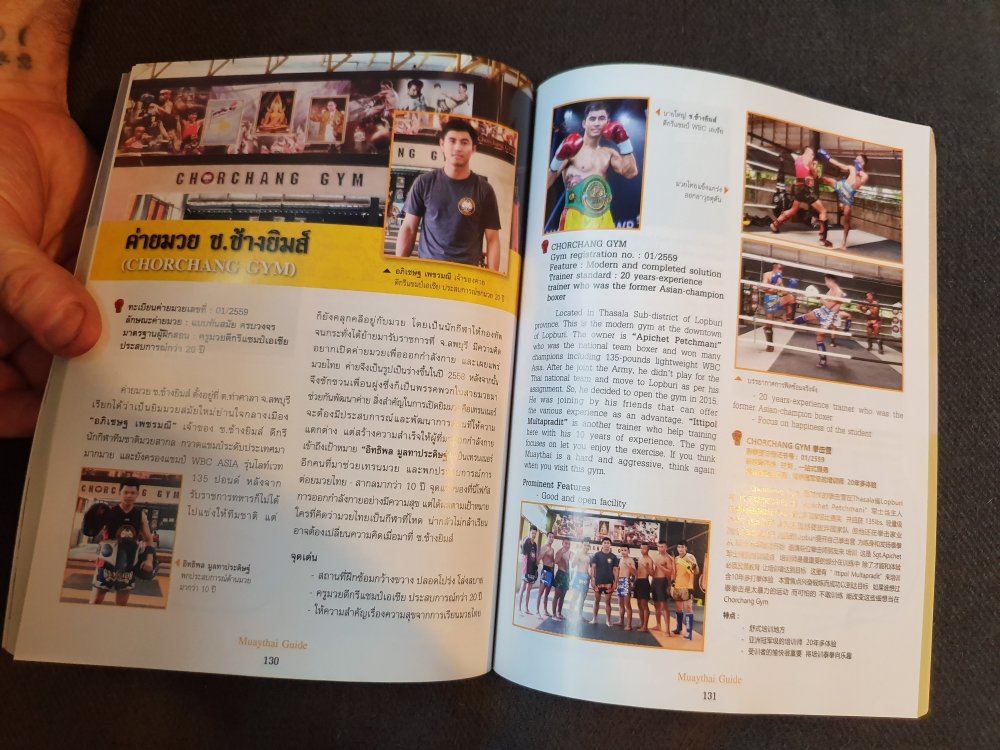
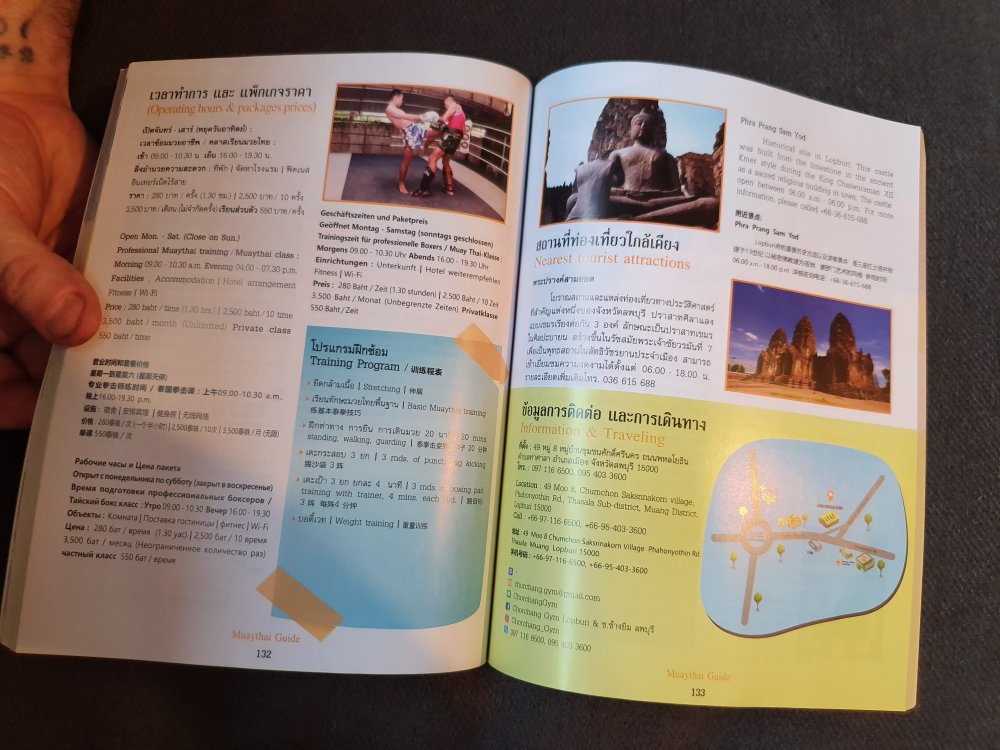
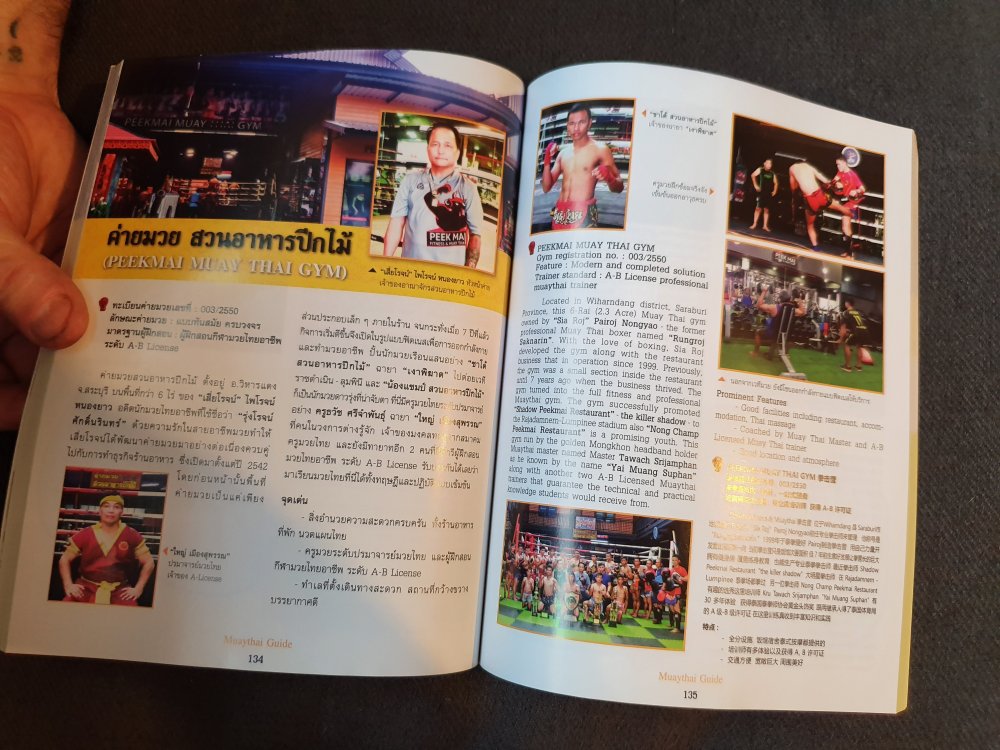

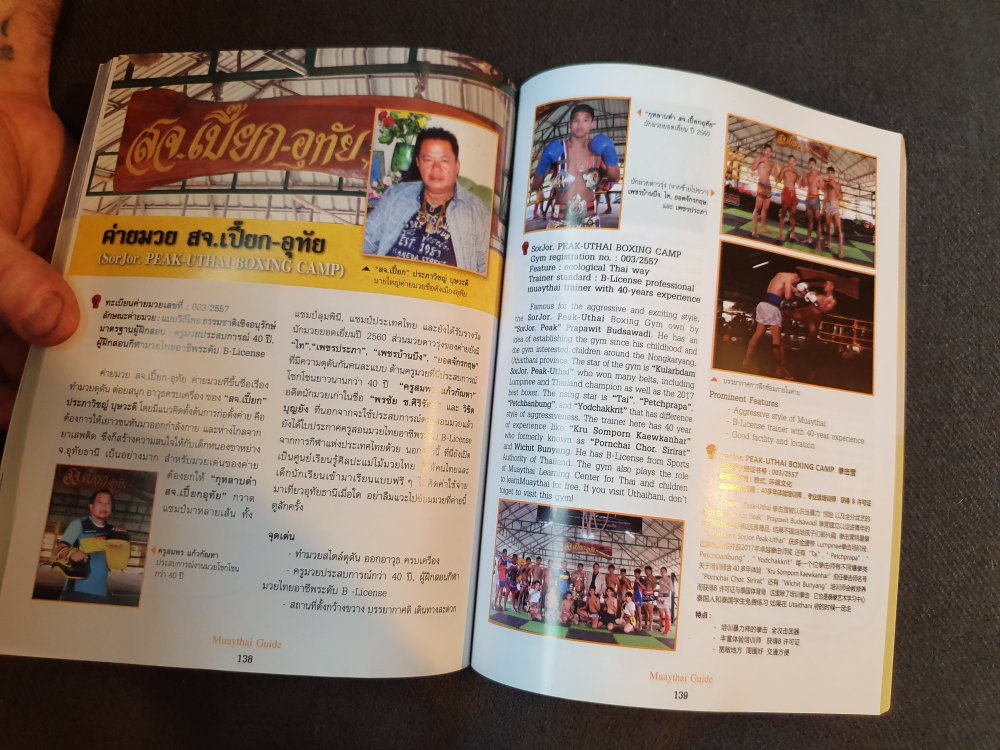
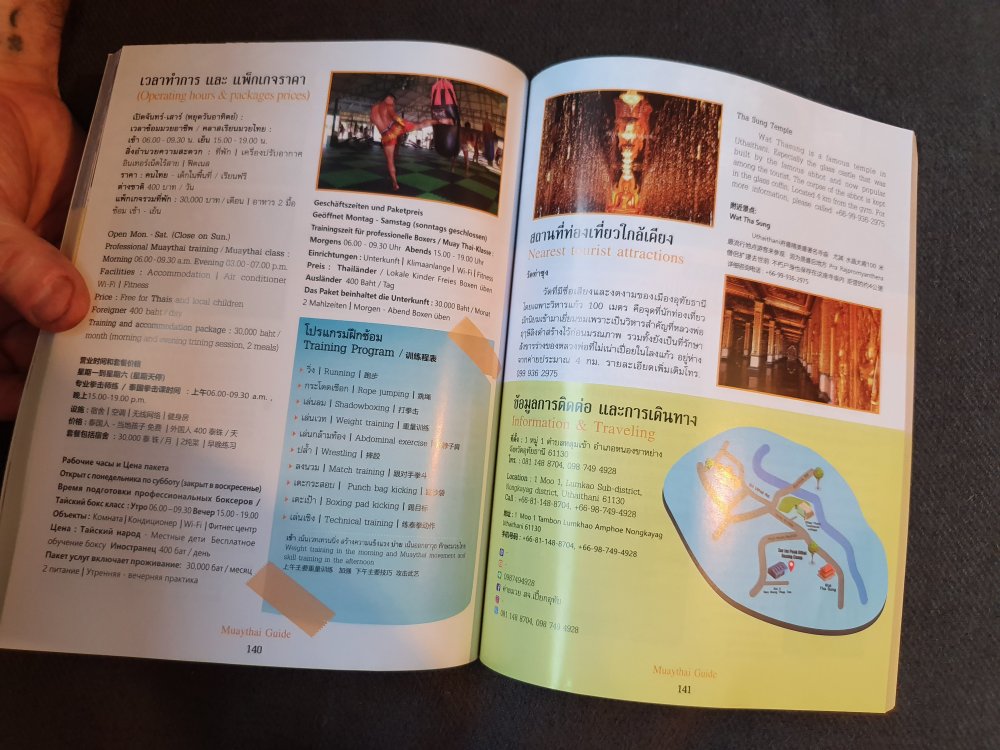
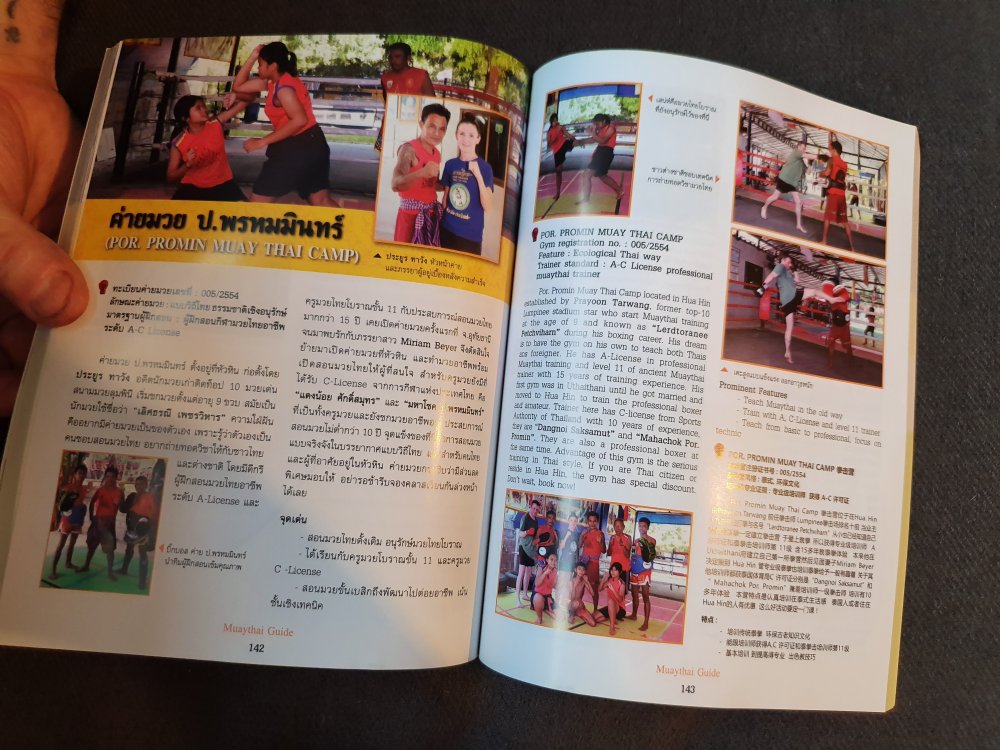
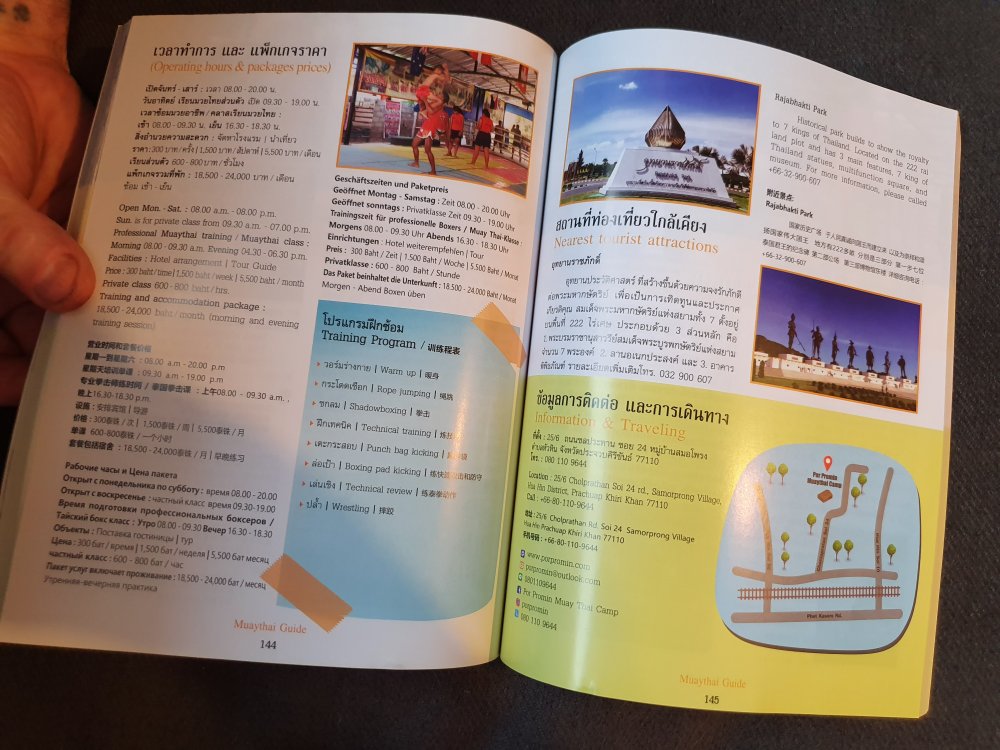
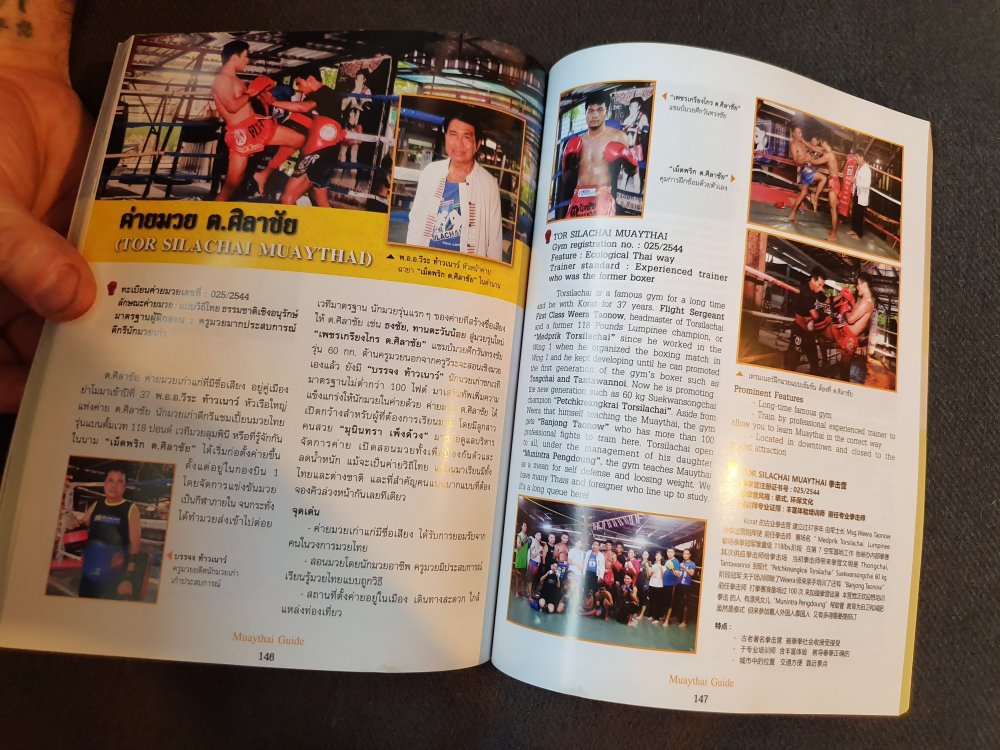
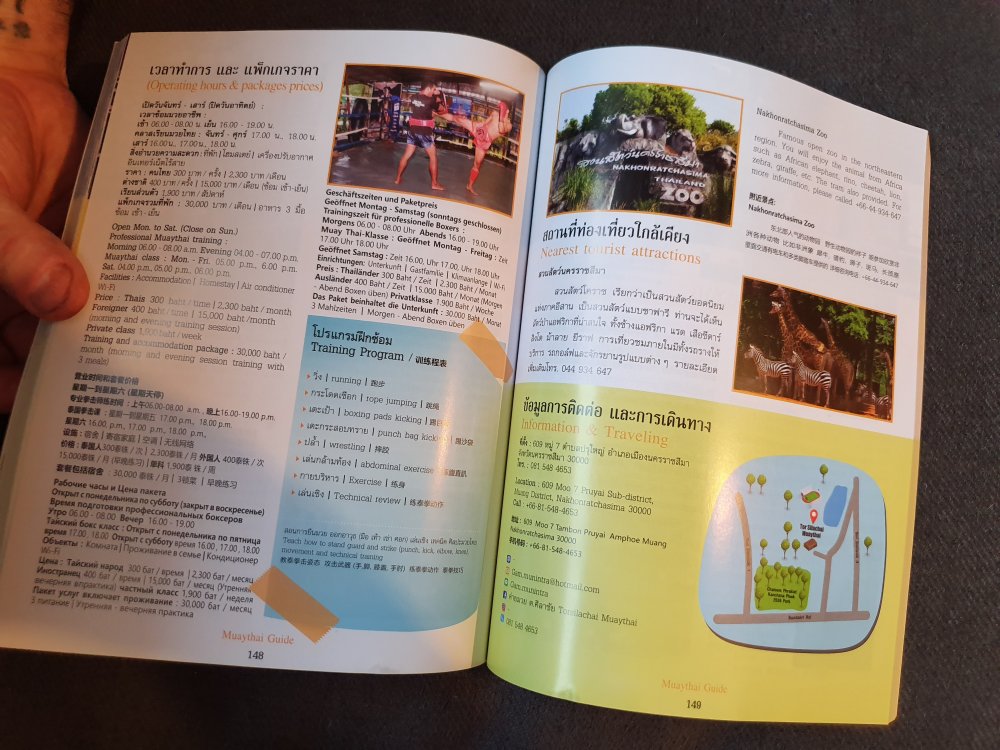
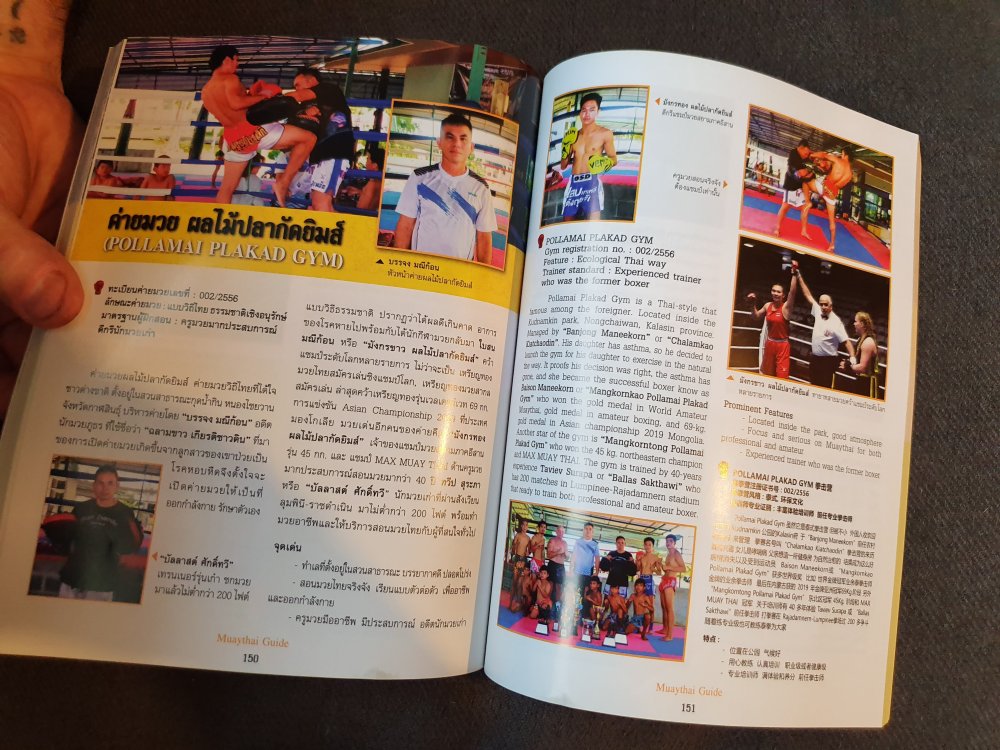
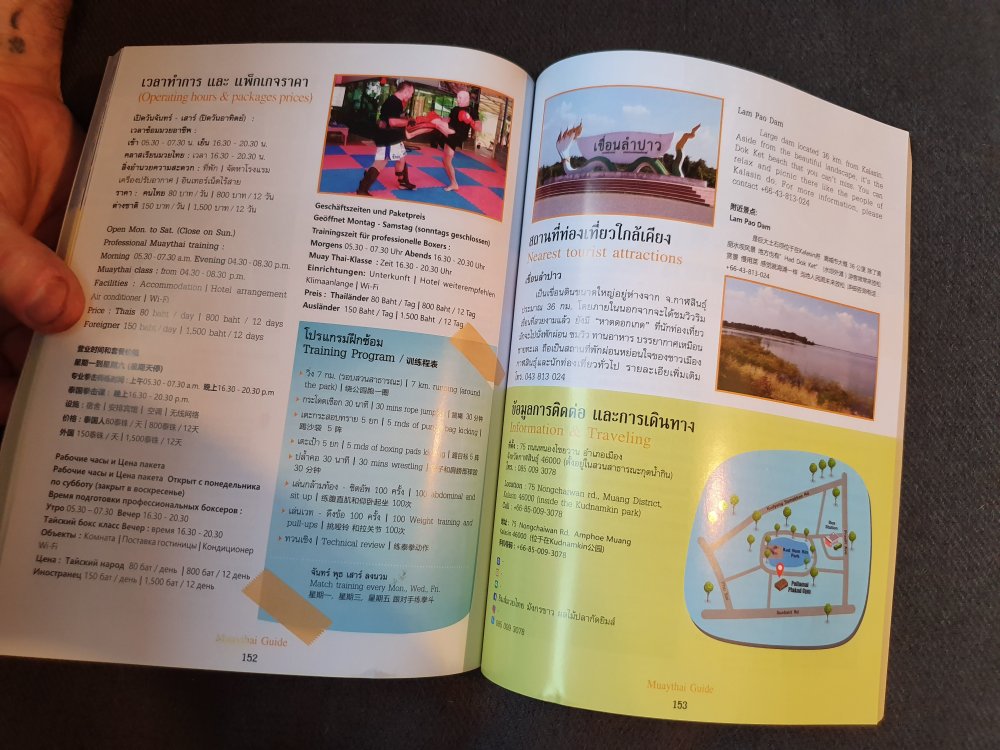
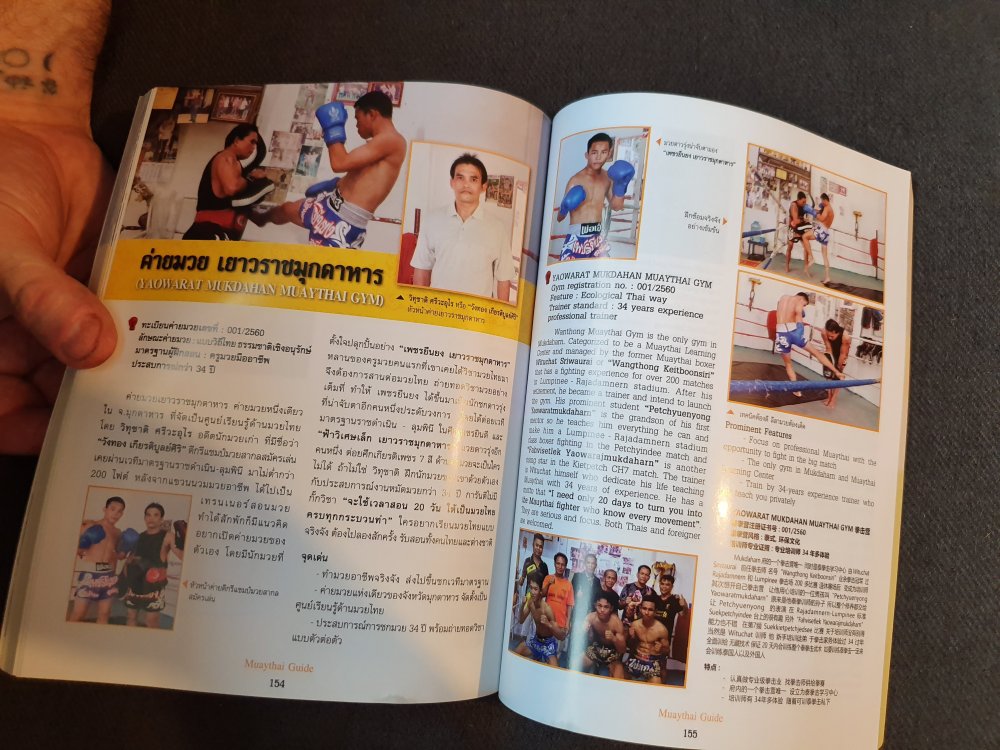
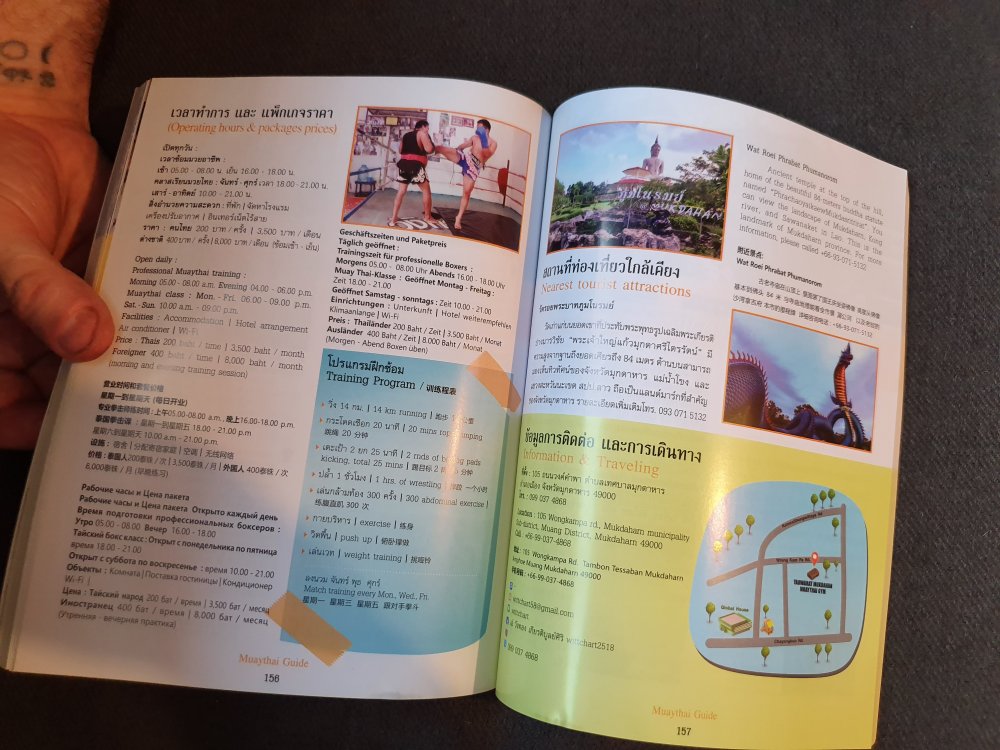
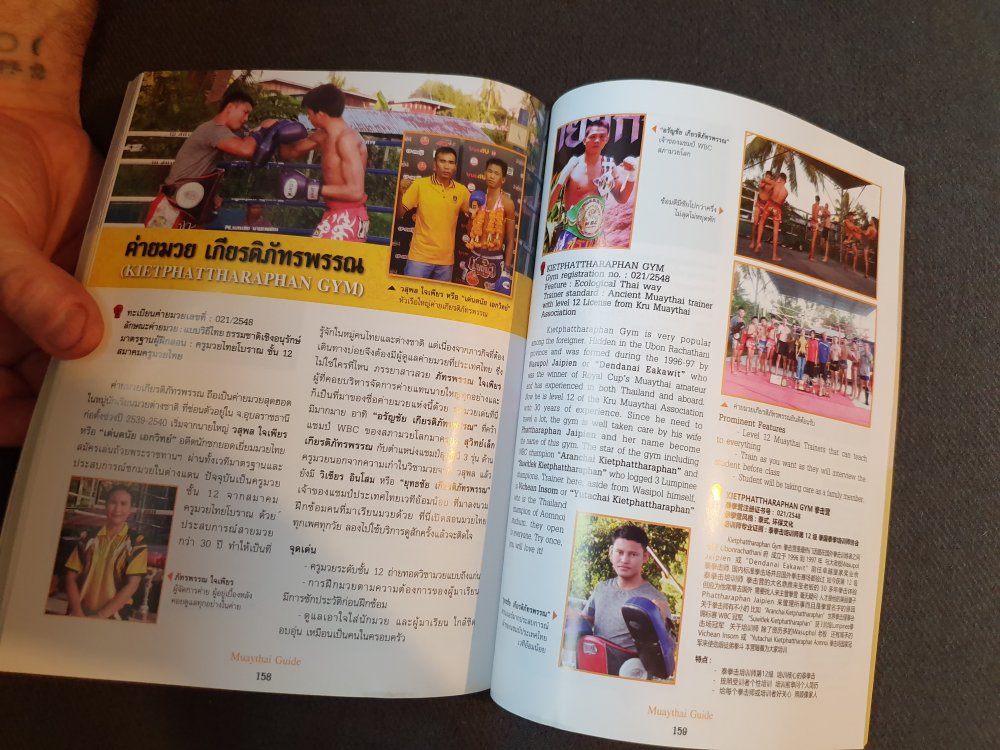
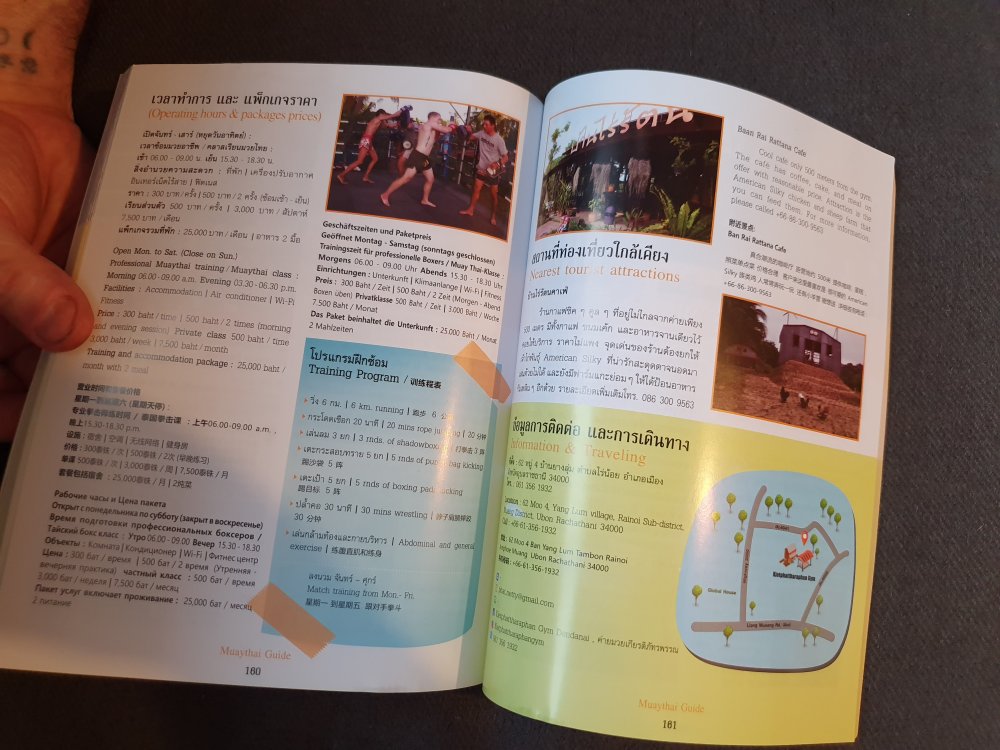
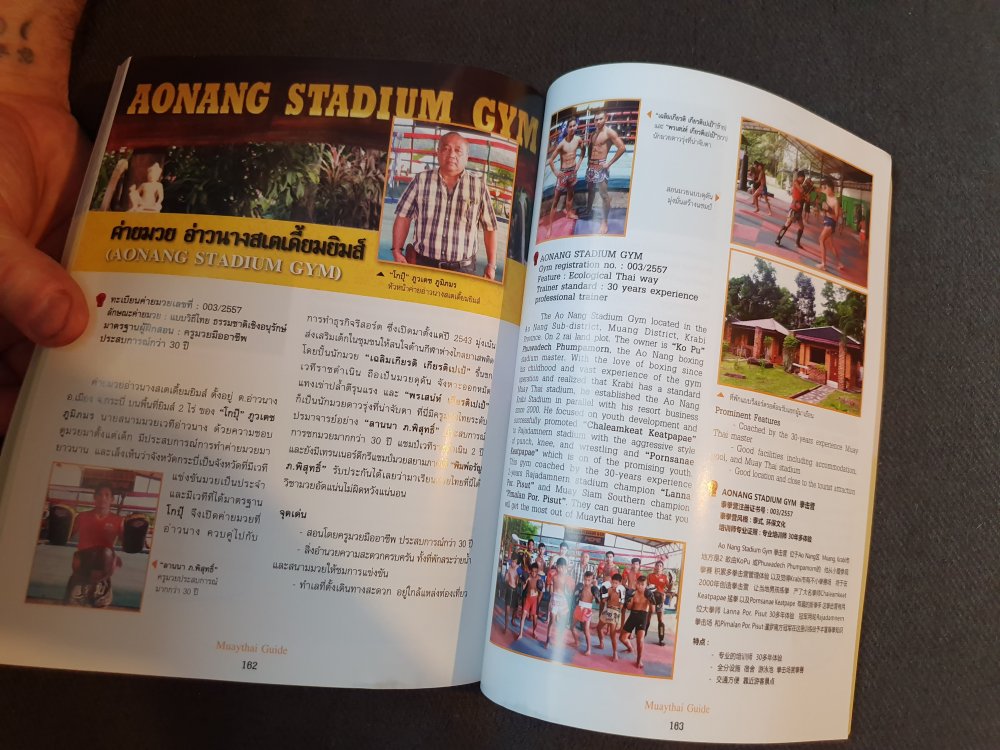
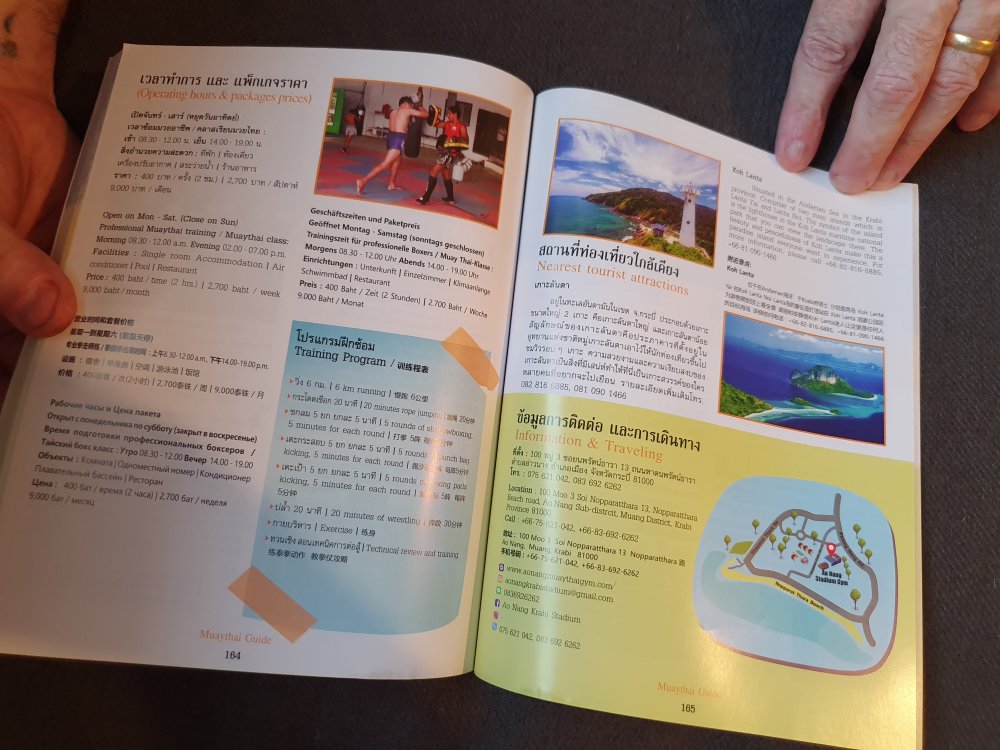
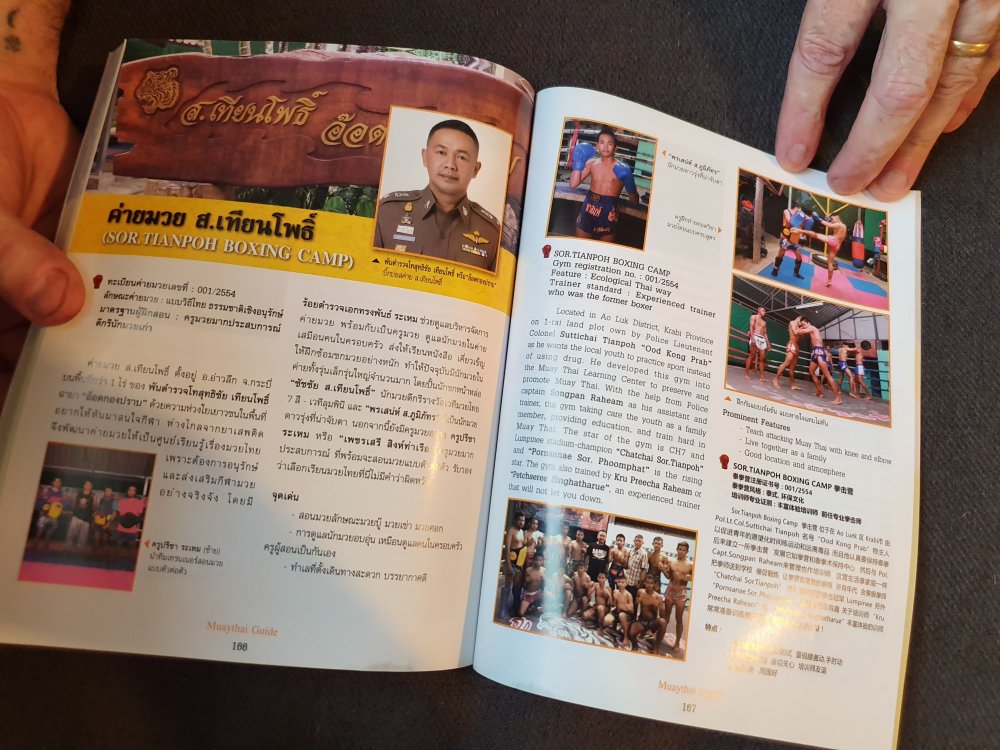
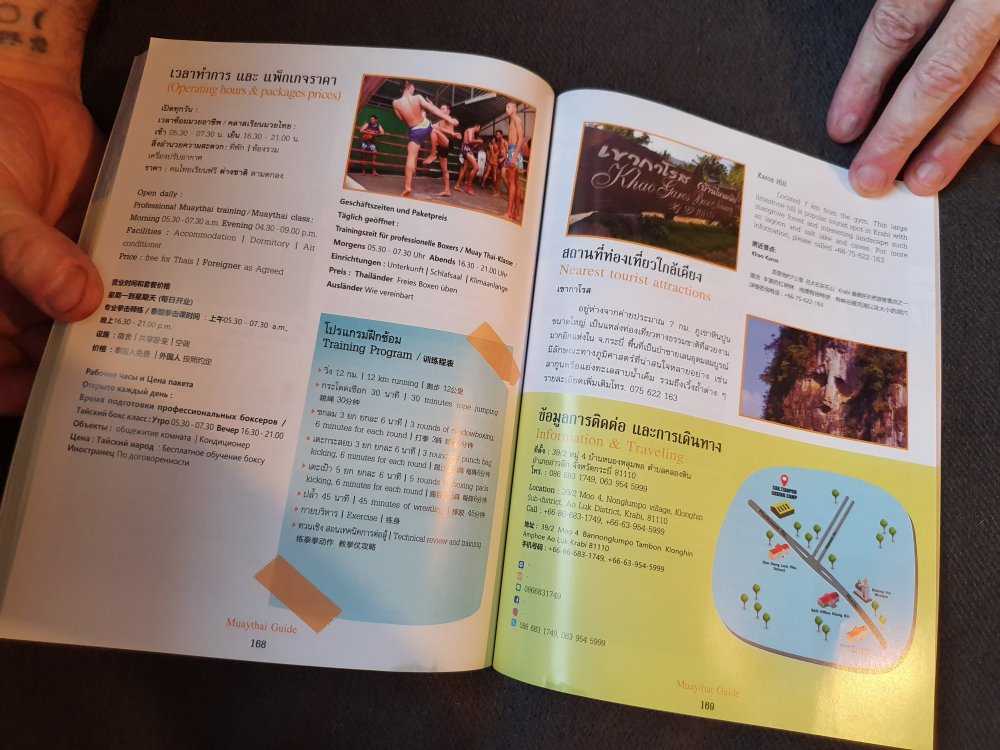
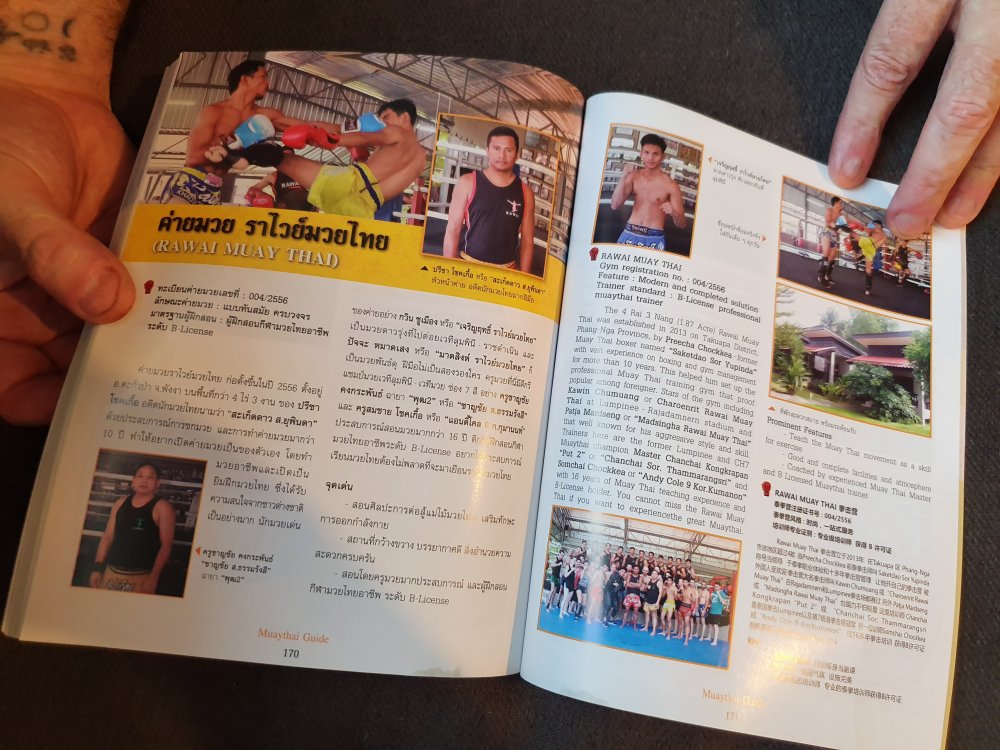

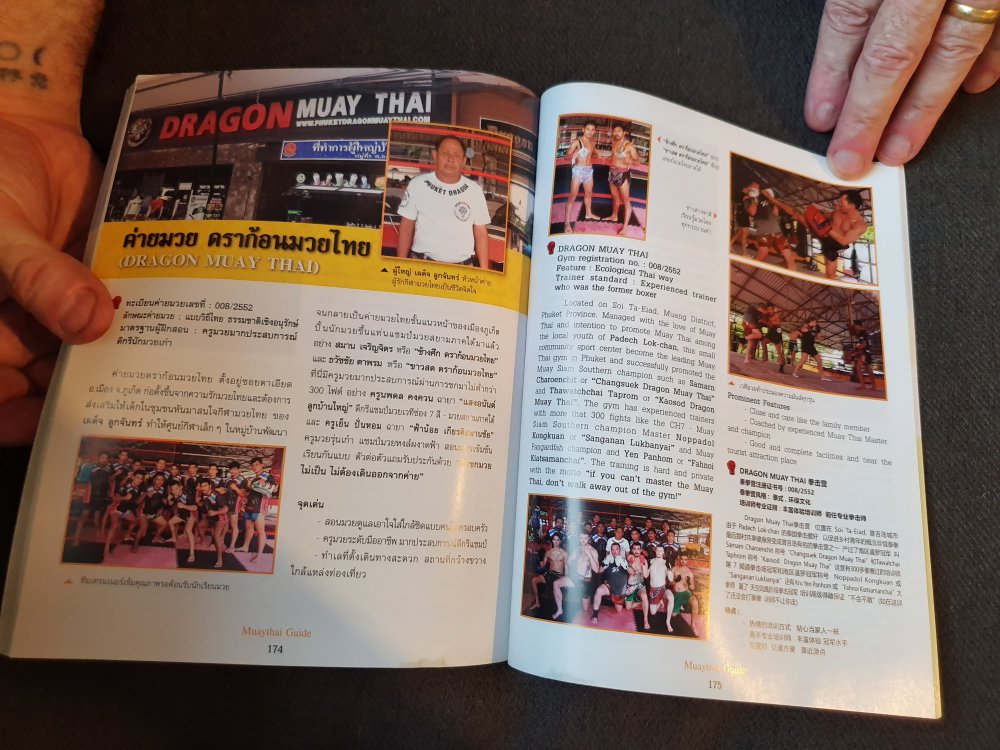

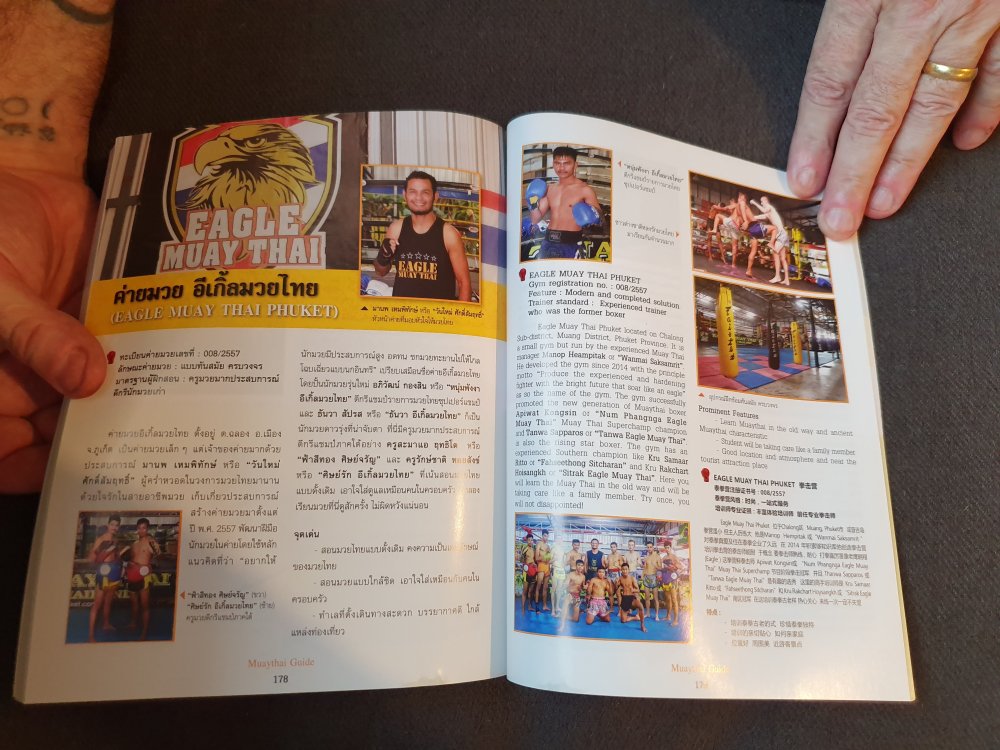

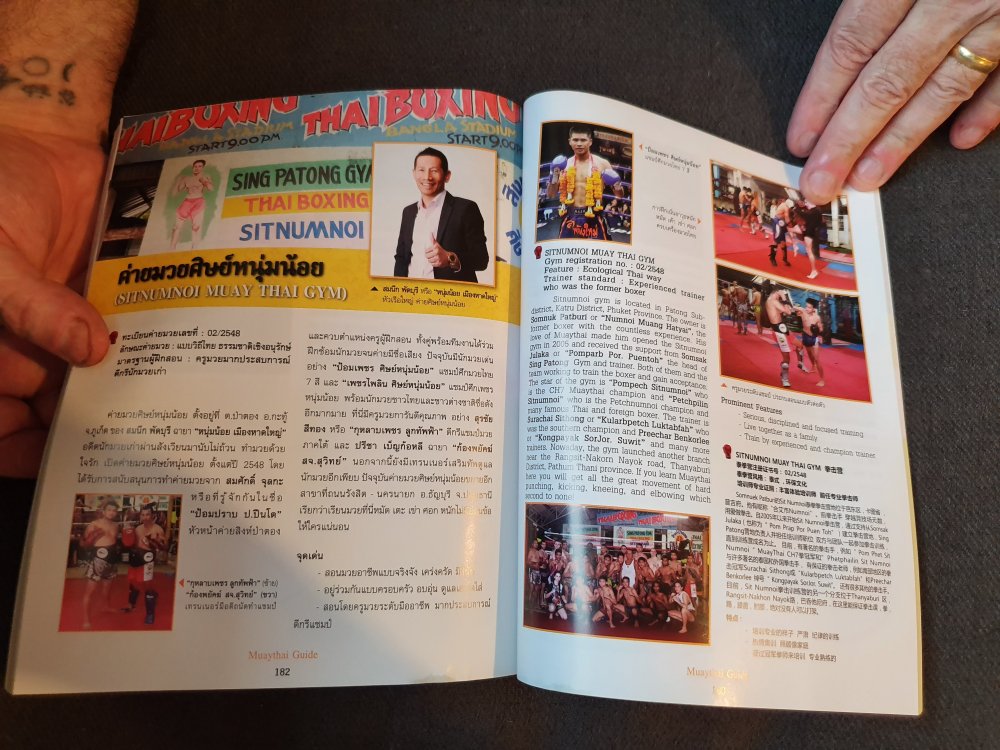
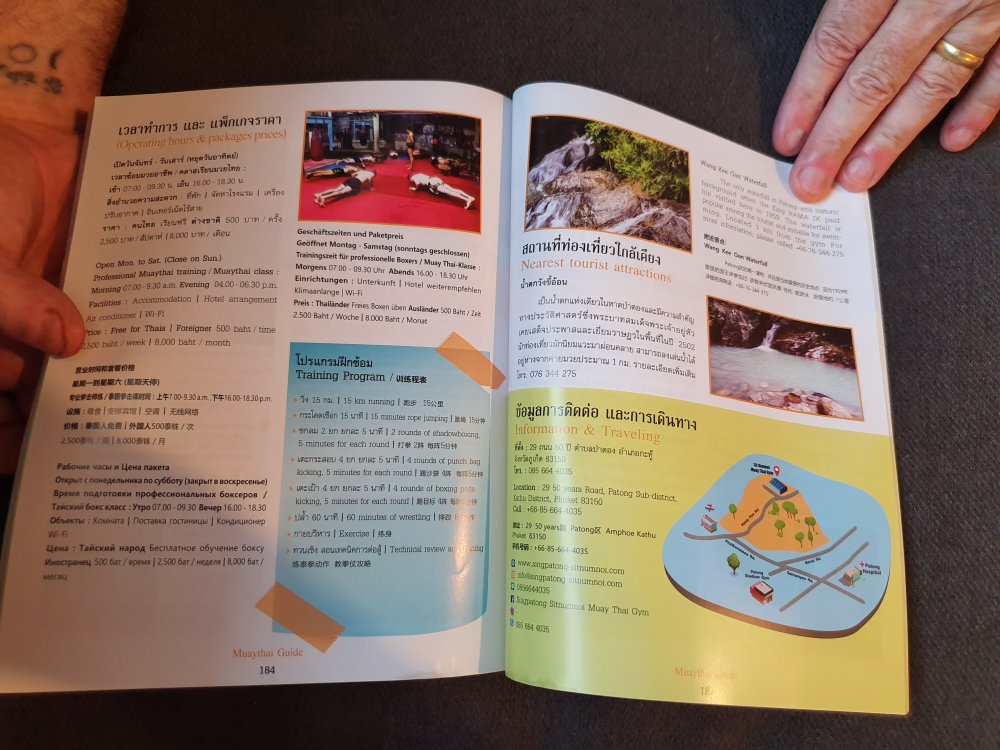
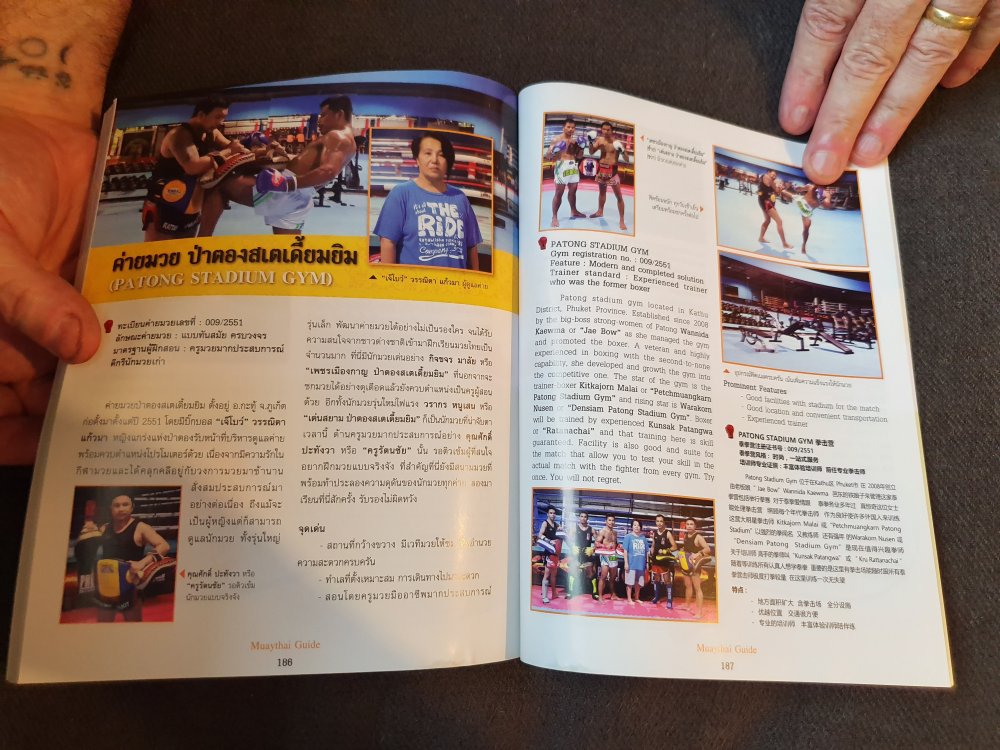

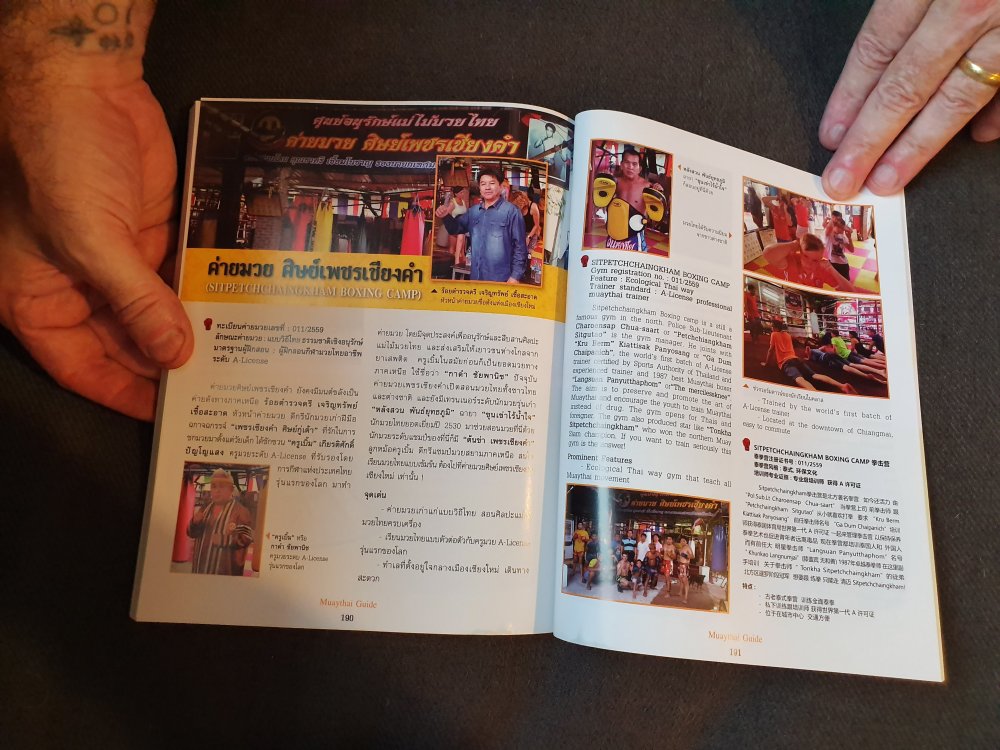

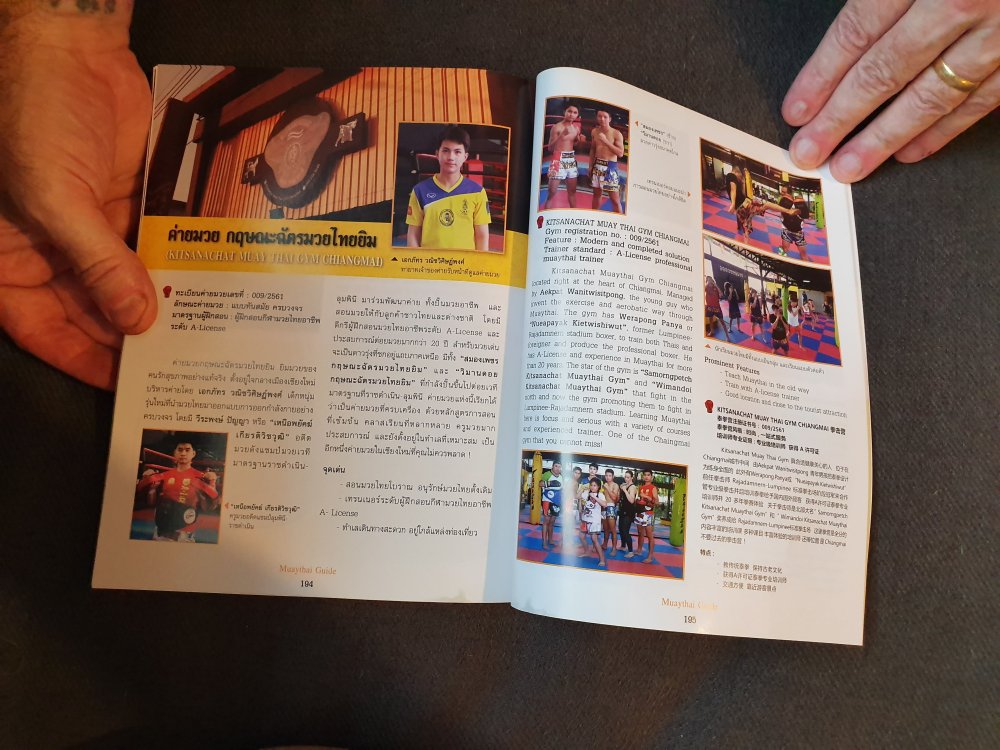

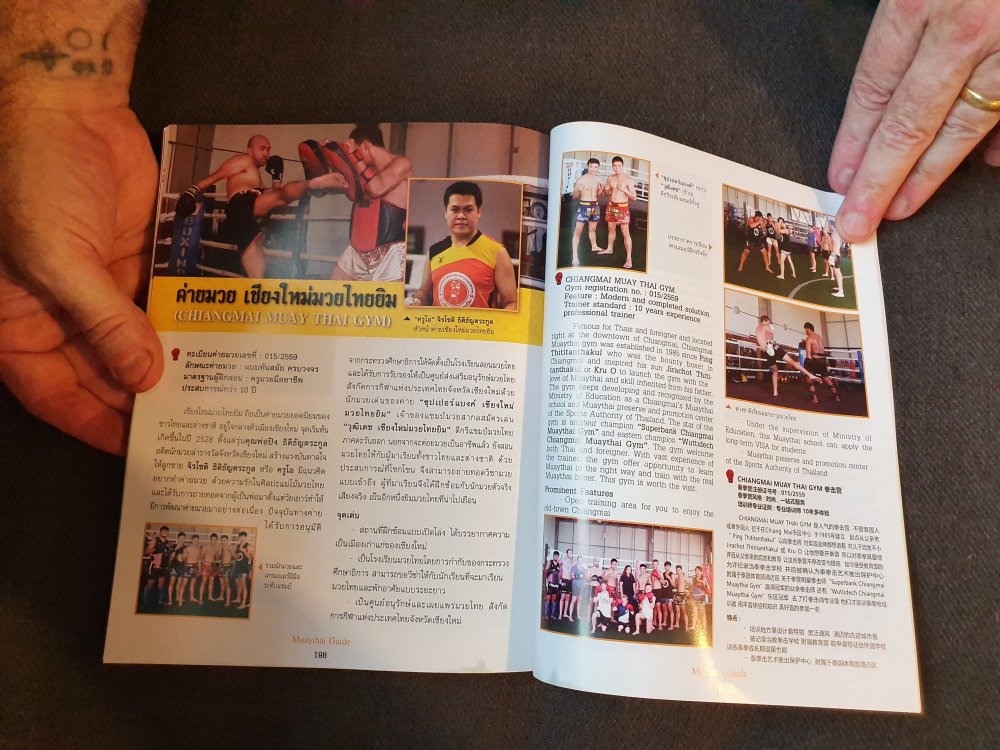
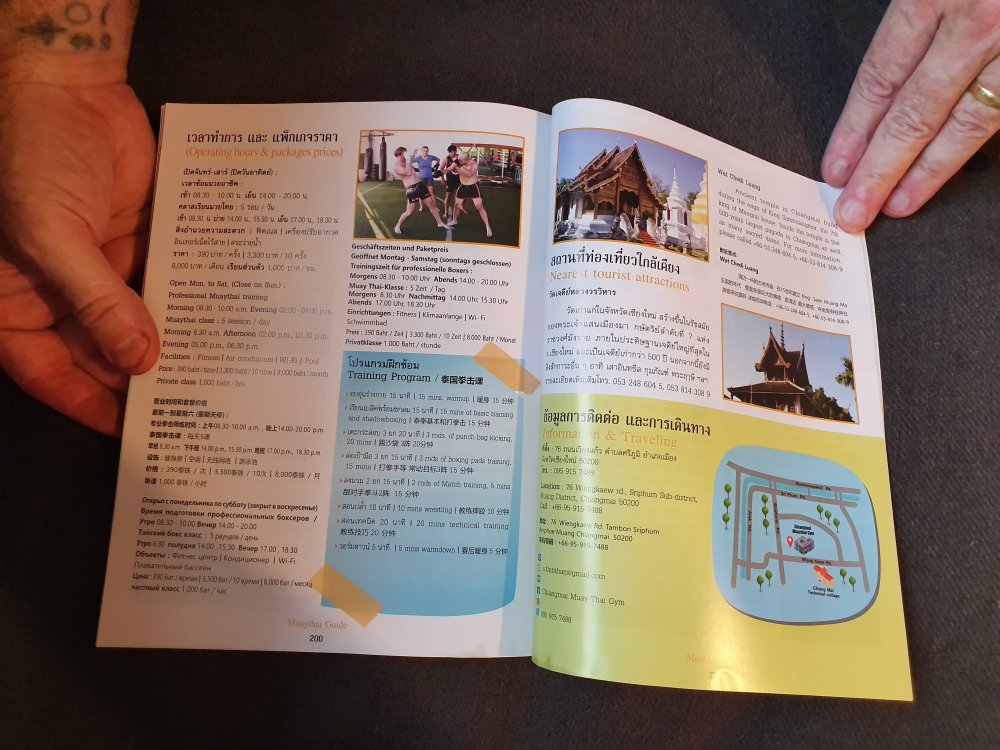
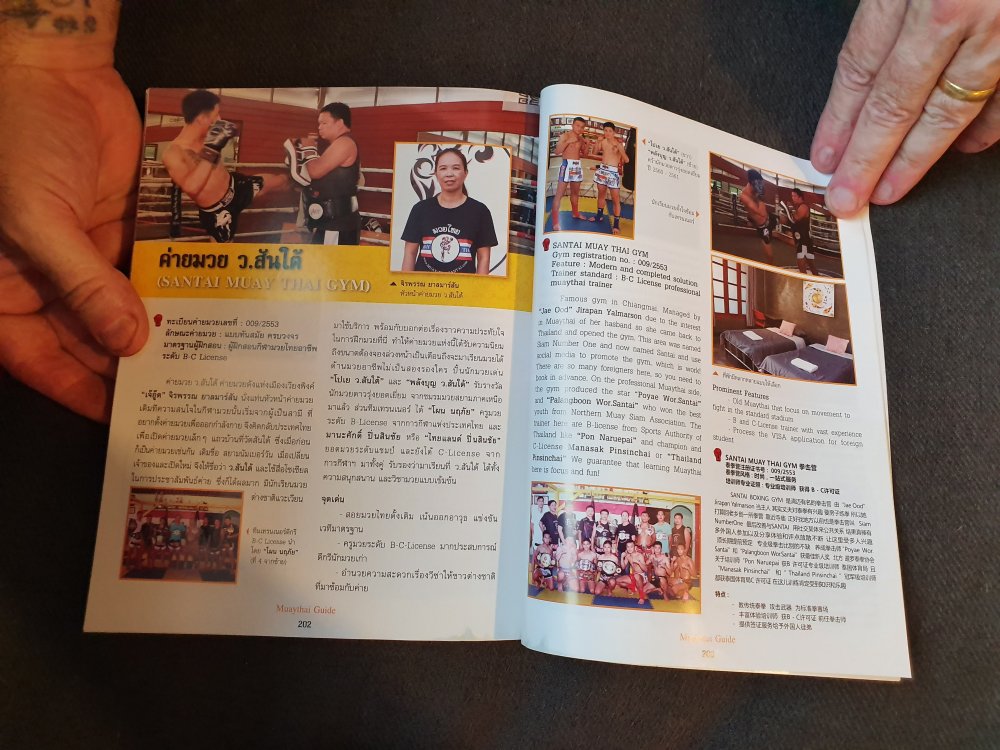

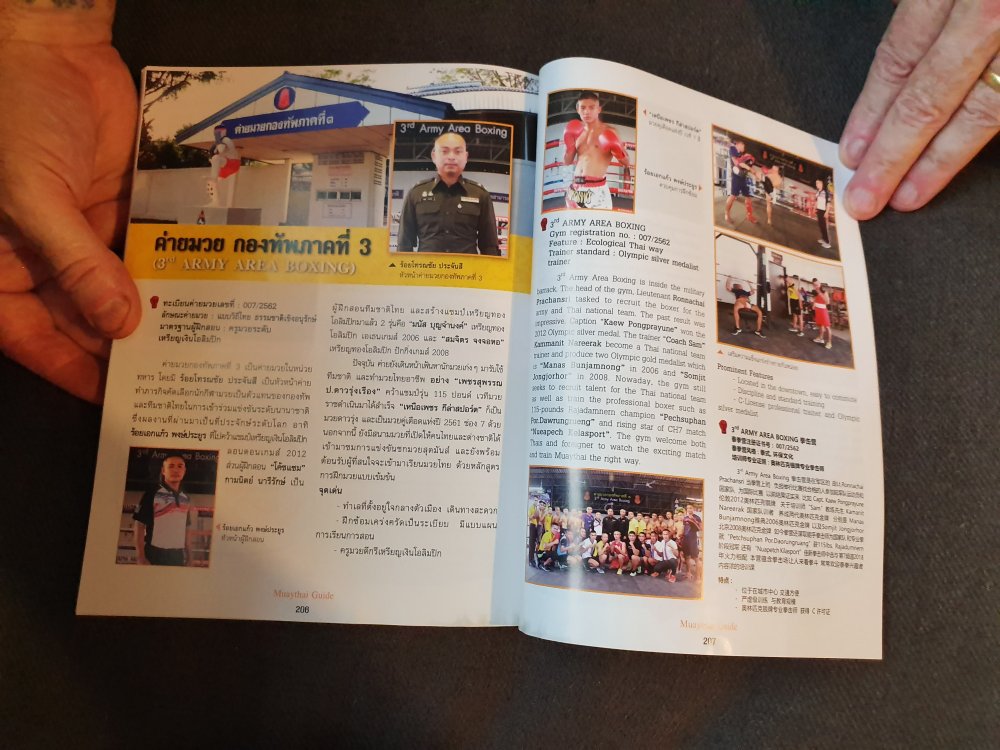
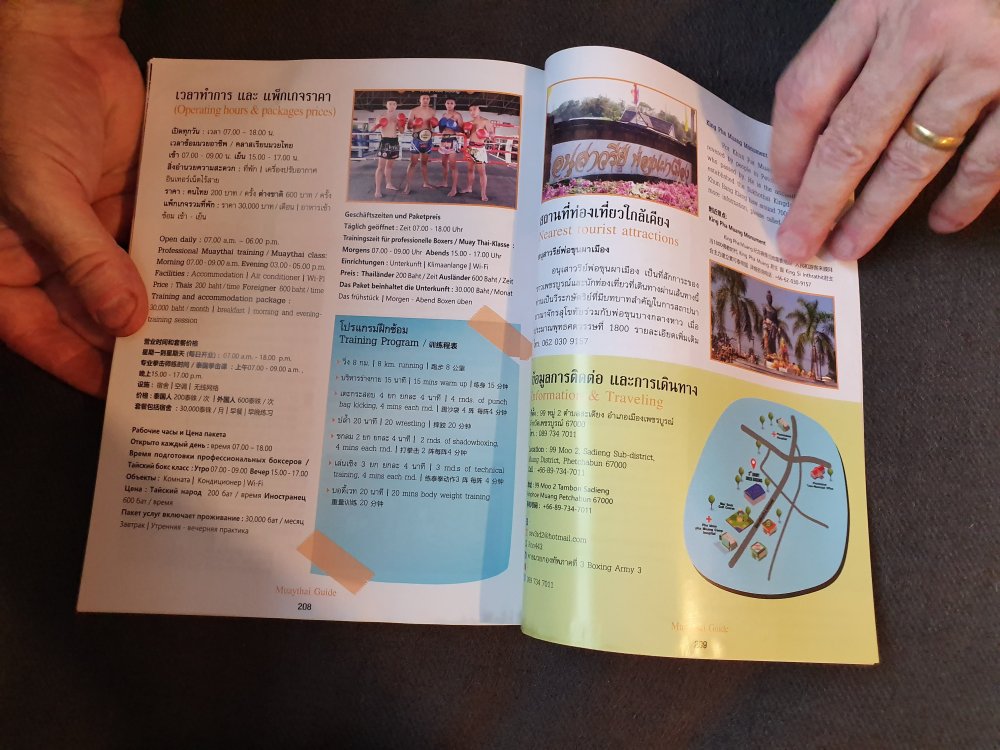
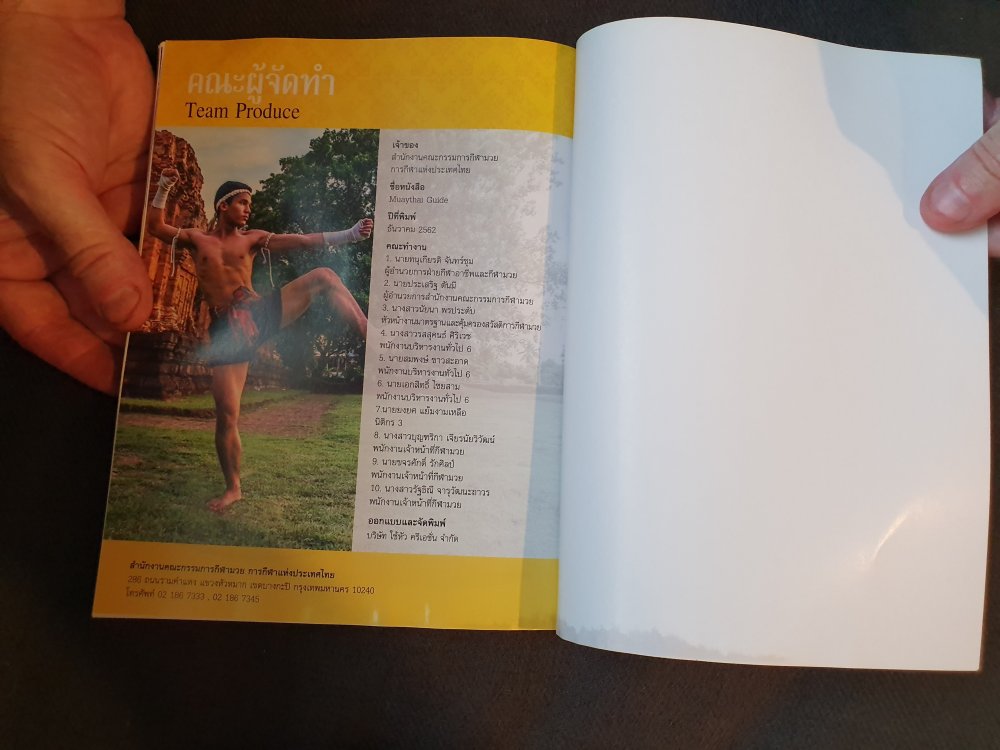

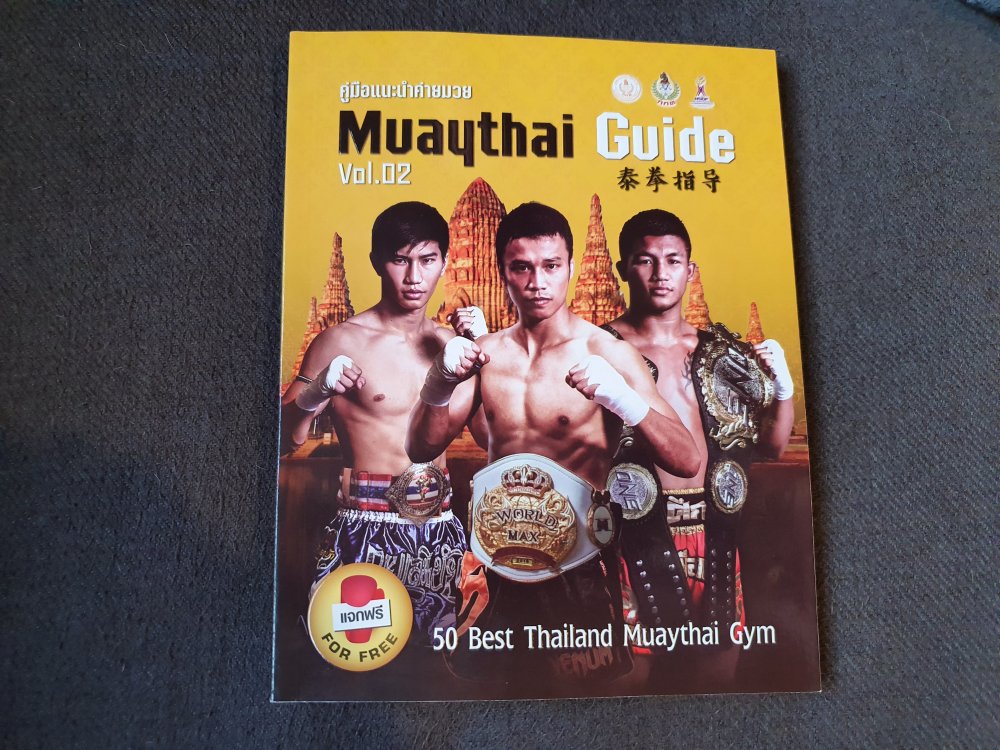
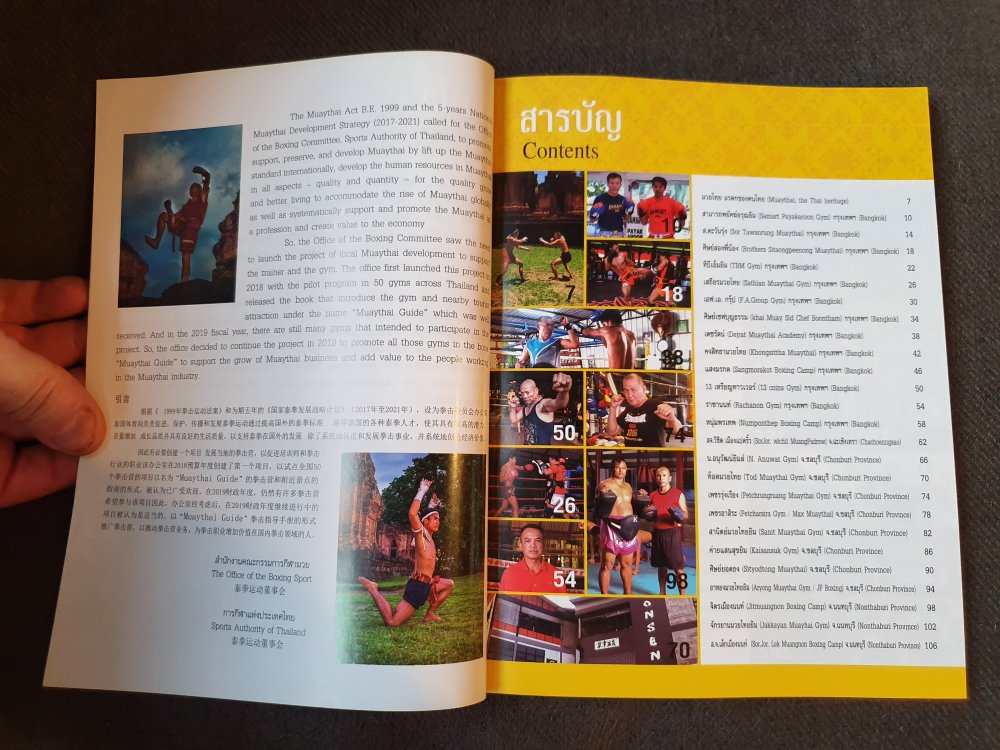
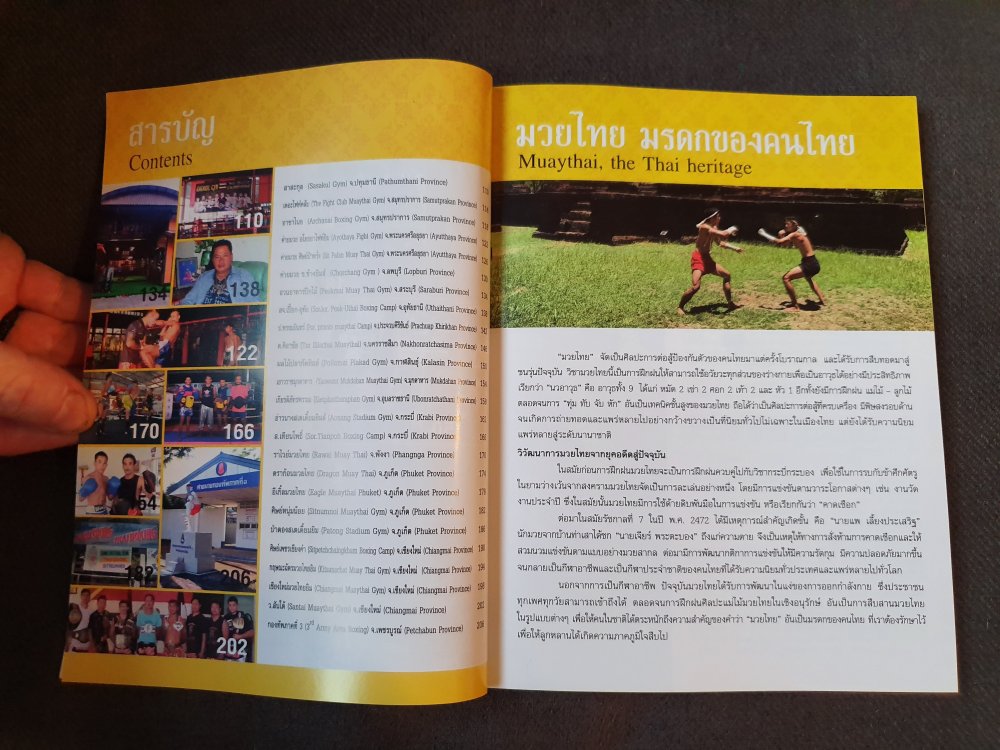
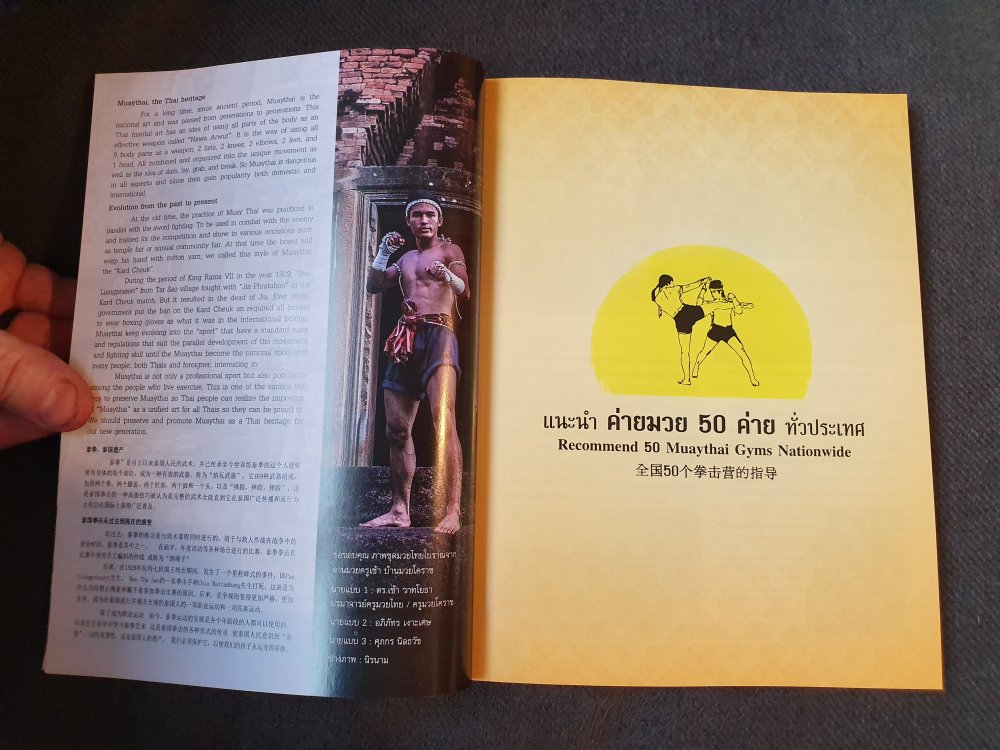
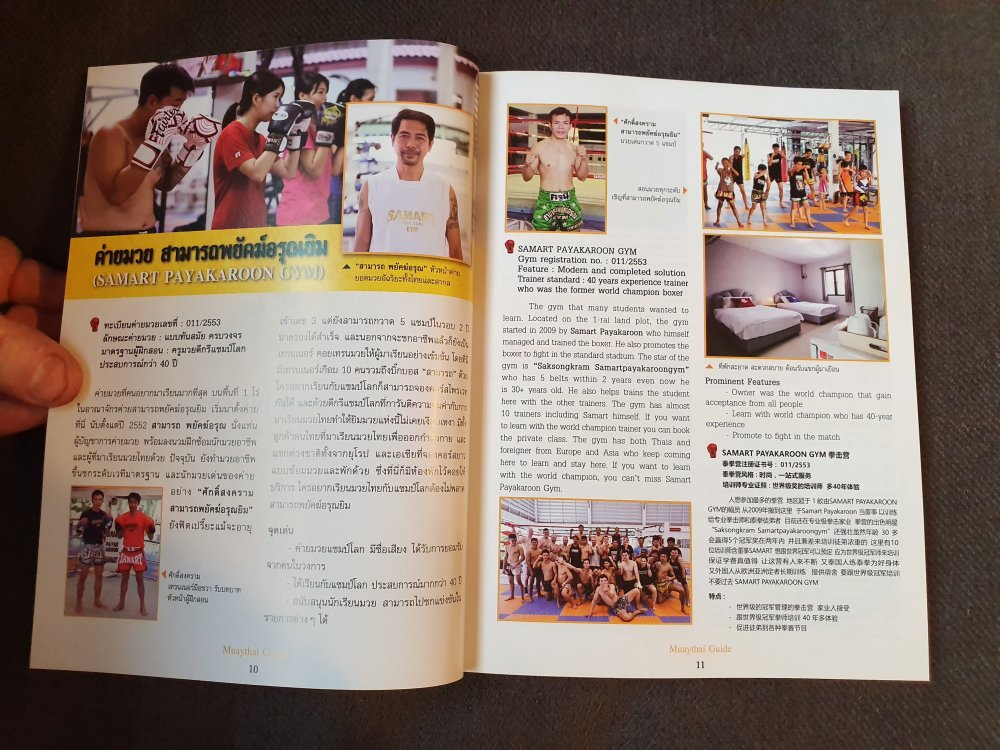
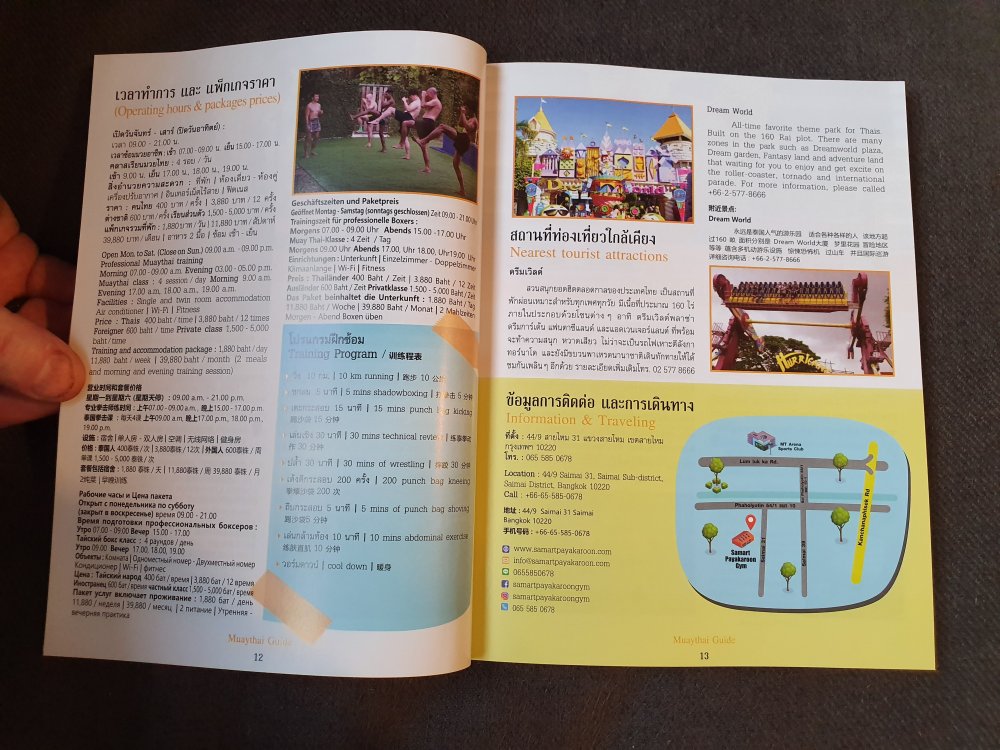
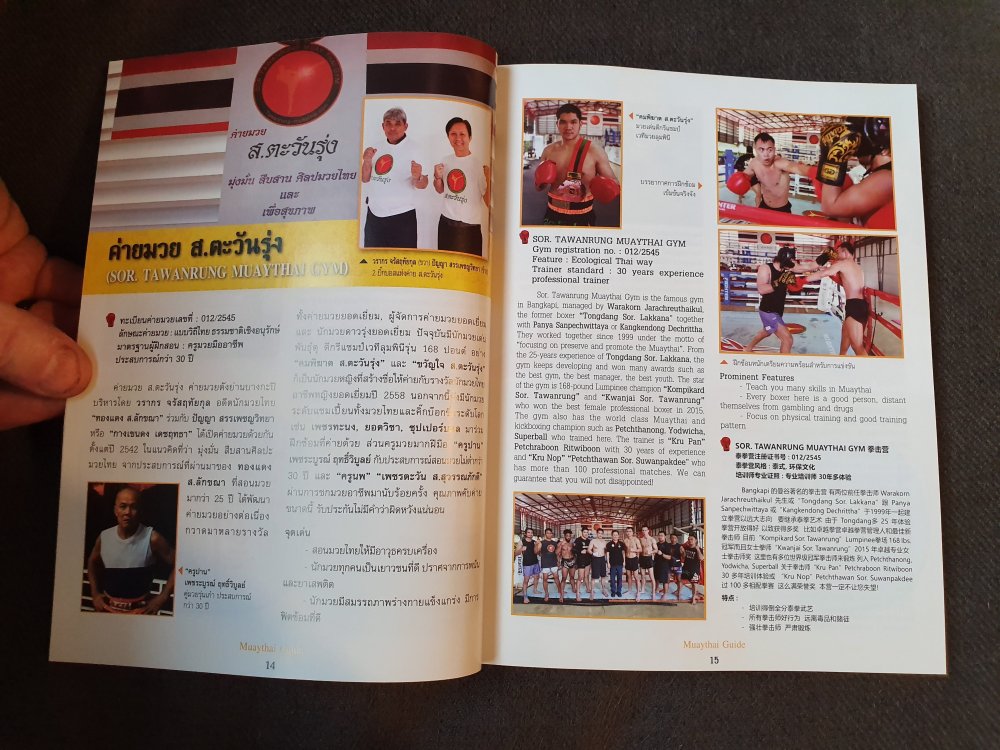
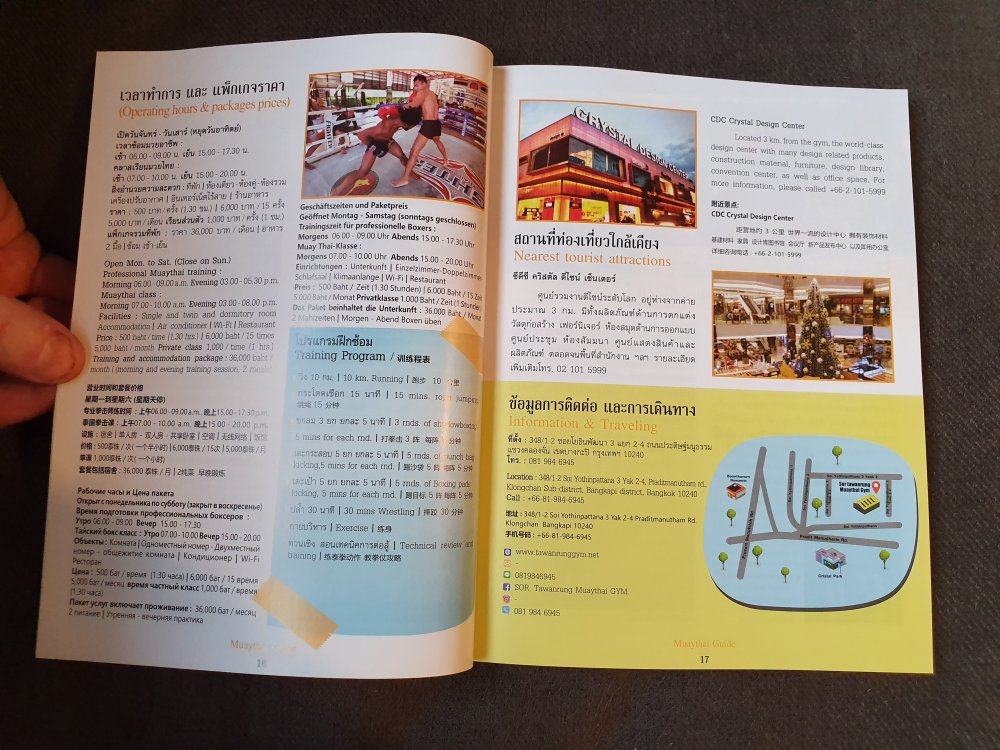
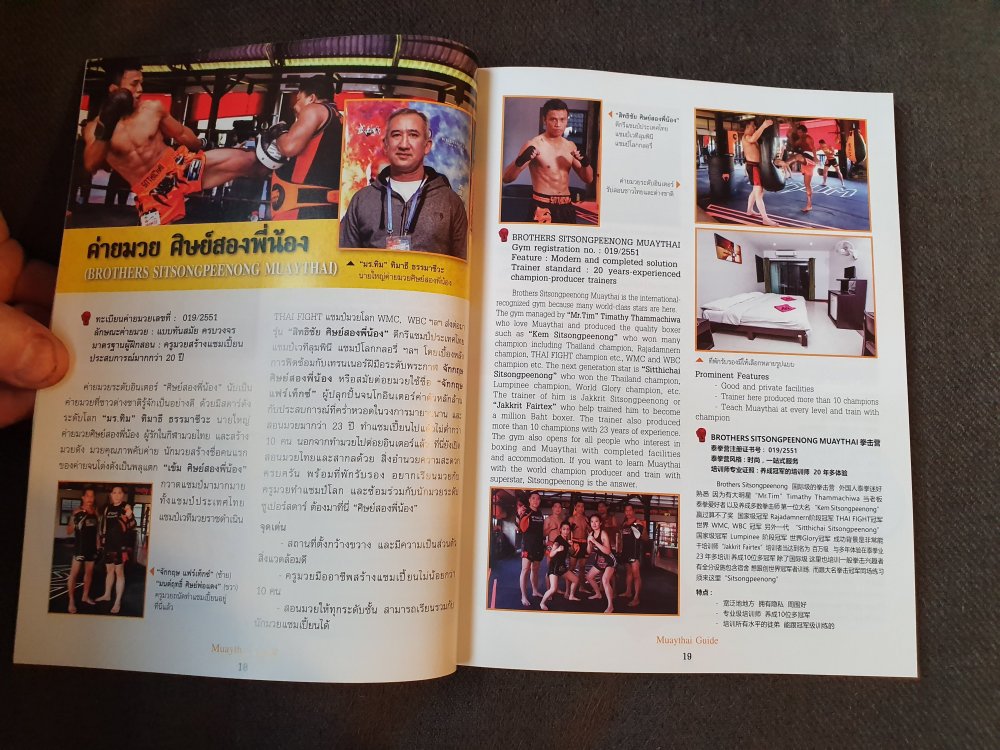
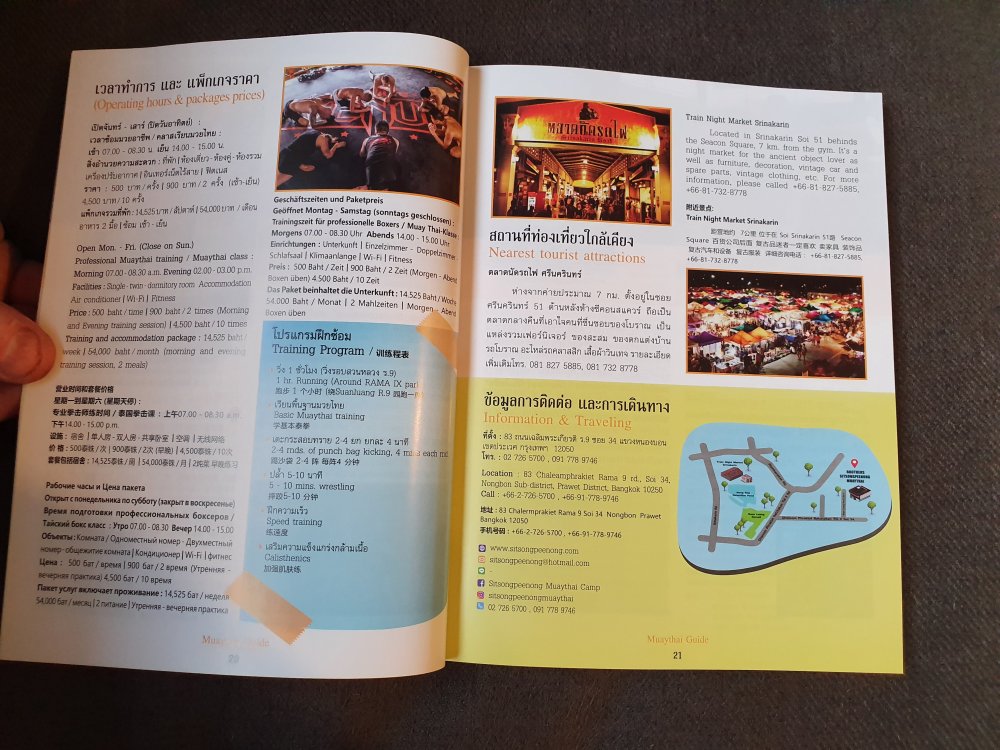
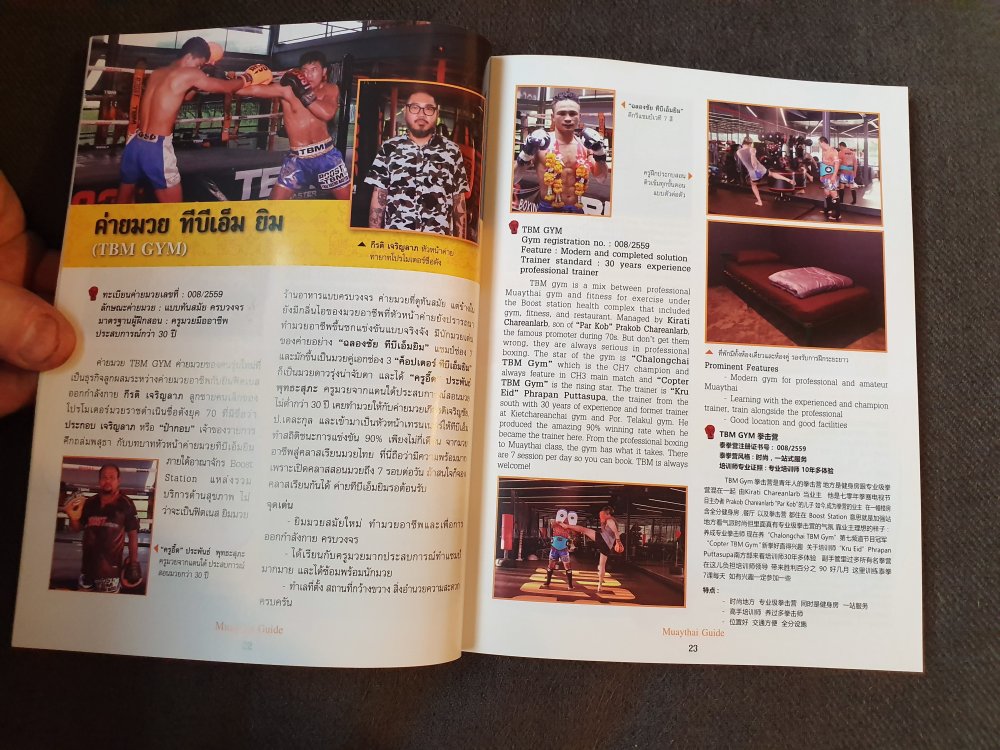
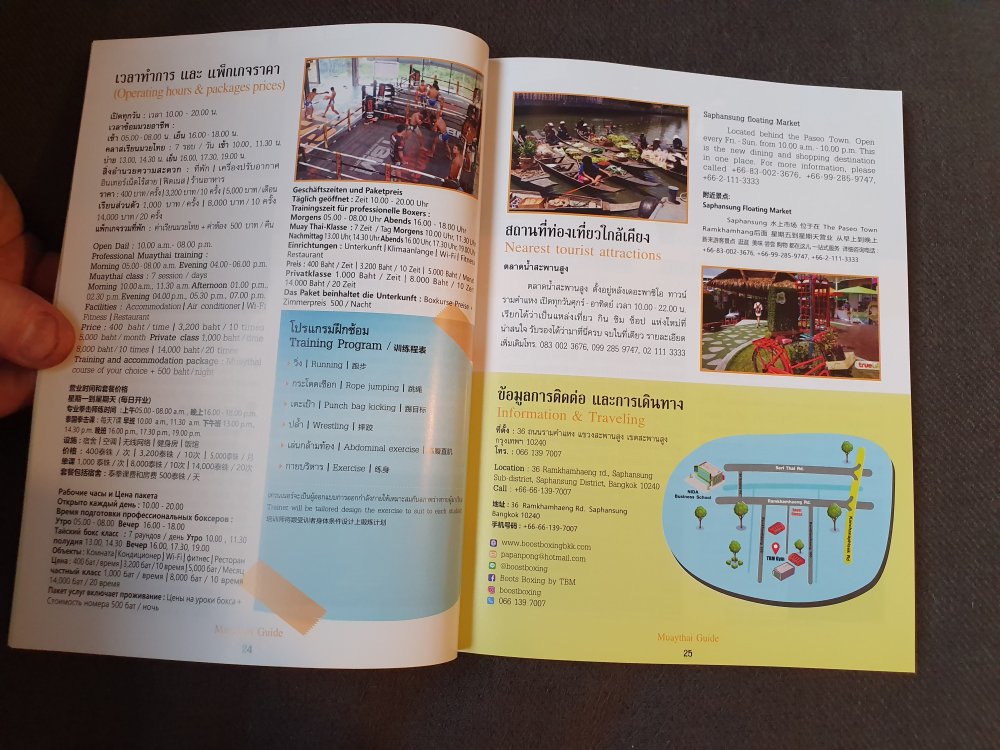
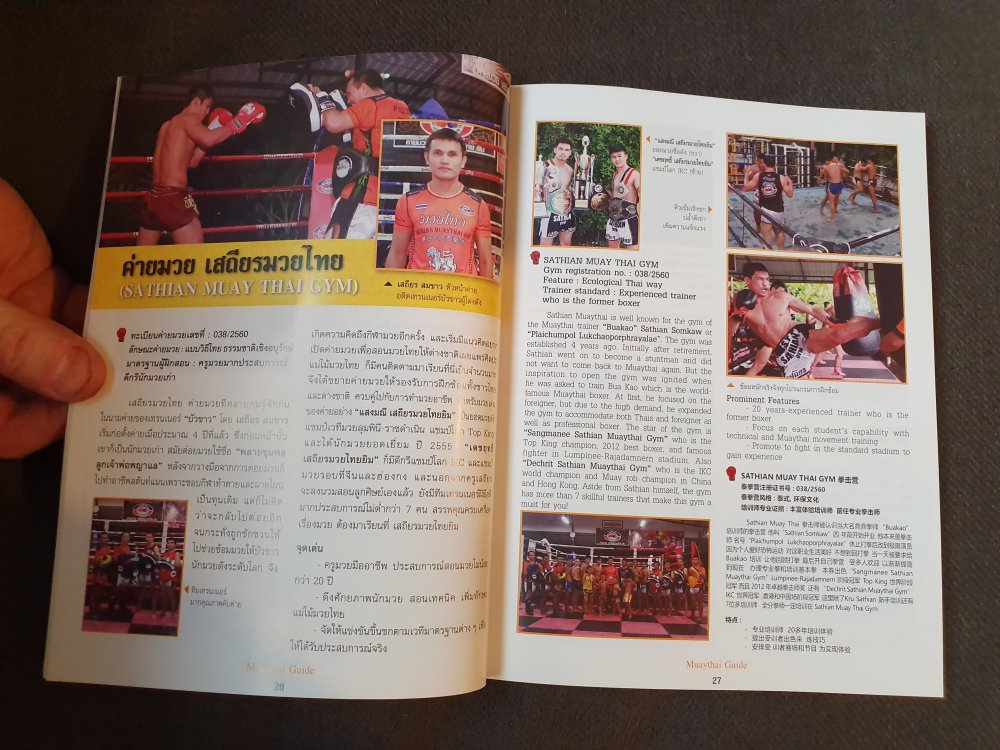
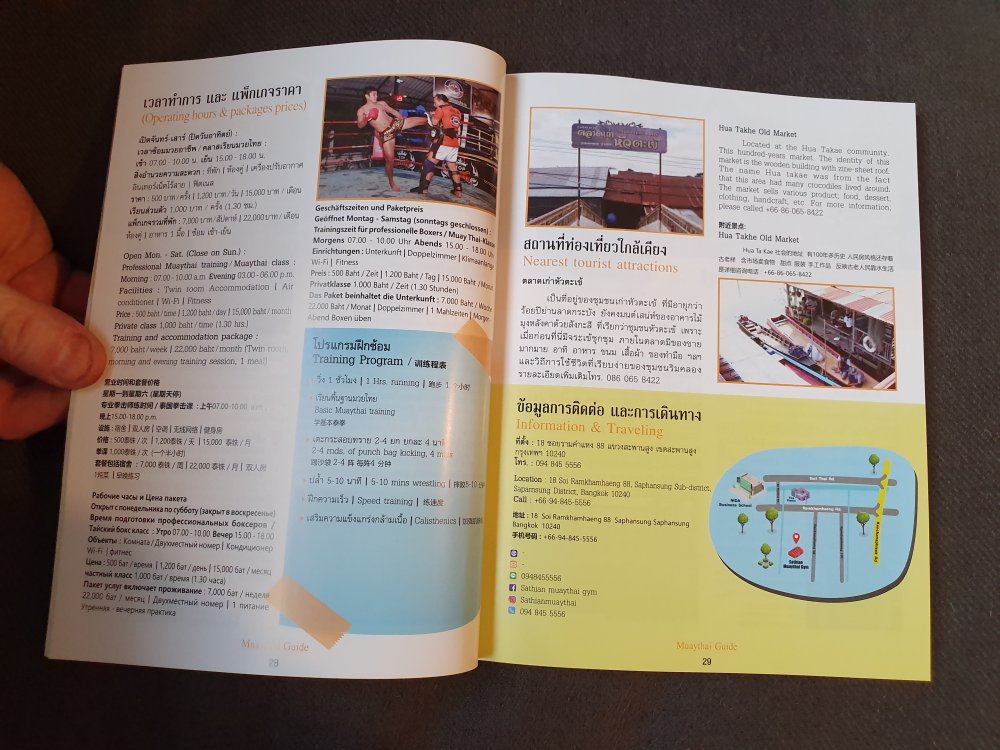
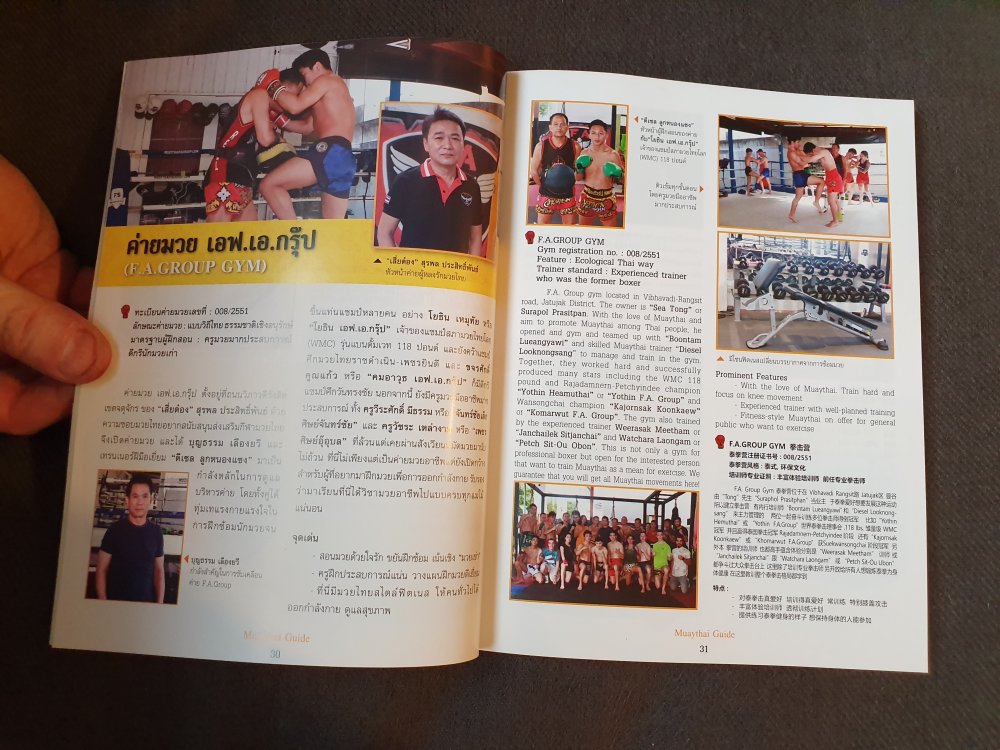

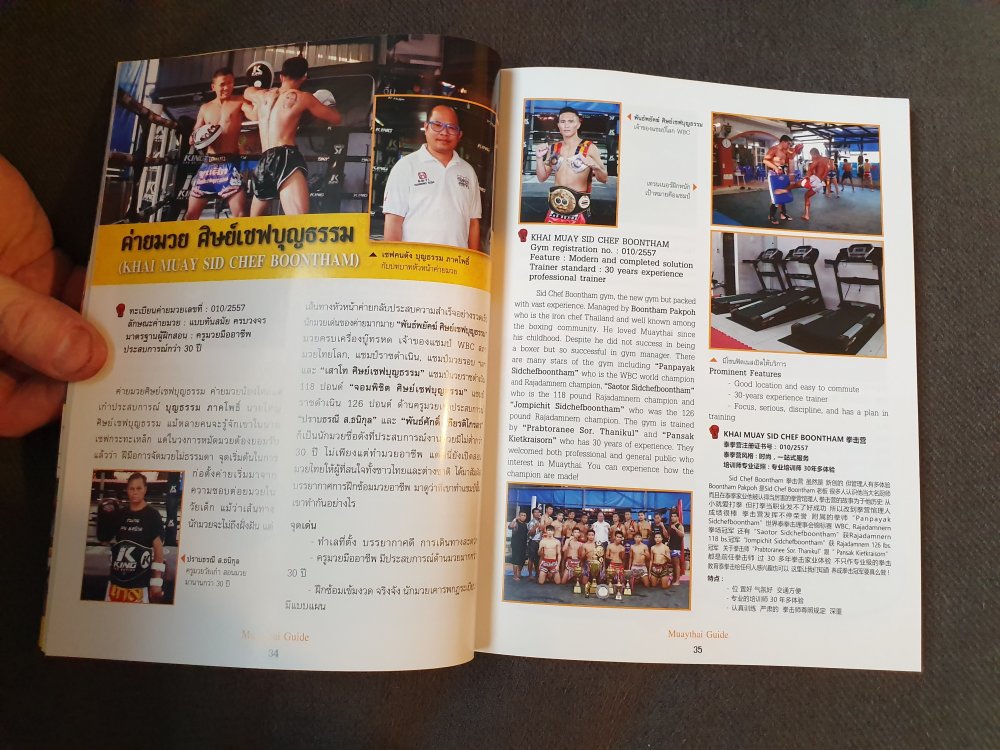
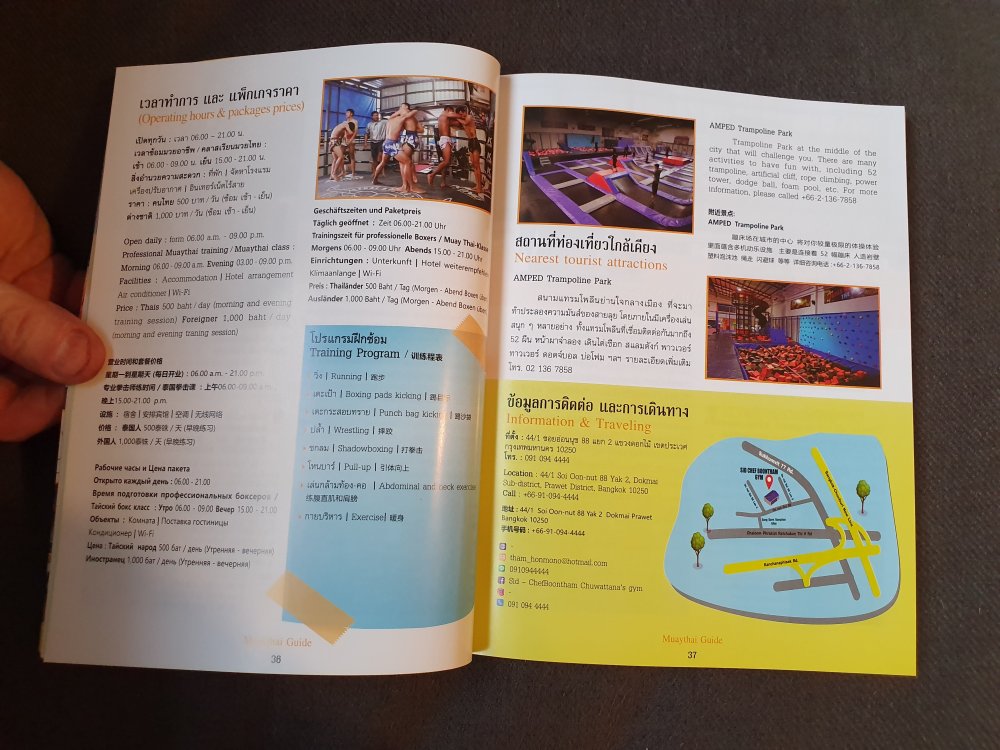
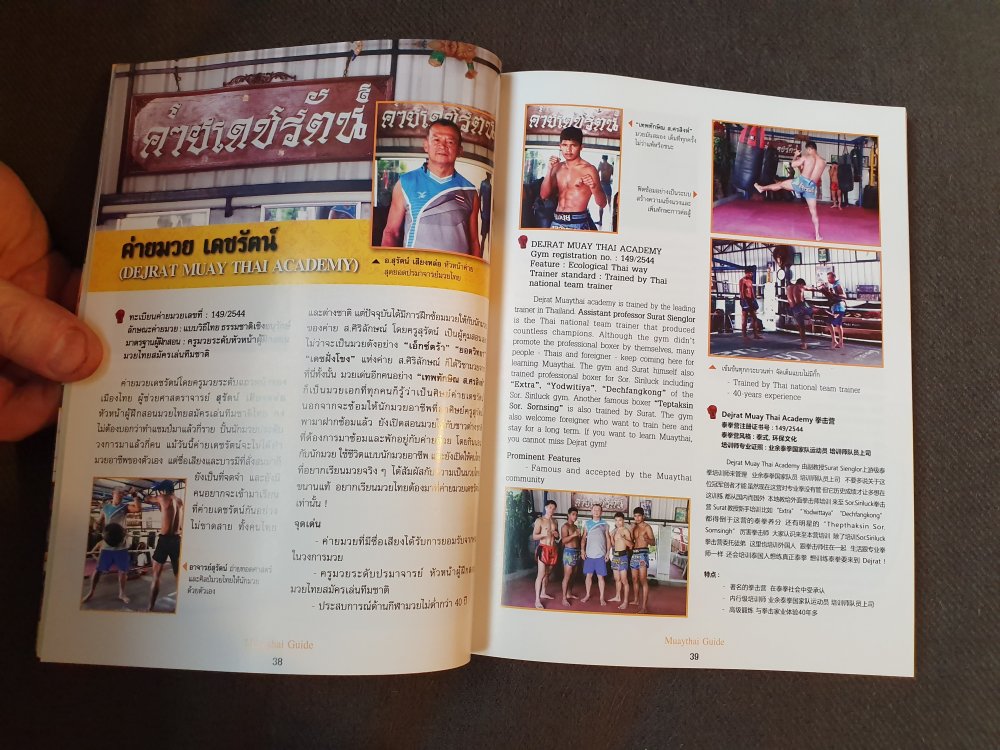
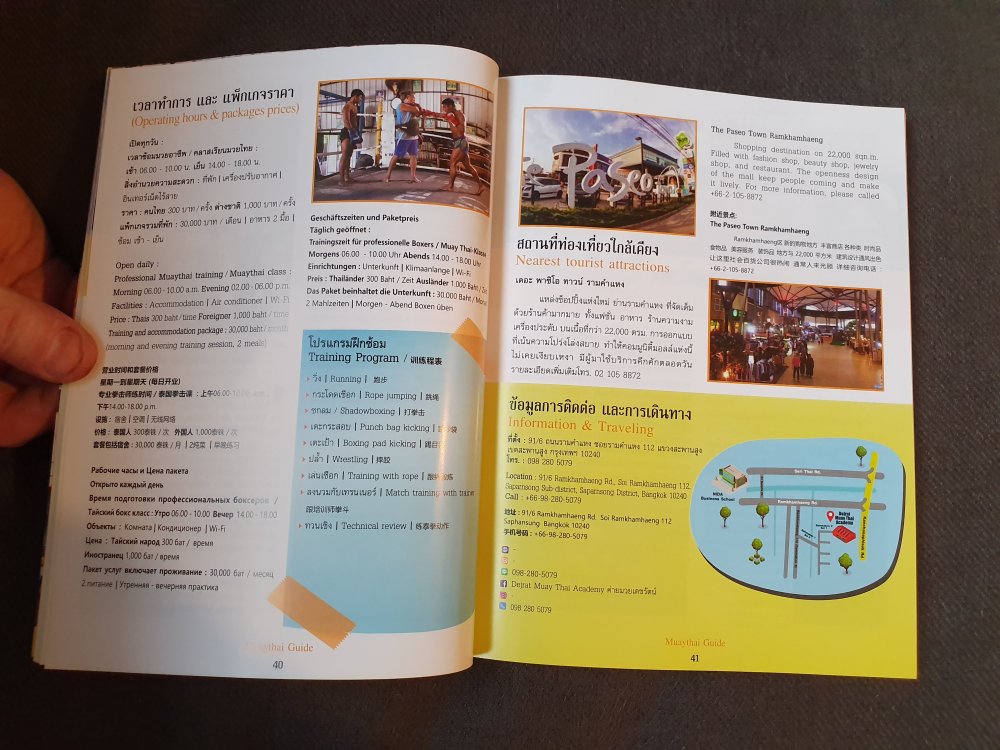
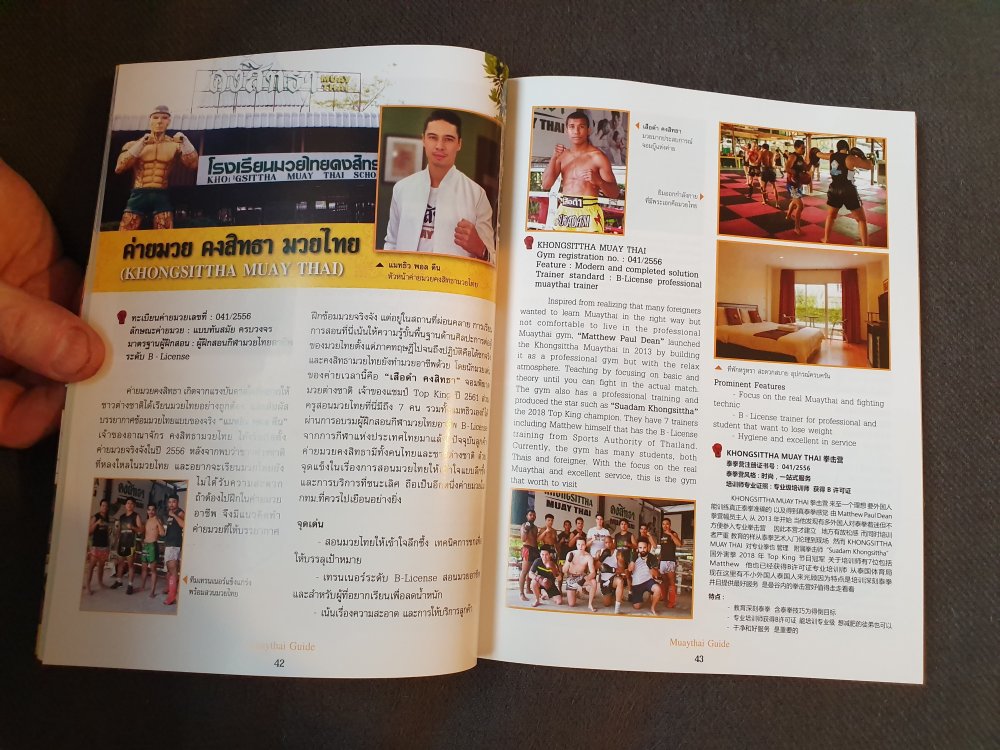
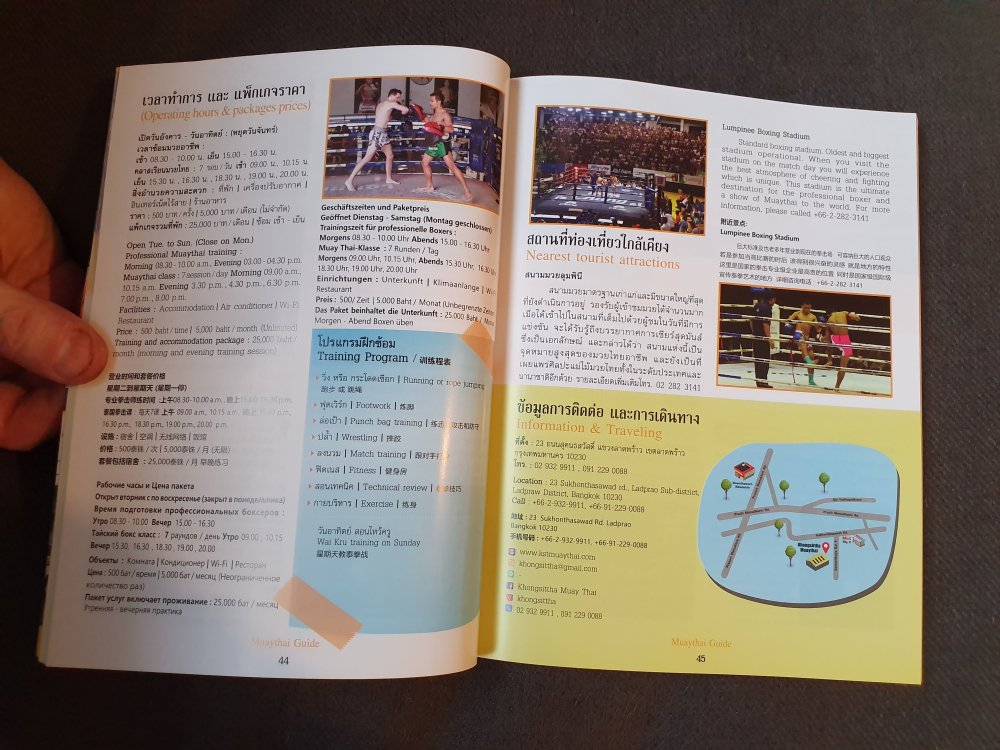
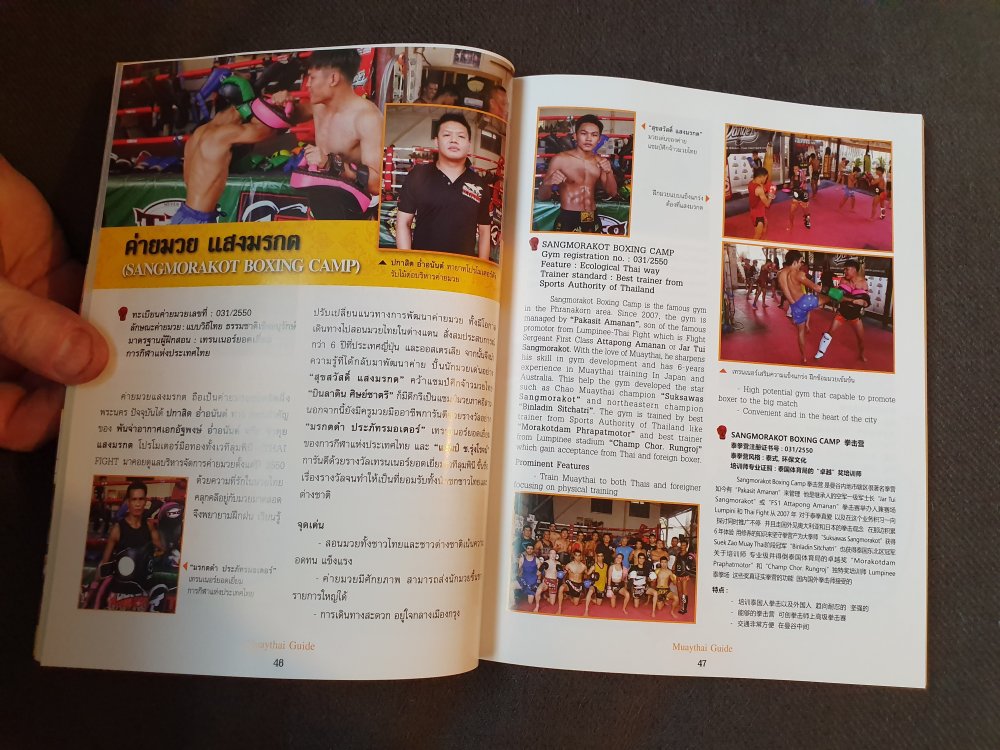
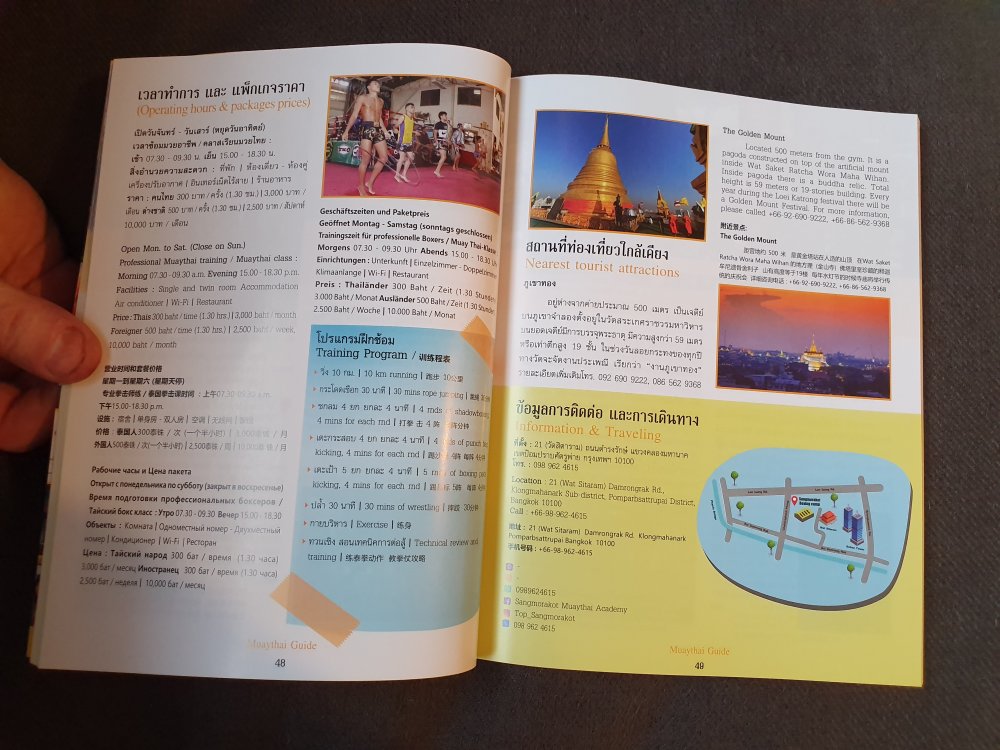
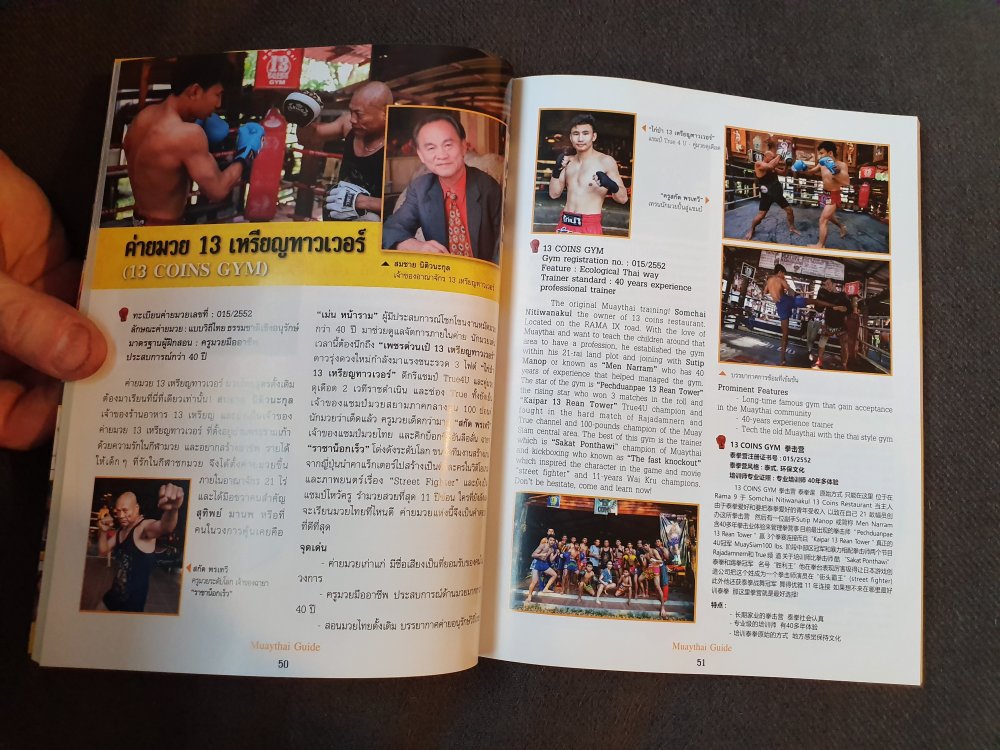

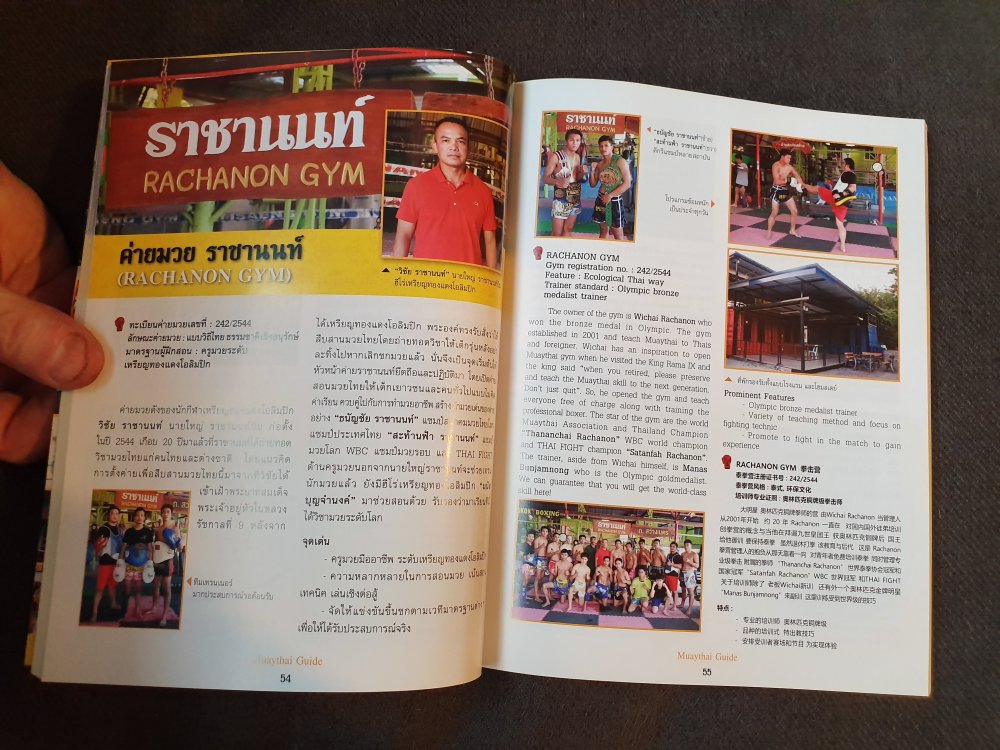
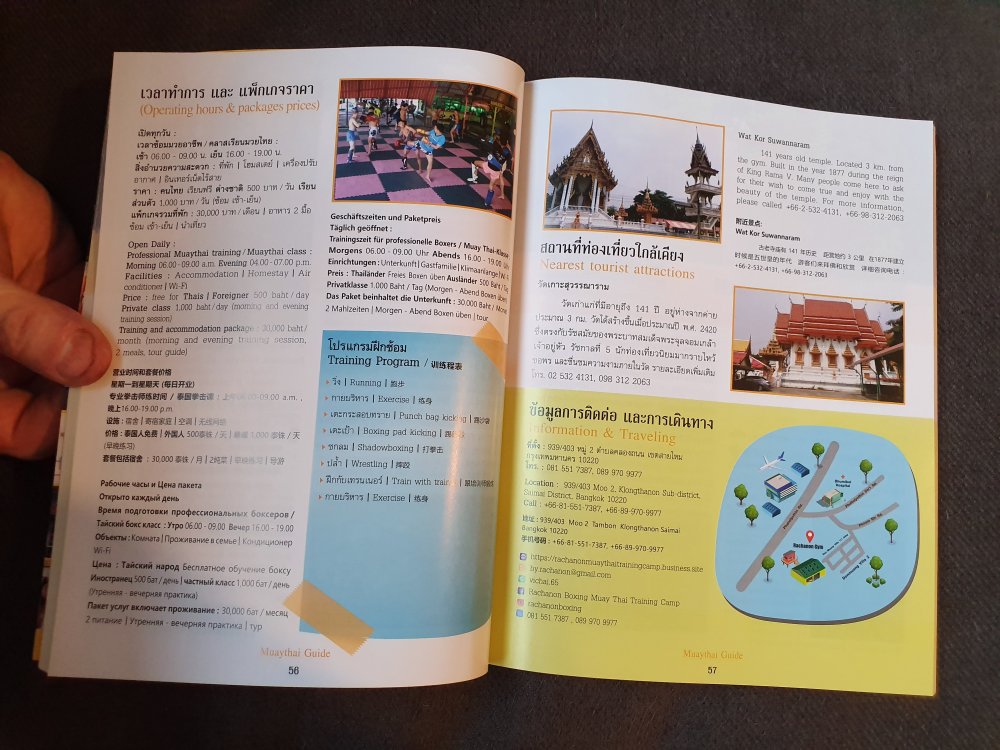
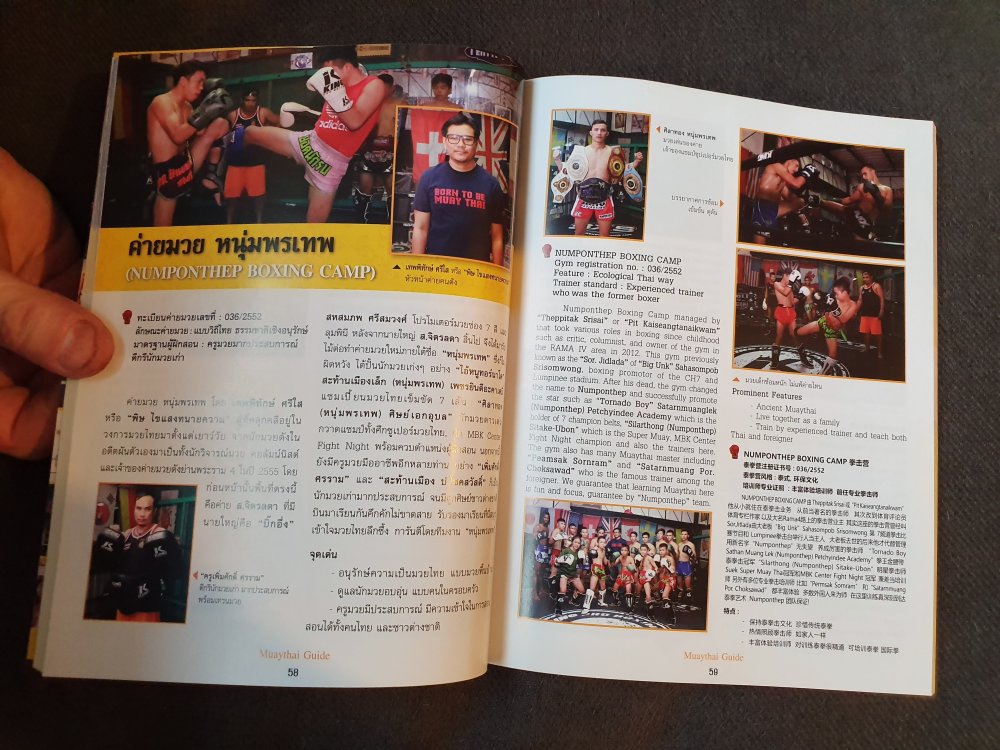

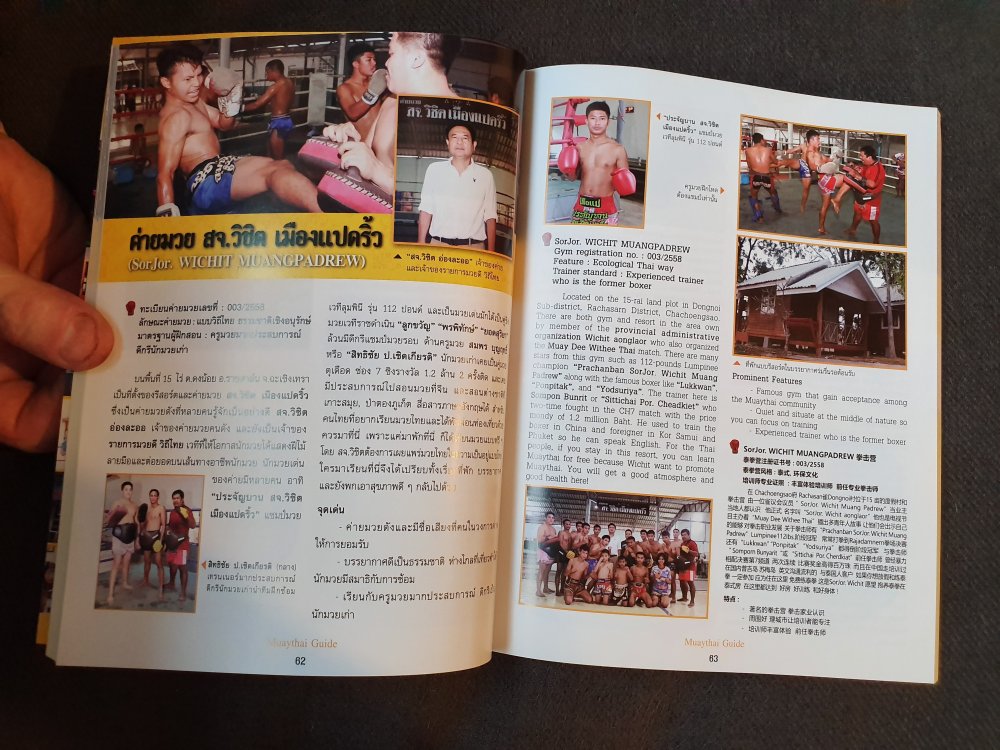
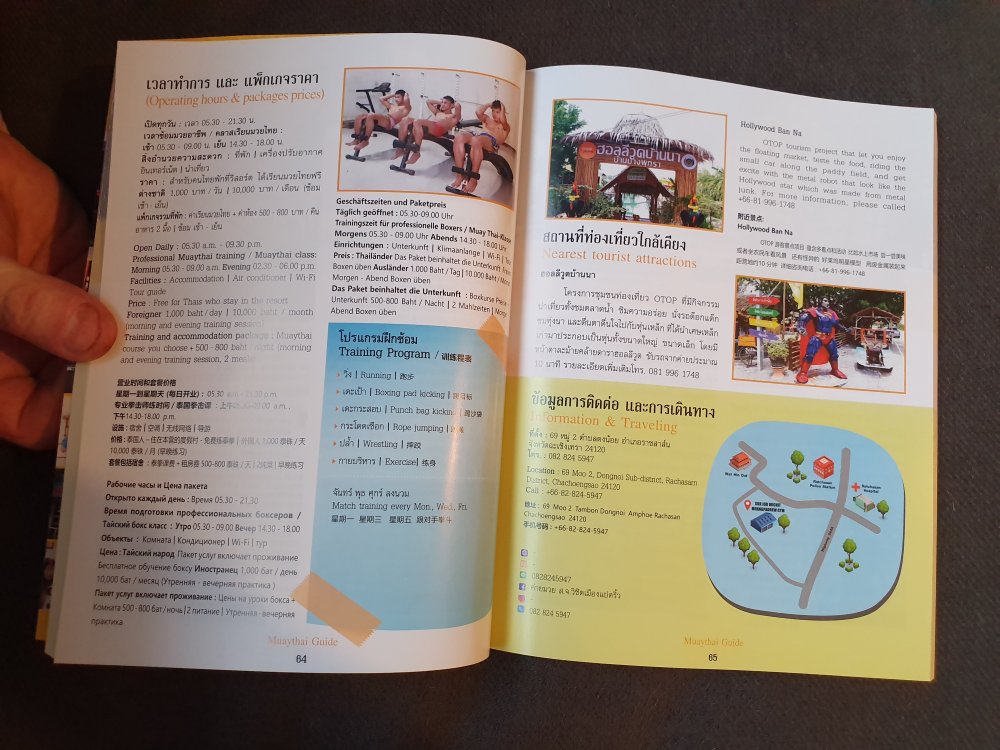
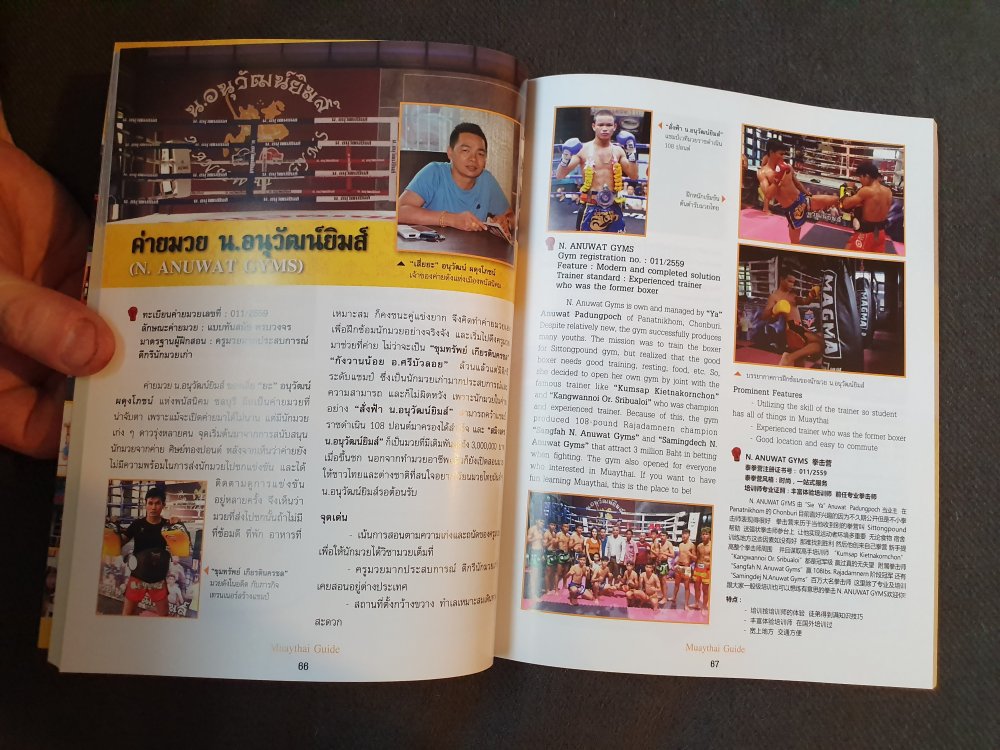

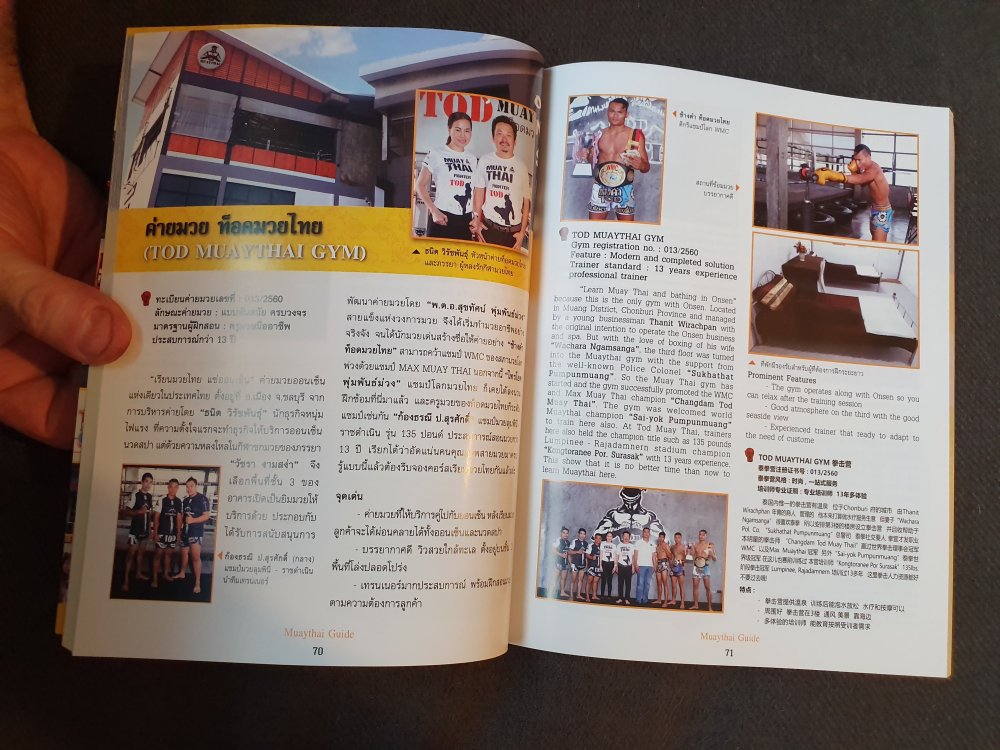
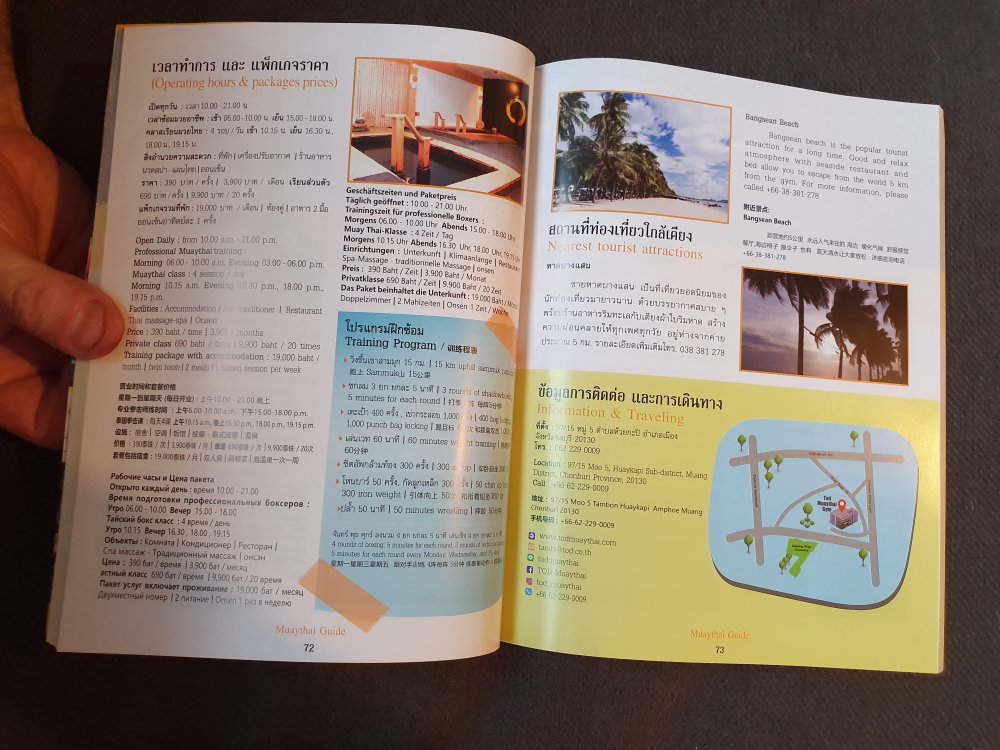
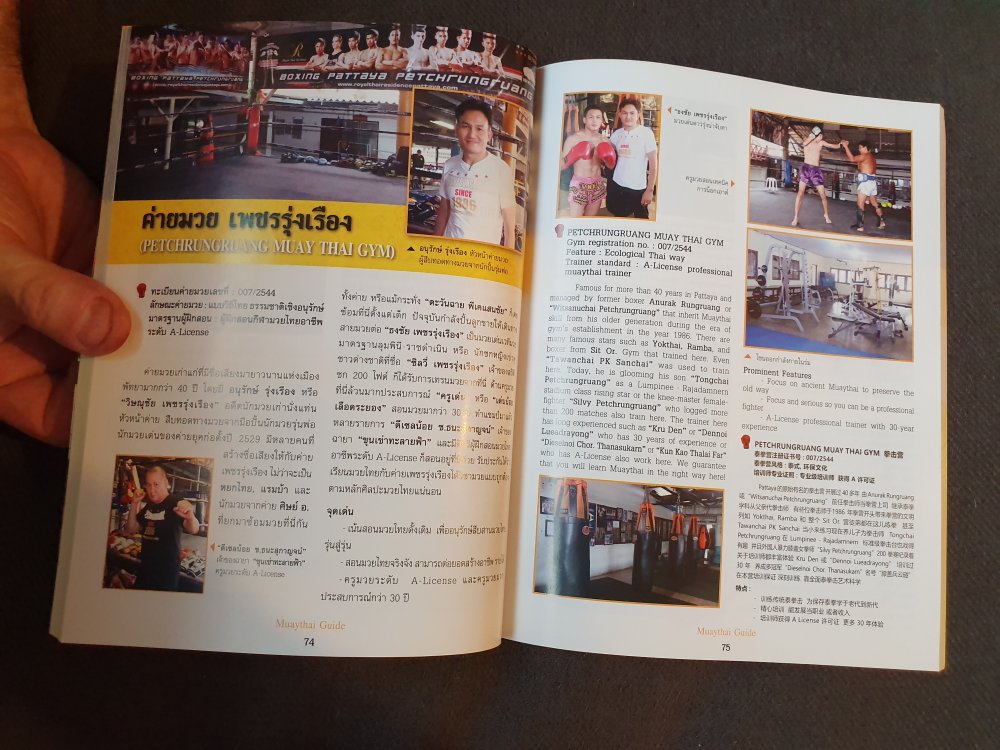

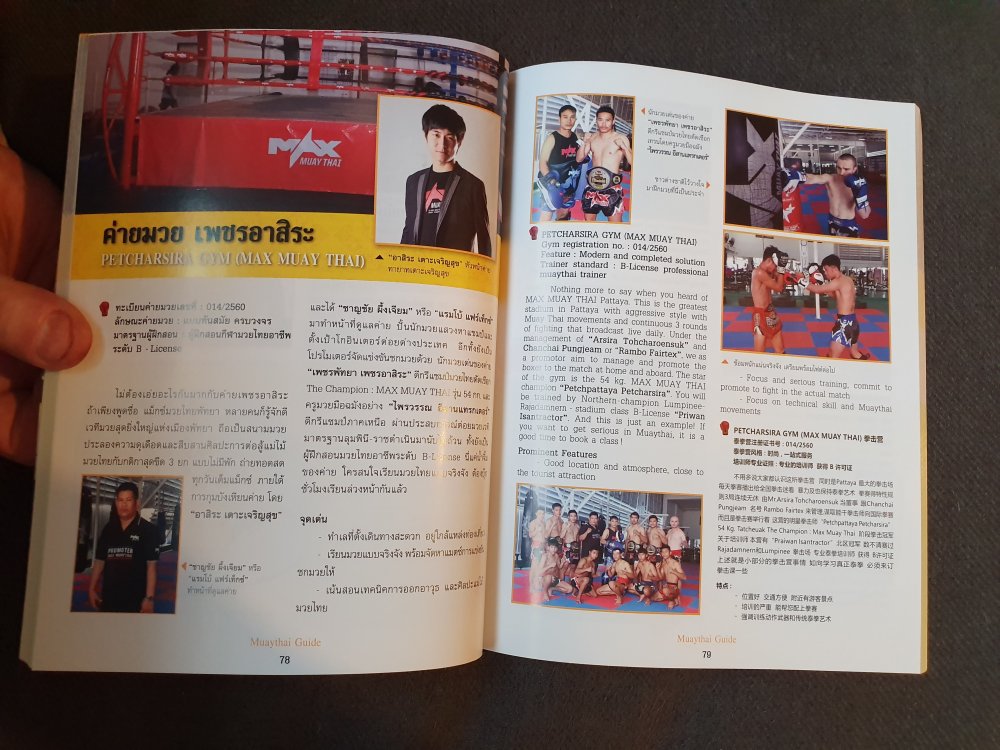


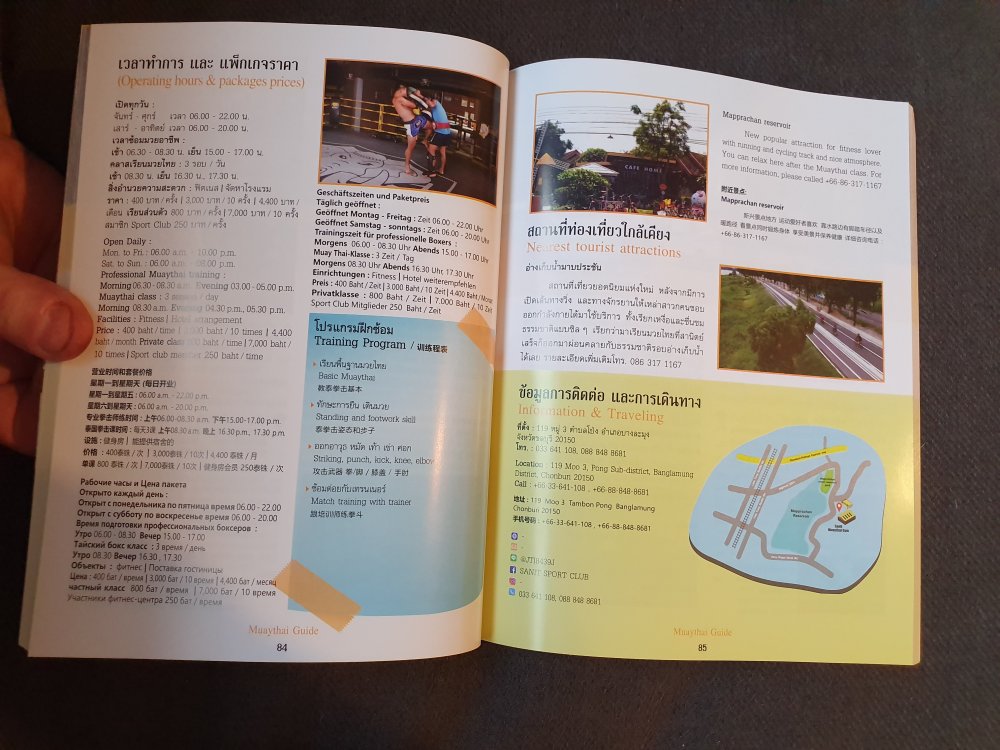
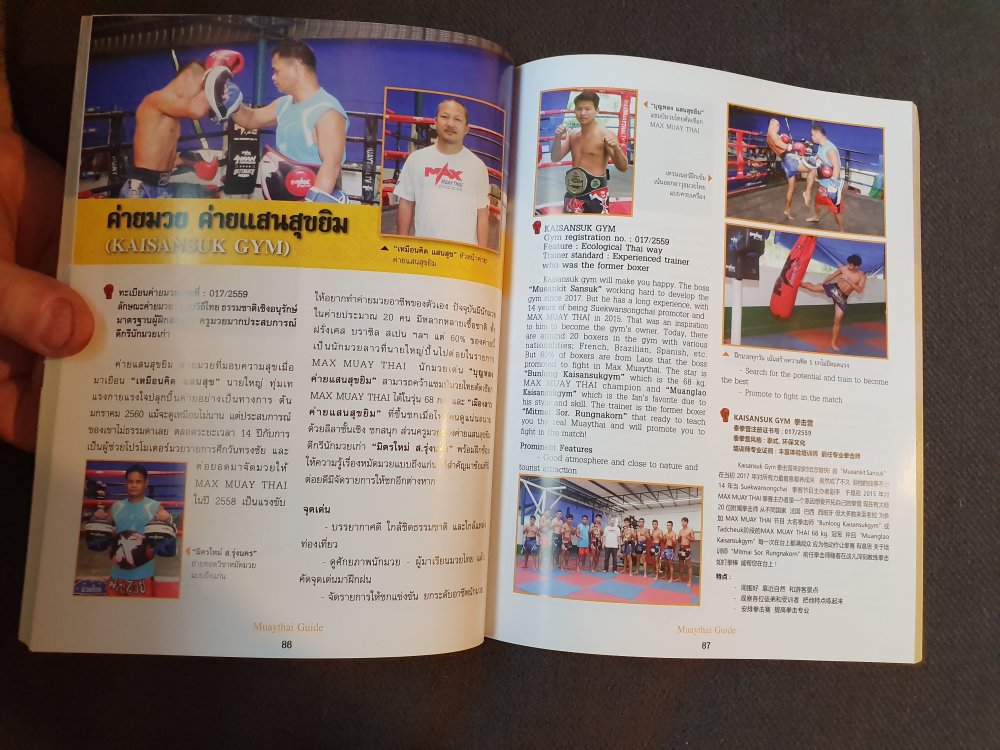
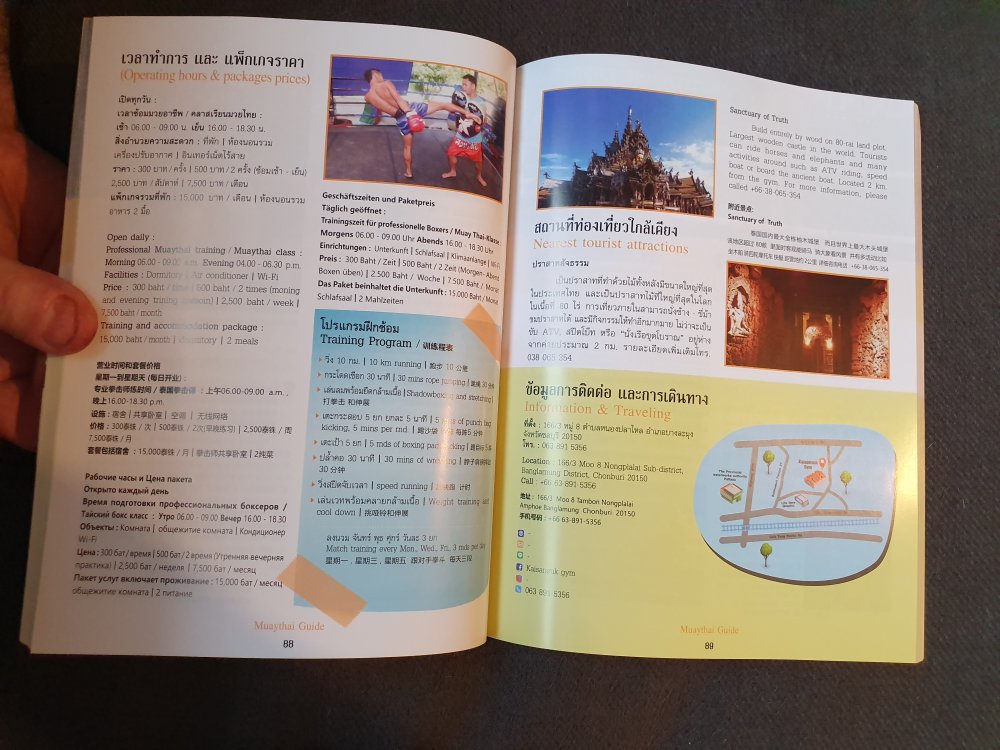
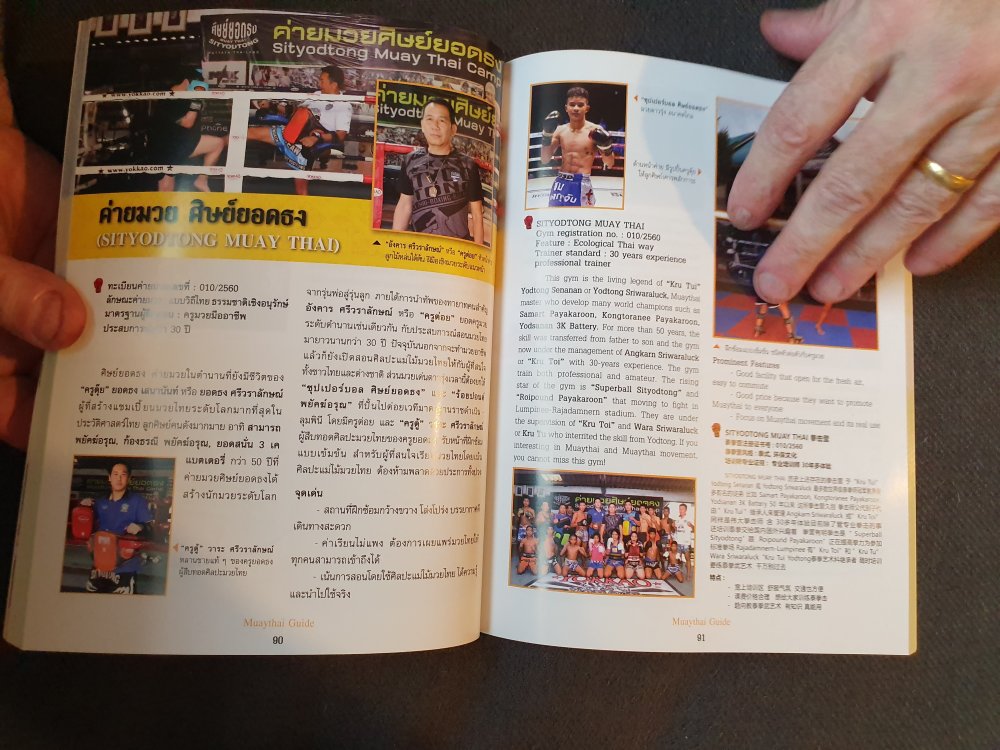
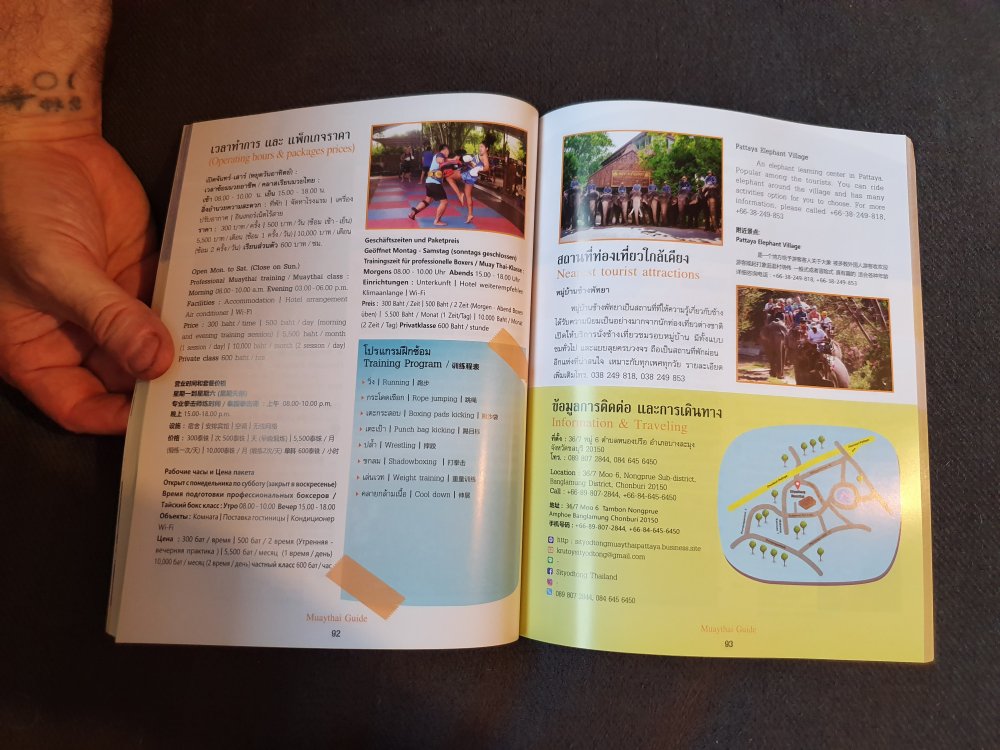
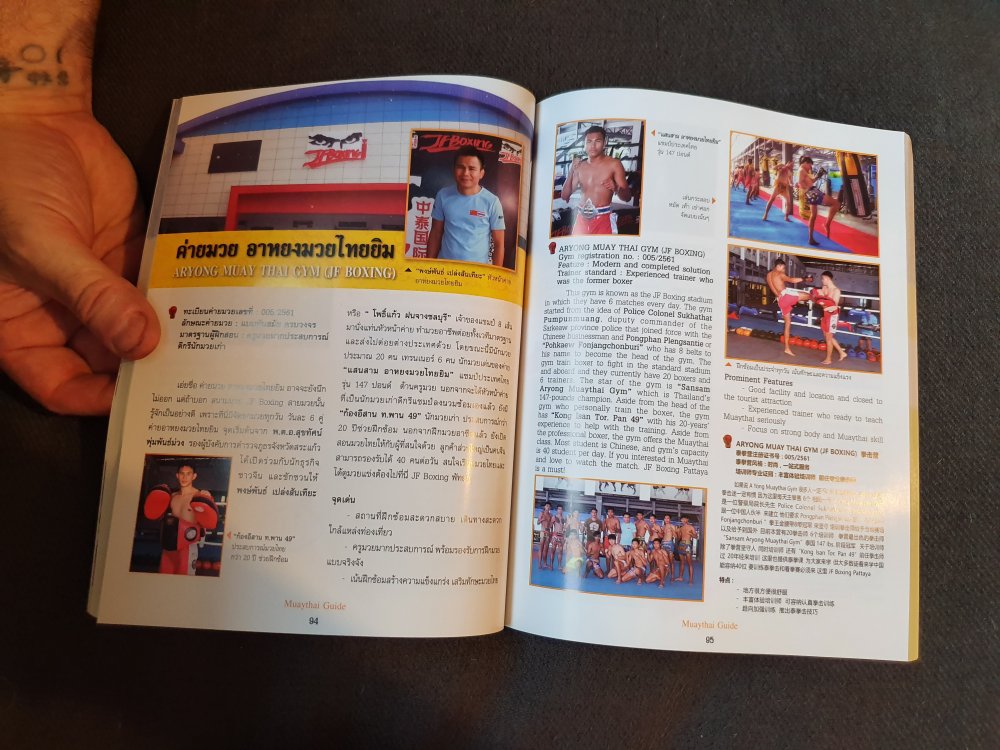
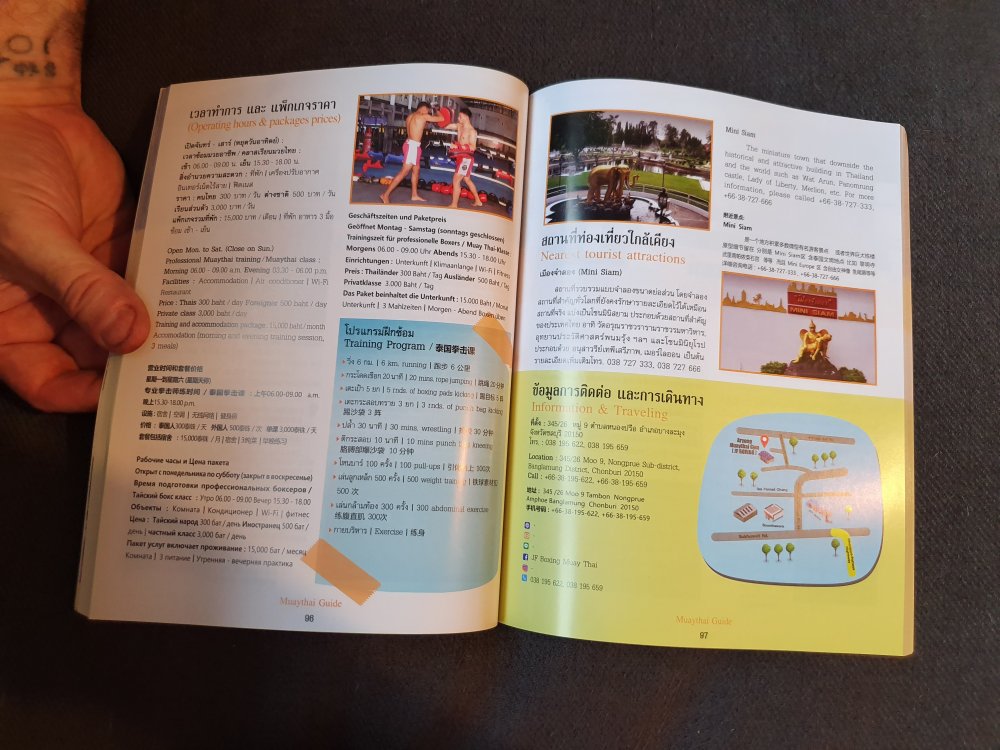
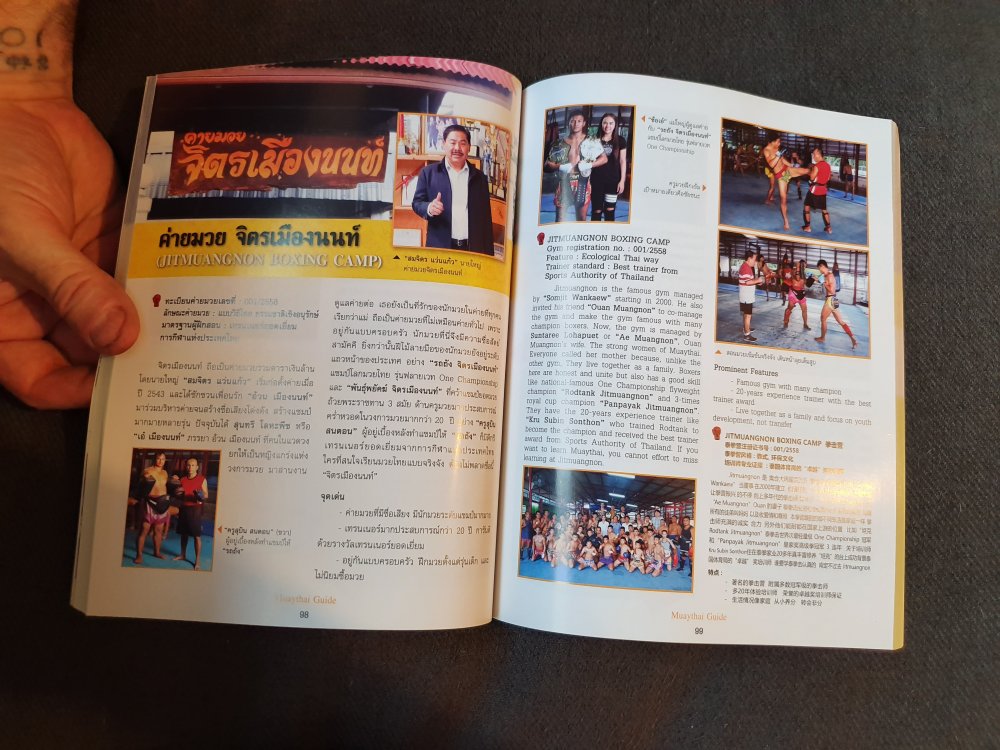
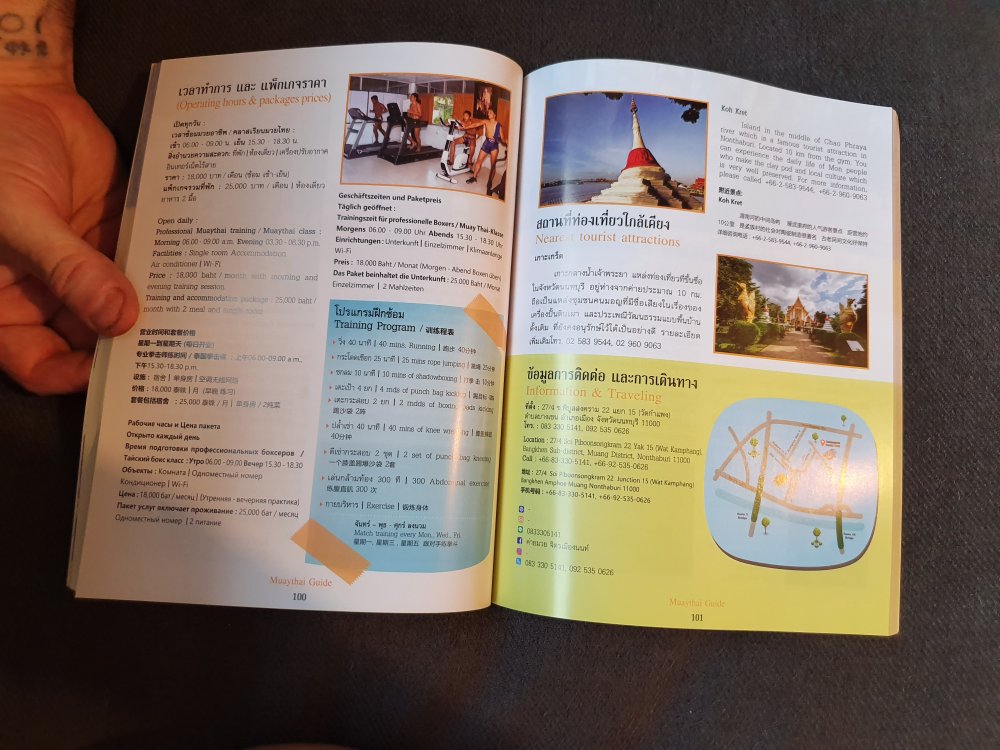
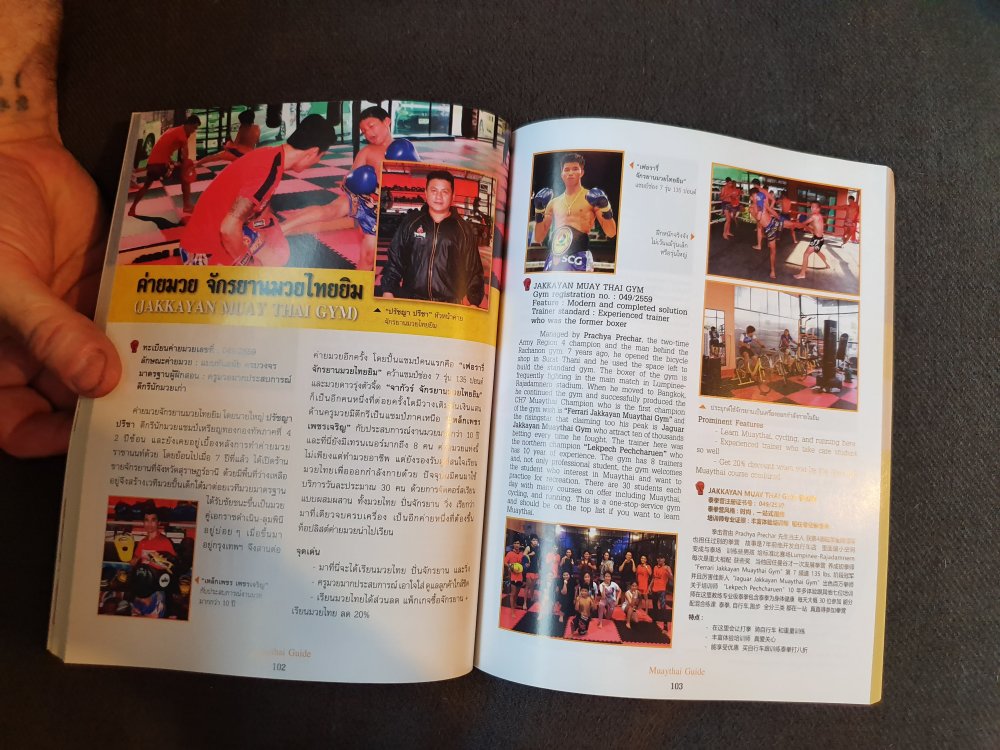
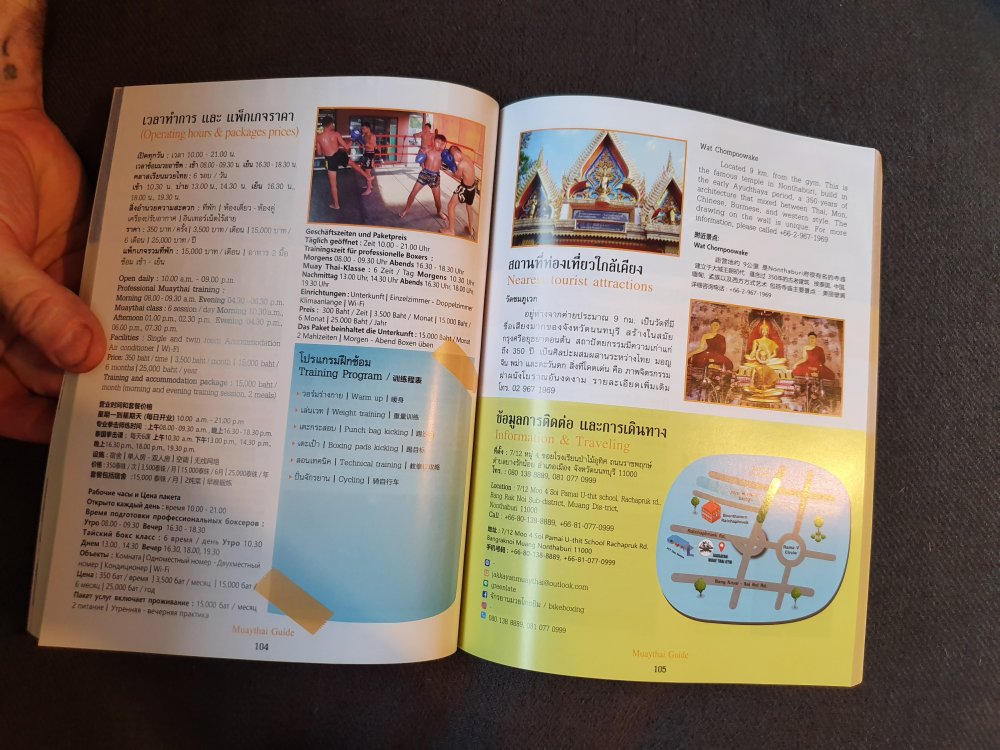
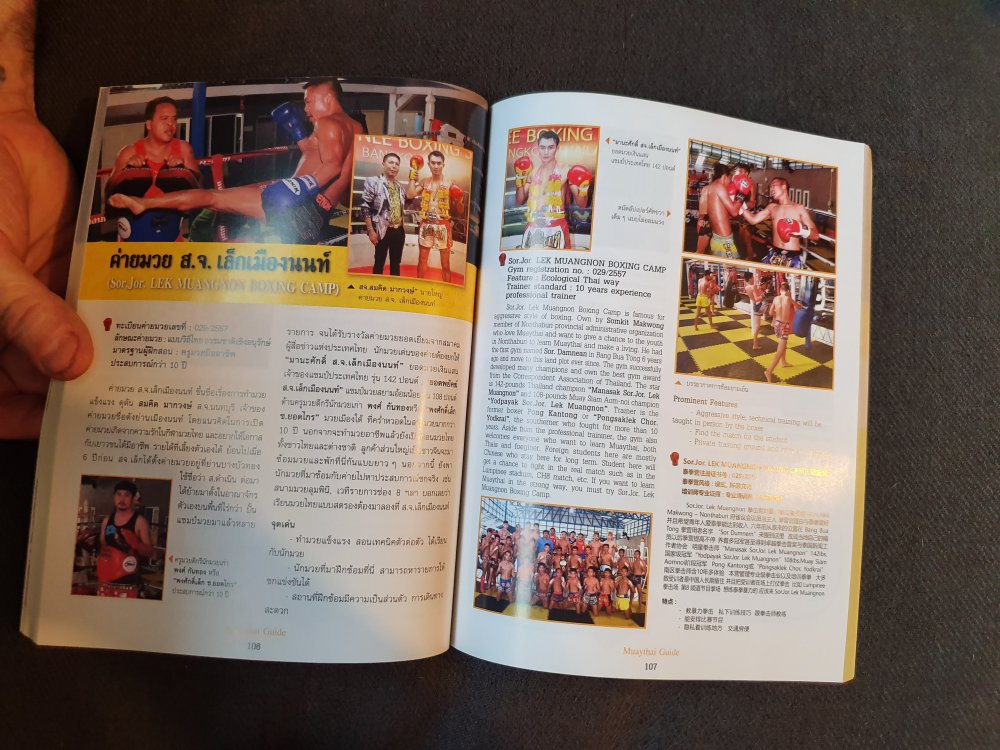
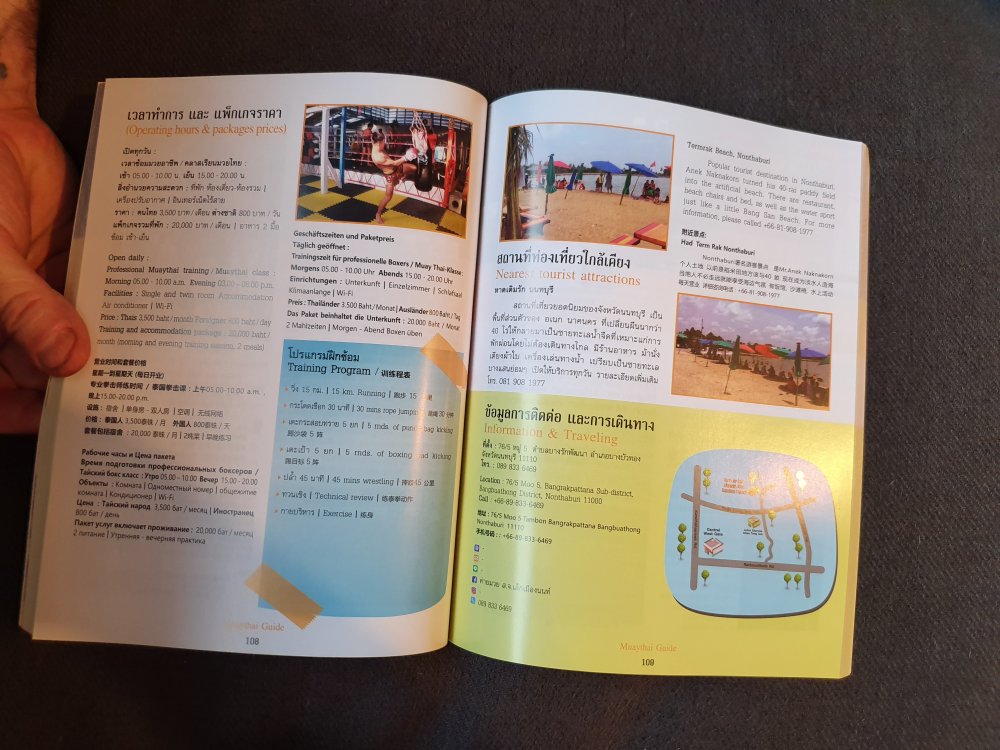
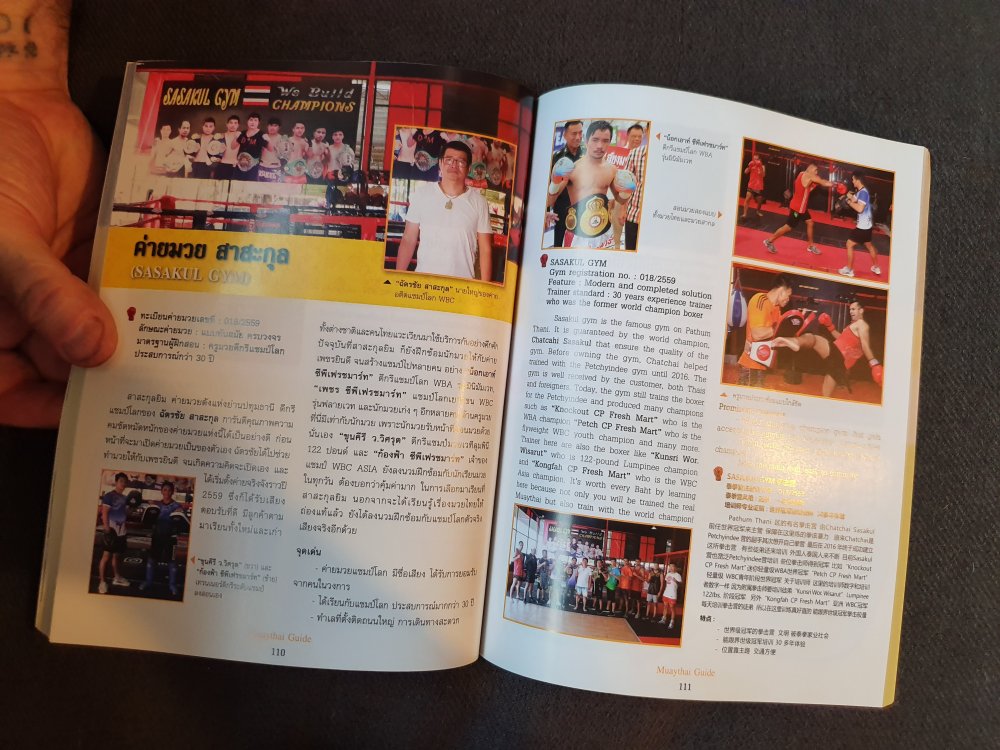
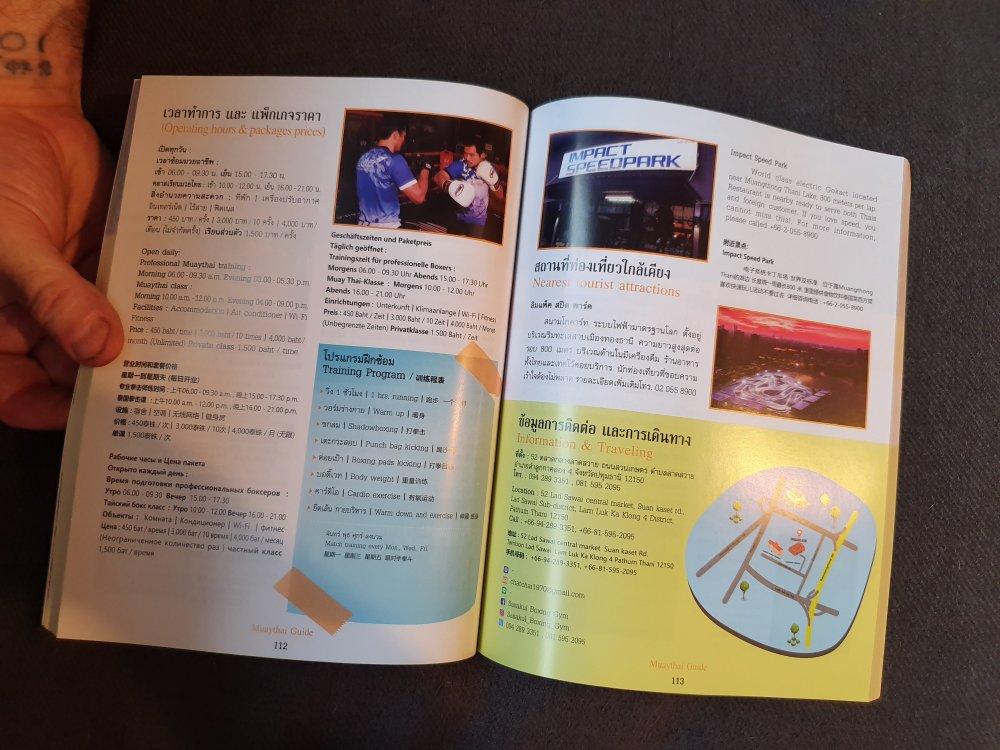
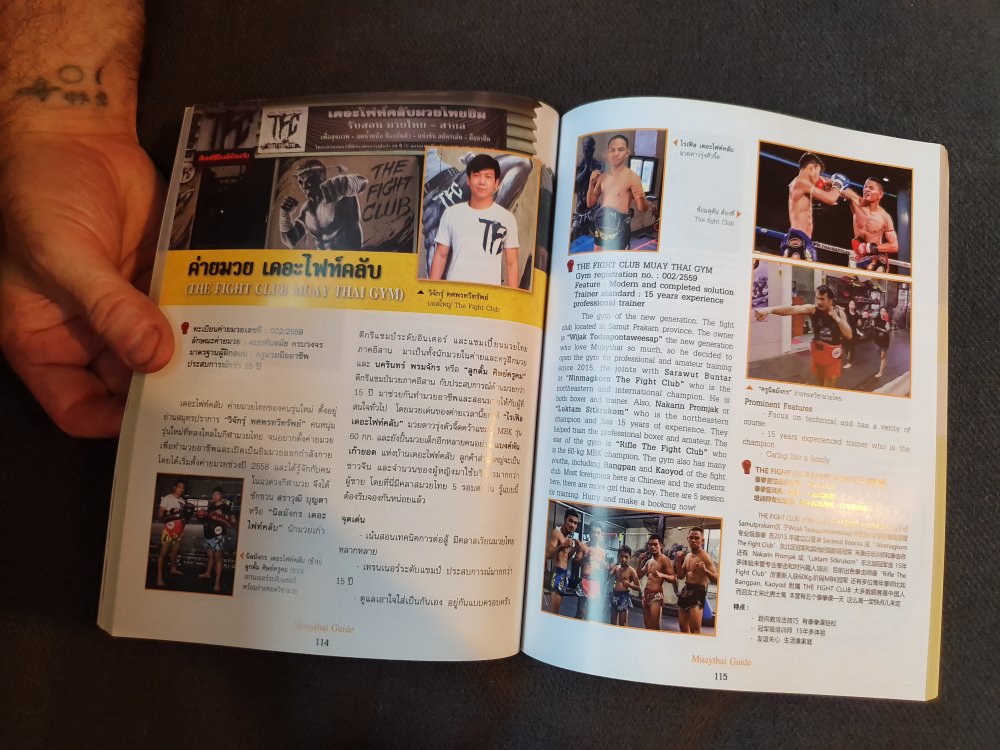
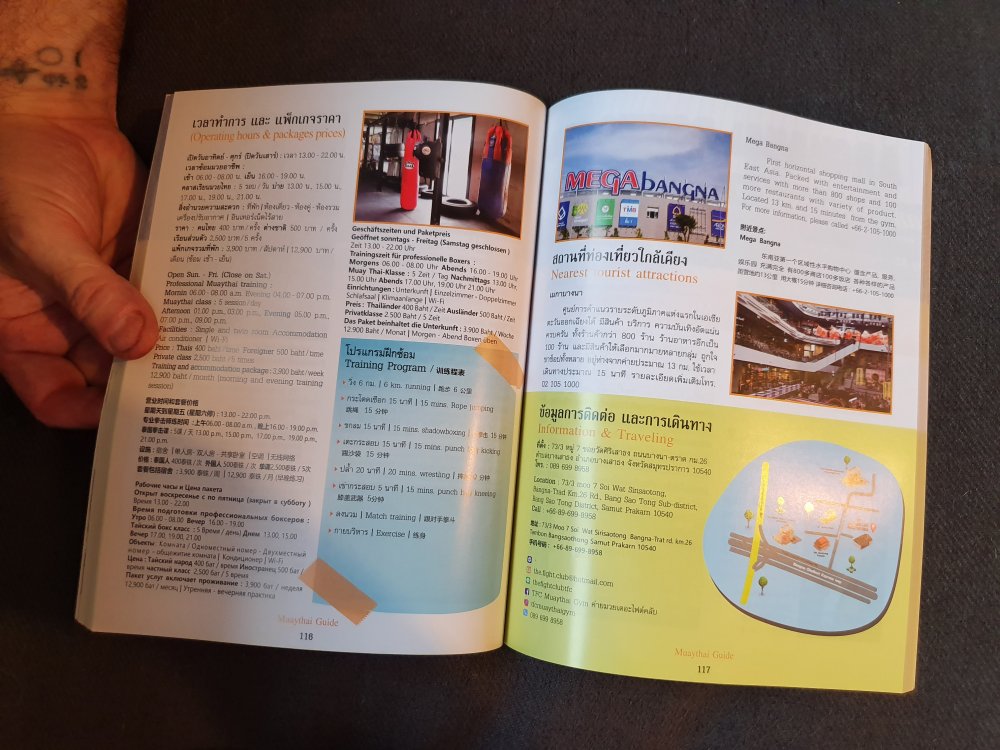
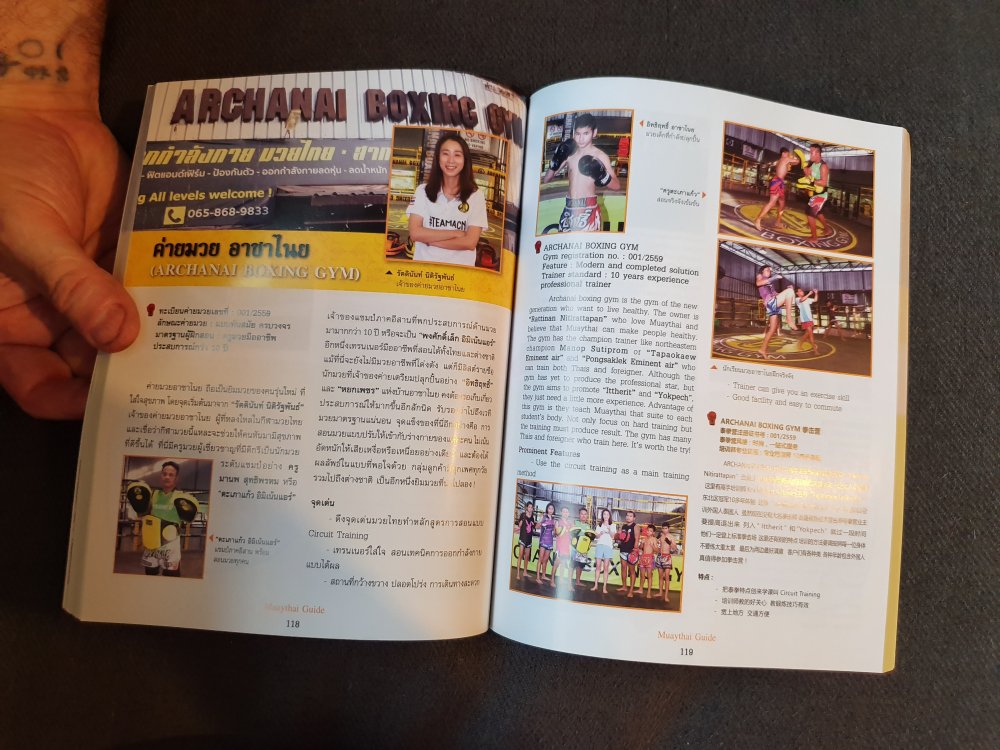

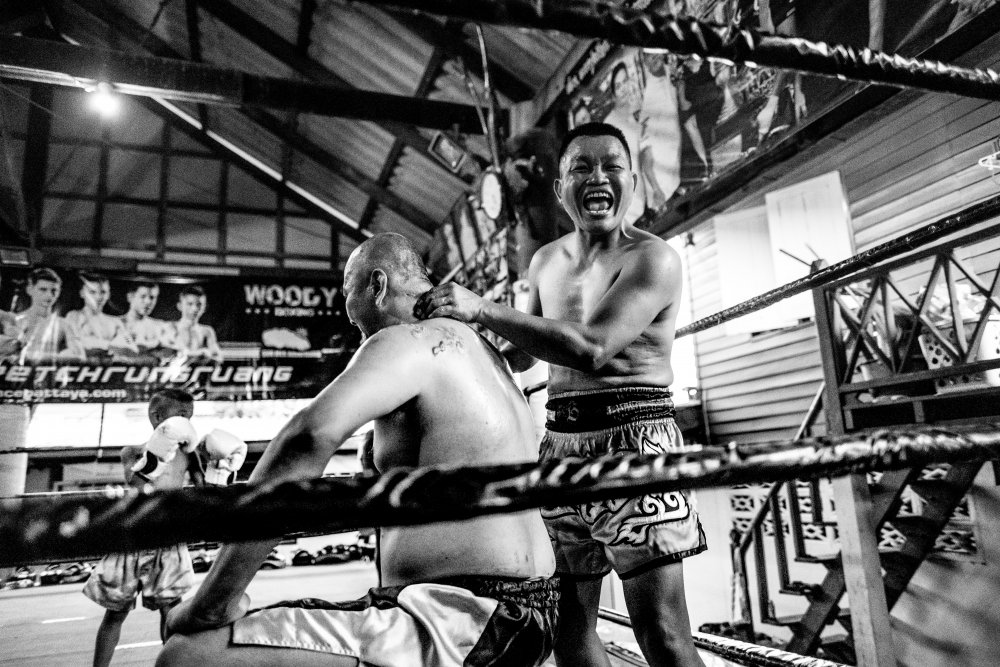
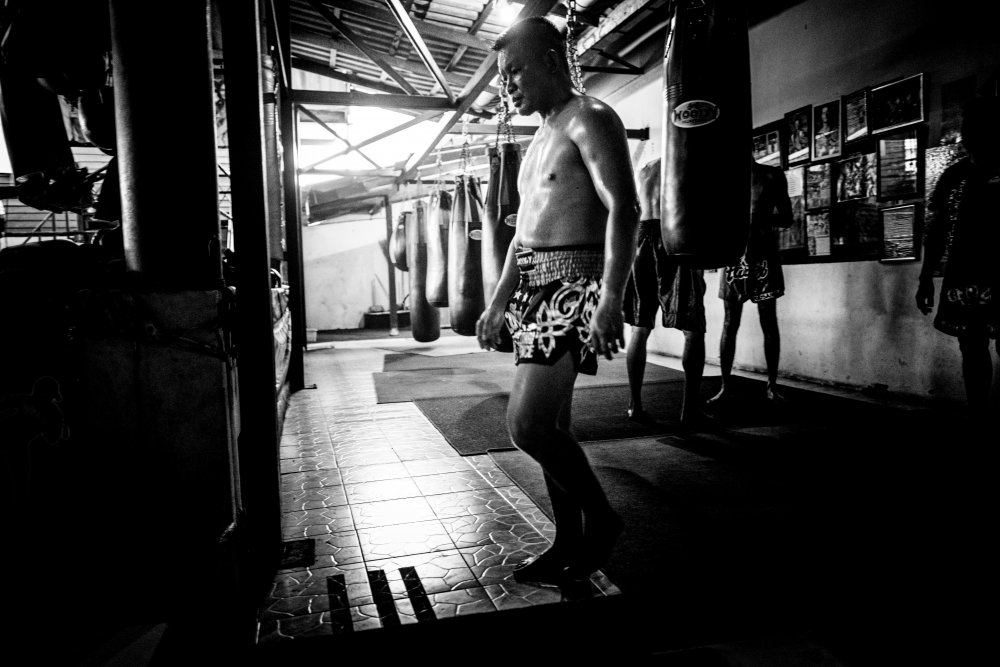
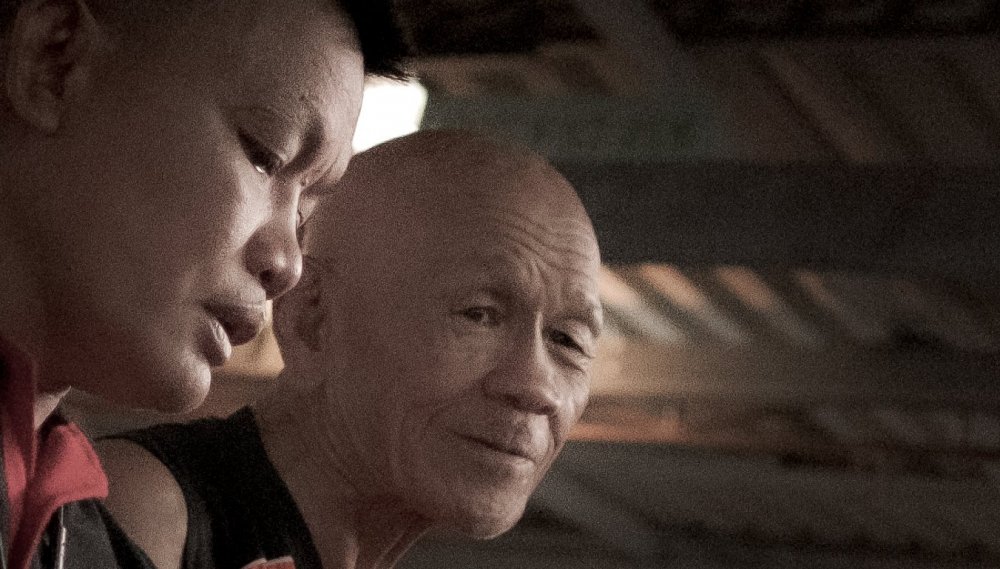
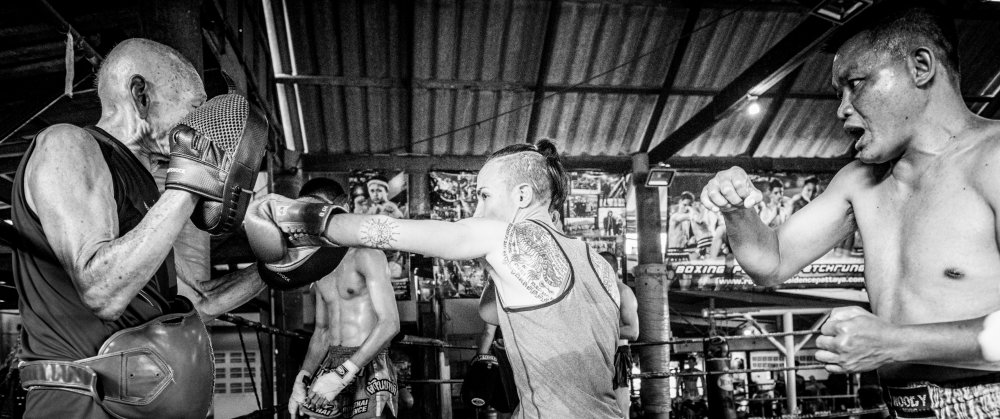
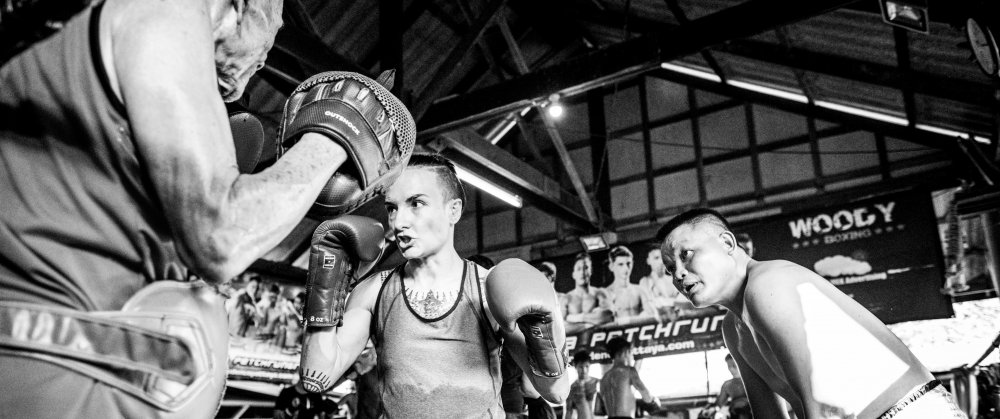
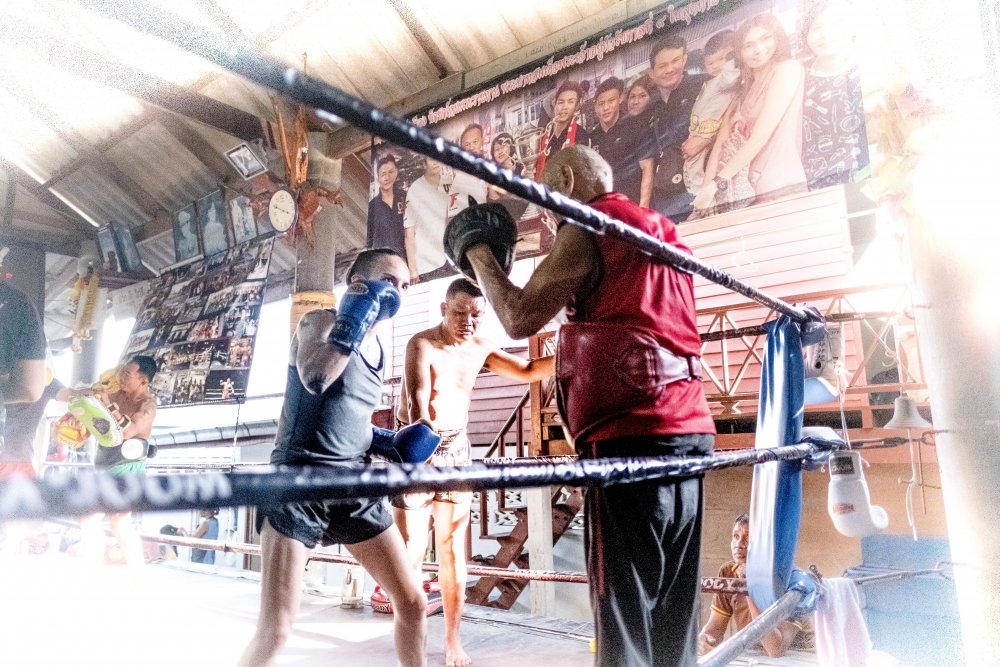
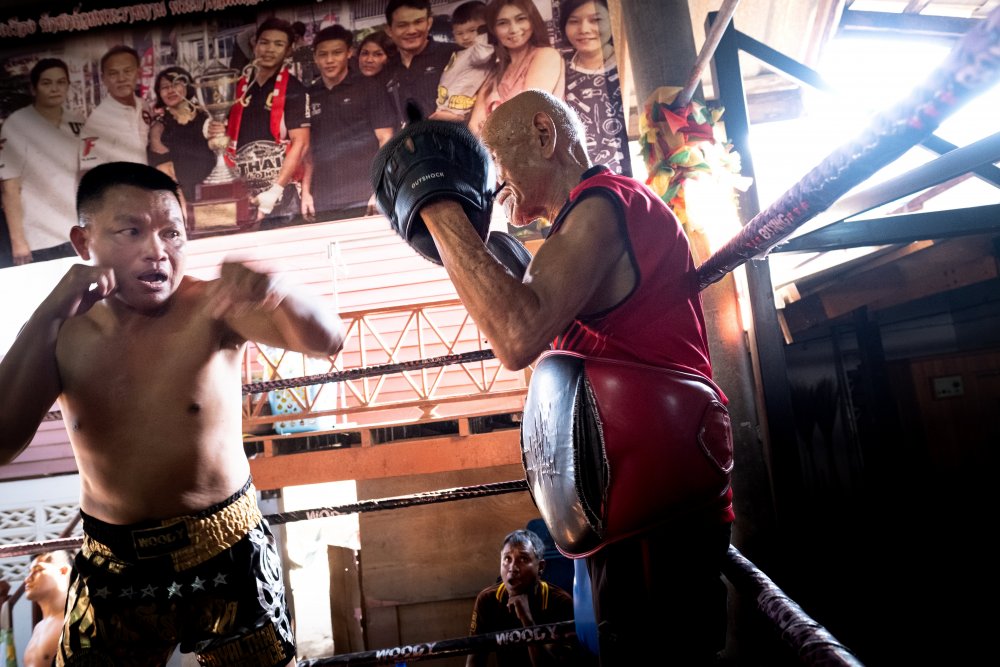
Old Muay Thai Fights I Love - A Running Collection
in Kevin's Corner - Muay Thai, Philosophy & Ethics
Posted
For those who don't know Namphon, a very nice edit of the nature of his Muay: